

CONNECT . MOTIVATE . INSPIRE . 2023 WINTER ISSUE
FEATURING cl
entertainment. fashion. HBCUCulture
Hip Hop Pioneer and HBCU Dad
smooth
PROJECT OVERVIEW:
The Advanced Rehabilitation Research Training (ARRT) Program at the Langston University (historically Black college/university [HBCU]) Rehabilitation Research and Training Center (LU-RRTC) on Research and Capacity Building represents a collaborative effort between the Institute for Community Inclusion at the University of Massachusetts Boston ([ICI] Asian American and Native American Pacific Islander-serving Institution [AANAPISI]), North Carolina Agricultural and Technical State University ([NCA&T] HBCU), South Carolina State University ([SCSU] HBCU), Jackson State University ([JSU] HBCU), and the Kessler Foundation. The Project implements a Peer-to-Peer Multiple Mentor Model to help post-doctoral Fellows navigate institutional context and cross-fertilize their independent research project and research grant proposal through exchanges with a primary mentor and a scientific panel of mentors comprised of content experts, multicultural specialists, methodologists, and statisticians. The ARRT Program works in concert with the LU-RRTC drawing upon the center’s extensive minority-serving institution research capacity building expertise, collaborative networks, resources, and interventions (e.g., methodology and grant writing web-based trainings, communities of practice, strategic planning, sponsored programs office and institutional review board technical assistance and consultation), offers courses, webinars, and implements peer mentoring as an innovative strategy to holistically address the Fellows’ research skill building needs.
INVITATION TO APPLY:
We invite individuals who have earned a doctorate from a minority-serving institution (i.e., HBCU, Hispanic serving institution, Tribal college/university, AANAPIAI) or predominantly White institution (PWI) and current doctoral candidates (must graduate before beginning fellowship) at minority-serving institutions or PWIs interested in employment research to apply to participate in the post-doctoral fellowship. Minority-serving institution based faculty members who have earned doctorates are also eligible to apply (i.e., 80% research supplements through subcontract for such faculty in residence at their employing minority-serving institution are optional). We strongly encourage individuals with disabilities to apply. We are particularly interested in recruiting candidates who have a strong desire to obtain an academic faculty position or research position at a minority-serving institution upon completion of the fellowship program.
PARTICIPATION INCENTIVES:
• Salary and benefits package- Annual salary with full health benefits
• Peer-to-Peer multiple research mentorship opportunity with scientific panel mentors
• Financial research agenda start-up package- i.e., study participant honorariums/fellow research travel
• Peer reviewed publications
• Present research findings at national and/or international rehabilitation related conferences
CONTACT: If you have any questions regarding the Langston University Advanced Rehabilitation Research Training Program (LU-ARRT), please contact Dr. Corey L. Moore, Principal Investigator/Training Director at (405) 530-7531 or email: capacitybuildingrrtc@langston.edu.
Rehabilitation Research and Training Center (LU-RRTC) on Research and Capacity Building for Minority Entities
The MISSION of the Langston University RRTC is to empower minority-serving institutions/minority entities (e.g., historically Black colleges/universities [HBCUs], Hispanic-serving institutions [HSIs], Tribal colleges/universities [TCUs], and Asian American and Native American Pacific Islander-serving Institution (ANNAPISIs]) to improve their disability and rehabilitation research capacity and infrastructure by conducting a programmatic line of research examining experiences and outcomes of persons with disabilities from traditionally underserved racial and ethnic populations and communities and capacity-building efforts.
LU-RRTC TECHNICAL ASSISTANCE
The LU-RRTC serves as a national resource center for minority-serving institutions/minority entities seeking to develop their research infrastructure (RI), and to enhance their capacity to engage in disability and rehabilitation research. To this end, the RRTC initiates dissemination, training and technical assistance (TA) activities to develop strong RIs for the conduct of research, preparation, submission, and management of NIDILRR funded research grant projects. TA services are provided as a part of LU-RRTC interventions for research project participants and to minority entities/minority-serving institutions around the country. The quality, intensity, and duration of TA vary by system and the readiness of TA recipients.
Minority-serving Institution TA Areas- • Faculty Scholar Role & Function Balance Consultation (e.g., teaching/service/research balance) • Sponsored Programs Office Operations Consultation • Research Infrastructure Strategic Planning • Institutional Review Board (IRB) Operation Consultation • NIDILRR Research Proposal Development Mentorship • NIDILRR Research Project Management Consultation • Manuscript for Peer Reviewed Publication Development Mentorship • NIDILRR Request for Comment (RFC) or Request for Proposal (RFP) Interpretation Consultation • NIDILRR Expert Panel Application Development Consultation • Data Management and Analysis Software and Related Technology Support Consultation
State Vocational Rehabilitation Agency (SVRA) TA Areas- • SVRA Policy Consultation to Improve Outcomes for Persons from Traditionally Underserved Communities • SVRA Rehabilitation Practitioner Consultation or Training to Improve Outcomes for Persons from Traditionally Underserved Communities
LU-RRTC PEER-TO-PEER MENTOR RESEARCH TEAM ACADEMY
The LU-RRTC Peer-to-Peer Mentor Research Team Academy represents a collaborative effort between Langston University and the Institute for Community Inclusion (ICI) at the University of Massachusetts Boston (AANAPISI), South Carolina State University (HBCU), Oklahoma Department of Rehabilitation Services, Jackson State University (HBCU), Delaware Nation Vocational Rehabilitation Program, Cherokee Nation Vocational Rehabilitation Program, Kessler Foundation, and Association of University Centers on Disabilities (AUCD).
The Academy mentors Fellows to conduct research that addresses the rehabilitation needs of persons with disabilities from traditionally underserved racial and ethnic backgrounds and communities. Ultimately, the program builds Fellows’ scholarly self-efficacy and research skills by providing them with state-of-the-science knowledge of scientifically valid measurement strategies and methodologies, and direct hands-on experience in the conduct of research and grant proposal development.
CONTACT: If you have any questions regarding the (LU-RRTC), please contact Dr. Corey L. Moore, Principal Investigator at (405) 530-7531 or email: capacitybuildingrrtc@langston.edu.
Post-doctoral Opportunity: Advanced Rehabilitation Research Training (ARRT) Program at the LU-RRTC on Research and Capacity Building for Minority Entities
Power Alum

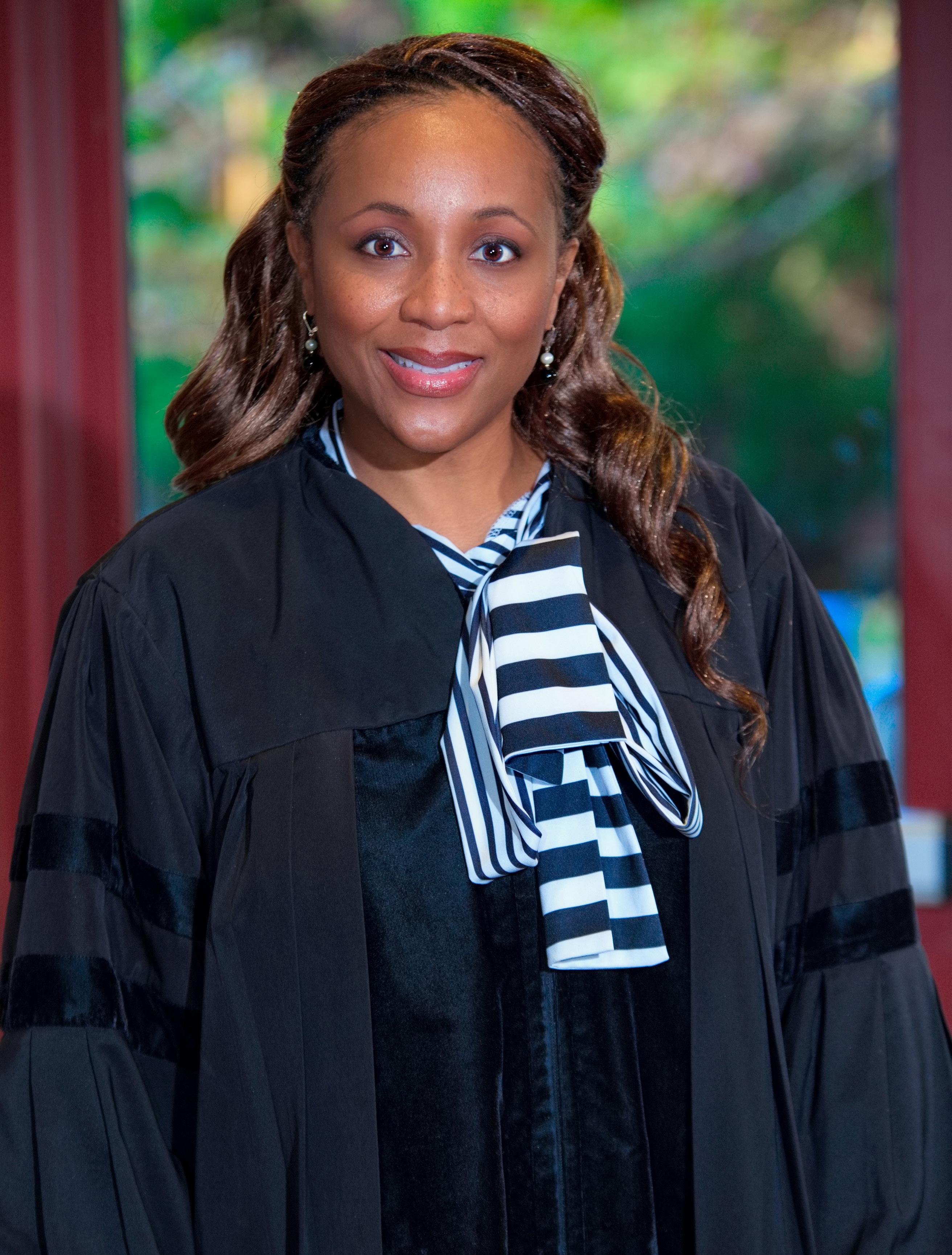
Subscribe to the HBCU Times Magazine at www.hbcutimes.com
The Honorable Judge Tangela M. Barrie Chief Judge for Dekalb County Superior Court
editor’s Message
Chilly weather, smiling faces and positive energy…This season is a special one, as the new year brings new beginnings. Loved ones are gathering; visionaries are pursuing exciting opportunities; and the world, as a whole, is connecting like never before. The time to be joyous is here, and this winter issue of HBCU Times is sure to get you in a cheerful and celebratory mood!
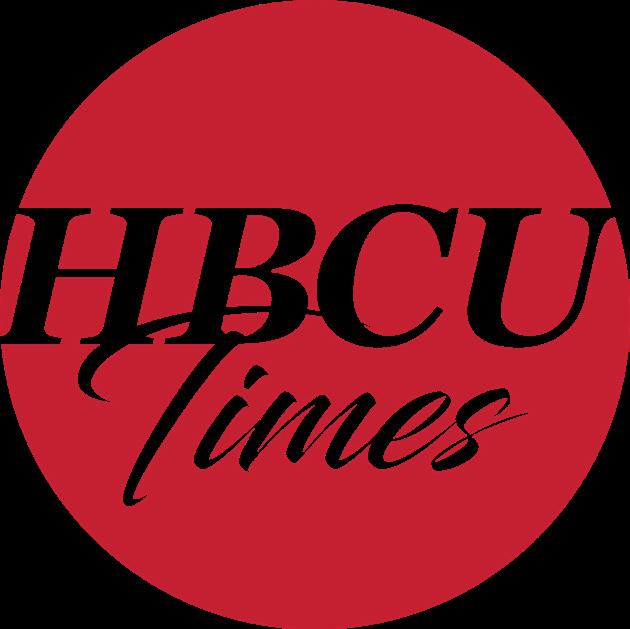
Have you heard the good news? The Thurgood Marshall College Fund received a charitable donation of $6.3 million during the closing fundraising gala for their first Leadership Institute since 2019! We’ve got the scoop on major highlights of the week-long program for HBCU students, including personal branding and leadership workshops. Read this article and learn all about the starstudded event.
From large gifts to presidential recognition, this issue shares the stories behind two awardees of President Biden’s Medals of Freedom, which honors those who’ve made major contributions to society. First, is accomplished attorney and one of the first Black members of the Alabama State legislature since

4 | HBCU TIMES WINTER ISSUE 2023 CONNECT . MOTIVATE . INSPIRE .
WELCOME TO THE
winter issue 2023
Reconstruction, Fred Gray. At just 16 years old, Gray enrolled at the Alabama State College for Negroes, now known as Alabama State University. Gray was instrumental in several civil rights cases, including Browder v. Gayle, which prohibited segregation on Montgomery’s city buses. Joining Gray as an honoree is civil rights activist, Diane J Nash. Originally from Chicago, Nash became aware of overt racism while attending Fisk University in Nashville, Tennessee; there she adopted nonviolence, both as a tactic against racism and as a way of life. Her efforts contributed to the city becoming one of the first in the South to desegregate its lunch counters, as well as led to the Voting Rights Act of 1965. Be sure to check out the stories behind these two incredible changemakers.
Continuing on with greatness displayed by HBCU graduates, we have an article on yet another Alabama State alum, Dr. Ernest McNealey, the 30th president of Allen University. Since initially taking on the role as interim president in 2016 to address federal financial aid and accreditation challenges, Dr. McNealey has been committed to the advancement of Allen University. The article lists a few of his accomplishments,
including advancements in technology and improvements in federal financial responsibility index. Check out the article to learn how Dr. McNealey’s own HBCU experience has given him the tools to bring the university great success. Now, does the name Rolonda Watts ring a bell? The notable film actor; talk show host; award-winning journalist; and most importantly, Spelman College alum is opening up about her journey from HBCU to Hollywood. Watts discusses the challenges and advantages of growing up with parents who were educators and integrationists in North Carolina. She emphasizes the prominent faculty who helped solidify her path and taught valuable life lessons, while also giving us some behind-the-scenes info on her long-standing friendship with Spike Lee.
Of course, this would not be HBCU Times without a heavy-hitting cover feature; and this time, we’re showing double the amount of love. From music to fashion, these two icons have made their mark on Black American history and are continuing to elevate the presence and talent of the Black community. First, we’re honoring a true rap legend, CL Smooth; and he’s sharing the secrets behind his classic hits. CL reflects on
his first college performance at Howard University, as he elaborates on the connections between HBCUs and hiphop, both demonstrating the communal strength of Black culture. He discusses how hip-hop is making its mark in academia as universities are now offering courses surrounding hip-hop, and rap legends are even serving as instructors. Dive into this feature and learn more about how CL Smooth is advocating for HBCUs and increasing the visibility of Black excellence.
From South Carolina State University to fashion and media mogul, Etu Evans shares his life story, which is one current HBCU students are dreaming of now. Before designing shoes for top celebrities, such as Steve Harvey and Beyonce, Evans began exercising his creative muscle designing floral arrangements at a department store. The article references his 2020 Ted Talk where Evans speaks about the history of the first show ever made and how creating shoes can serve as a unique method to teach STEM courses. You’re in for a treat as Evans explains connections between human behavior and fashion, as well as the interesting lessons his HBCU instilled in him.
CONNECT . MOTIVATE . INSPIRE . 5 | HBCU TIMES WINTER ISSUE 2023

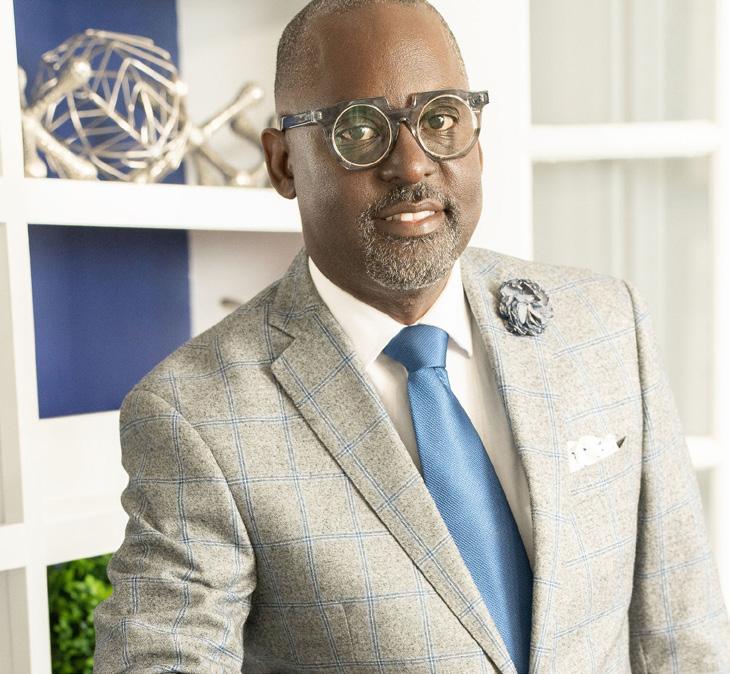
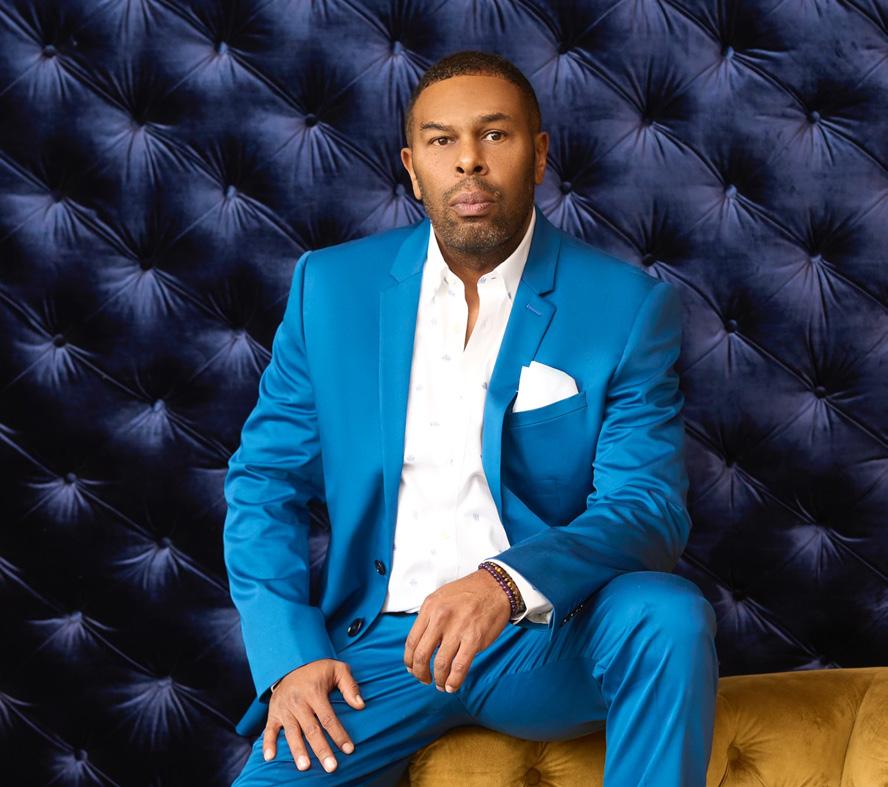

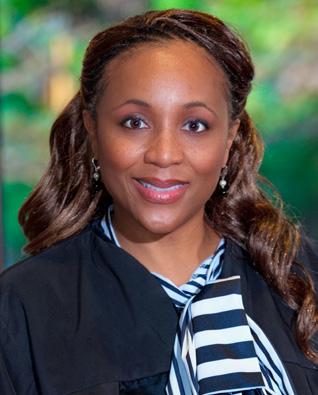
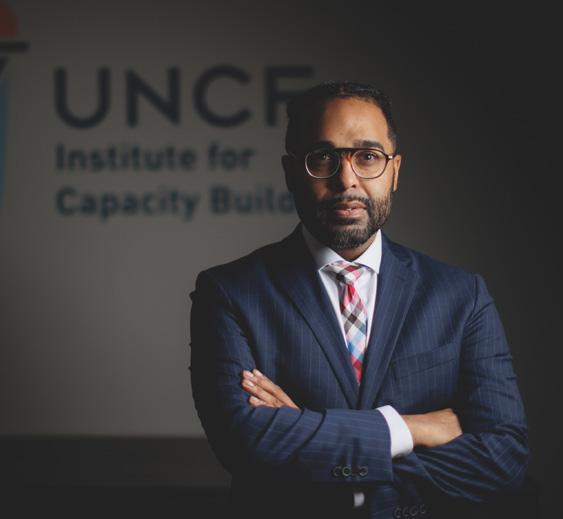
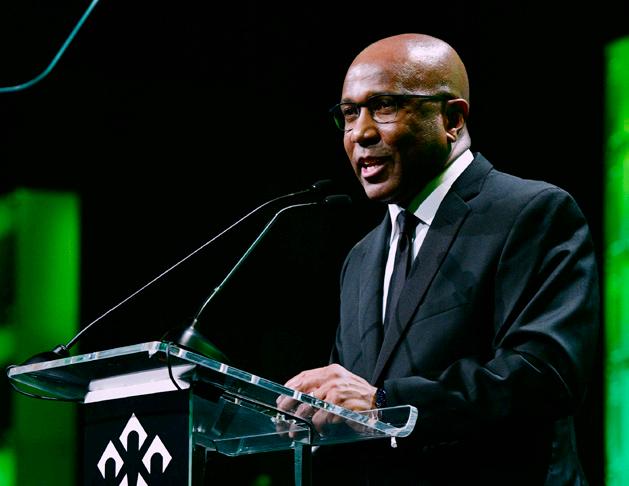
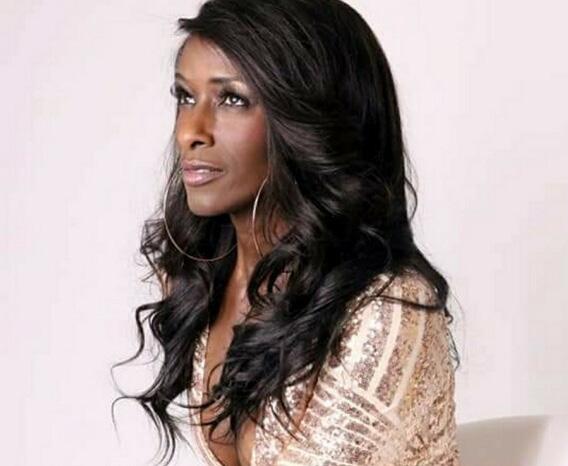
CONNECT . MOTIVATE . INSPIRE . 7 | HBCU TIMES WINTER ISSUE 2023 What’s inside WWW.HBCUTIMES.COM Ayesha Rascoe: Media Titan 10 HBCU Alums Fred Gray and Diane J. Nash Among Presidential Medal Awardees 14 ALLEN UNIVERSITY: The McNealey Era of Excellence Enhance Your Reading Experience with our 38 Rolonda Watts: Transcendent Icon Ashleigh Brown-Grier: A Passion for Diversifying Study Abroad The Impact Of HBCUS: Dr. Tanya Brice’s Path To Success 40 46 48 HBCU RecruitmentInternshipEffort H.I.R.E. 24 From Broadway To The Big Screen: Tryphena Wade 34 28 26 CL SMOOTH HIP HOP PIONEER AND HBCU DAD ETU EVANS FASHION AND MEDIA MOGUL connect moments 32 TANGELA M. BARRIE DUB C. TAYLOR 50 22 UNCF FEATURE: THE FUTURE OF BLACK HIGHER EDUCATION REINVENTED Power Alumni Features SHANNON McClattie: NEVER TOO LATE 42 Thurgood Marshall College Fund 35th Anniversary Awards and Fundraising Gala Raised 6.3 Million Dollars
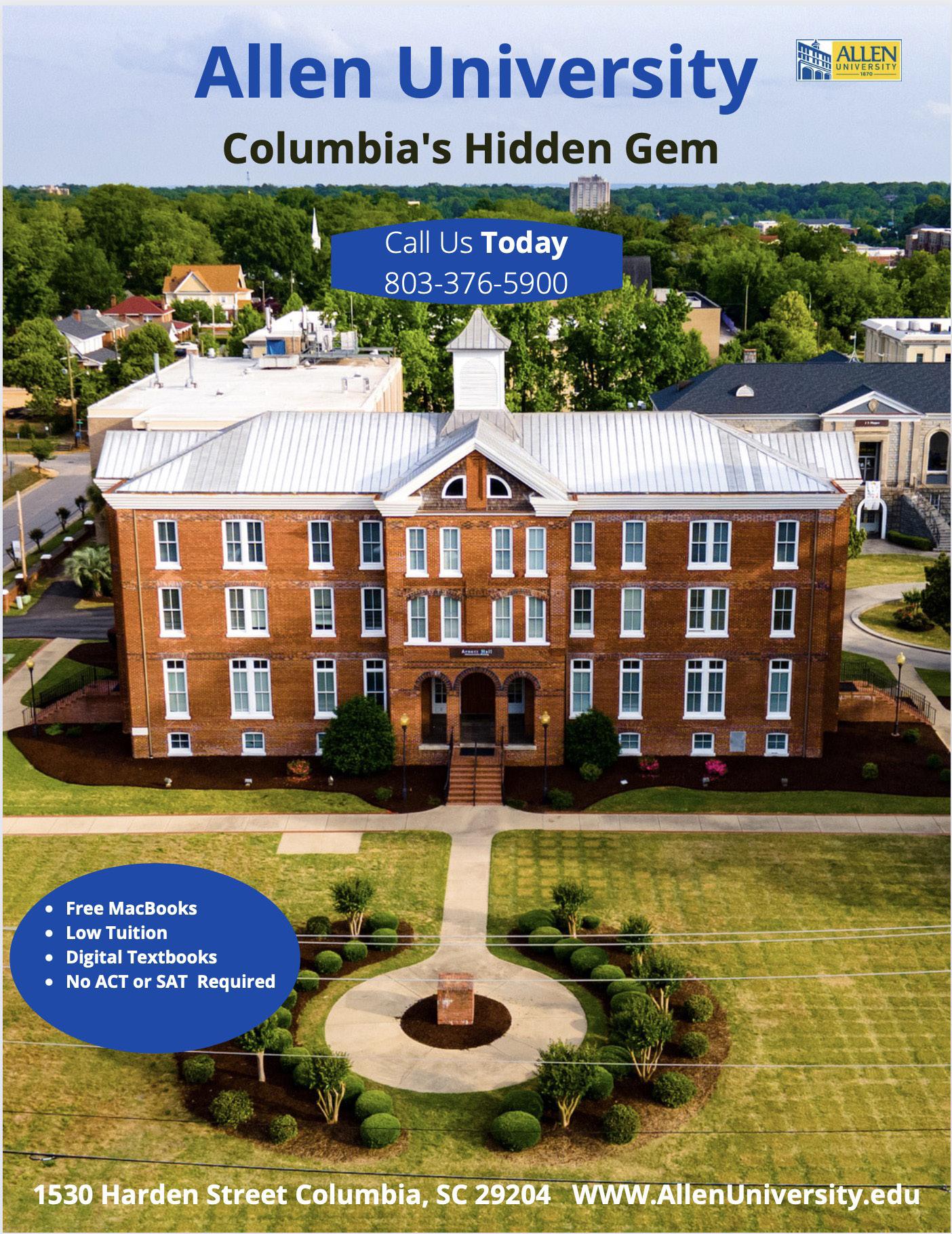

Ericka Blount Danois
Princess Gadson
Keith Harriston Dr. Crystal deGregory Rob Knox Dr. Lawrence Flowers Edward Smith-Lewis Dr. Marybeth Gasman Dr. Macie Smith
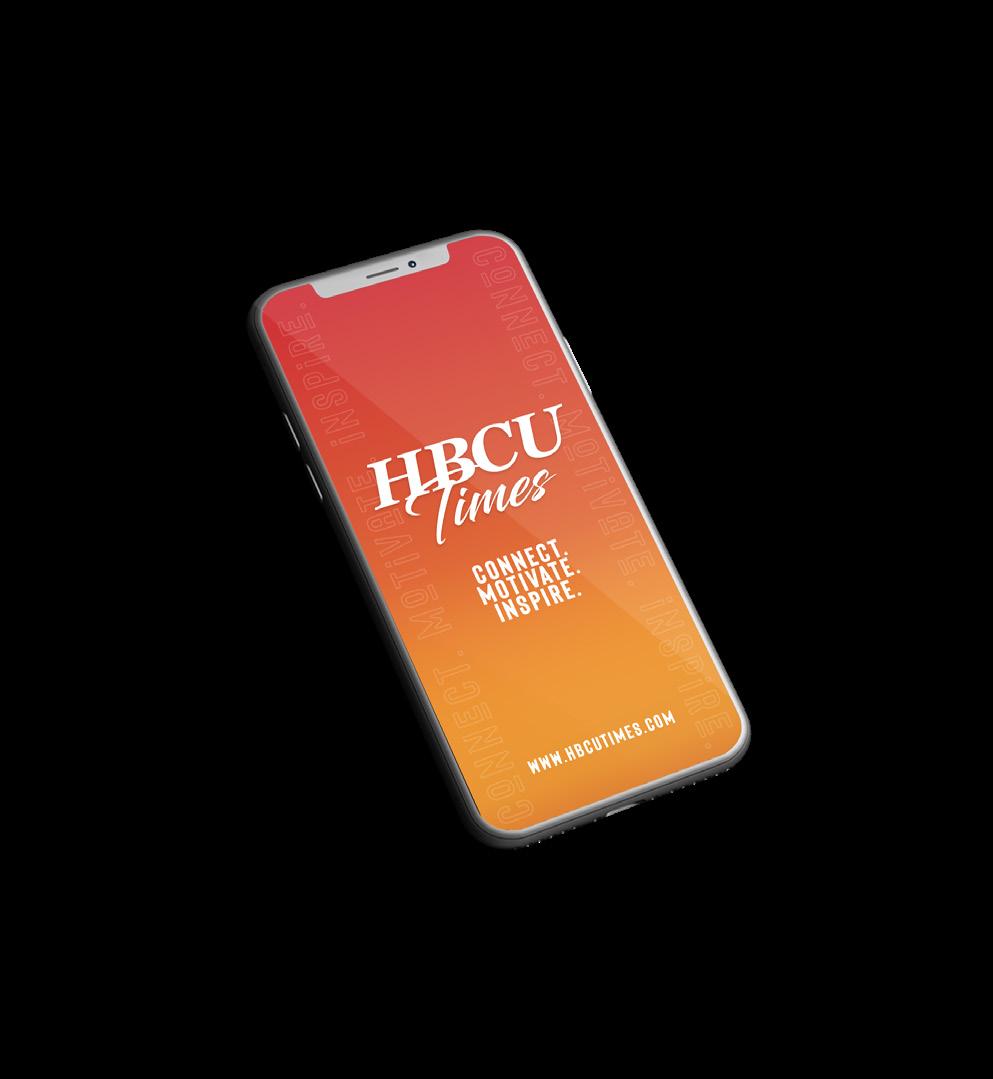
The Honorable Judge Tangela M. Barrie Dub C. Taylor Etu
Dr. Carlton Watson Dr. Corey Phillips Dr. Bridget Hollis Staten Dr. Antoinette Hollis Roderick Rogers
Paula Lyles Esthervina Rogers

CONNECT . MOTIVATE . INSPIRE . 9 | credits
PHOTOGRAPHERS connect with us INSPIRED BY: ETHEL STATEN AND JORDAN STATEN
CONSULTANTS Editor and Co-CEO Co-CEO Layout and Design Editor Associate Editors Advertising Manager Publisher Logo Design Models
CONTRIBUTING WRITERS
CREATIVE
Dr. David Staten Dr. Bridget Hollis Staten Mia Salley Amori Washington Dr. Regina Bush
www.hbcutimes.com hbcutimes_ HBCU_Times HBCU Times Dr. David Staten Post and Courier Mia Salley C.L. Smooth Kara McCullough
Octavia Robinson LaToya Ransom
Cover-Yolanda
photos were
Evans
Rouse C.L. Smooth Cover-Marcus Owens Allen University Jim Halling Mike Morgan NPR Terrell Maxwell Photography White House All other
provided by the author.
Ayesha RAscoe MEDIA TITAN
BY KEITH HARRISTON
Sometimes, people in successful careers knew their calling early in life. That is the case for Ayesha Rascoe, the Howard University alumna who since spring 2022 has been the host of “Weekend Edition Sunday,” a National Public Radio (NPR) weekly news program that is broadcast on almost 800 public radio stations in the United States.

She’s read voraciously for as long as she can remember. History was her favorite subject in her early school years in Durham, North Carolina. As a pre-teen and early teen, she subscribed and read cover-to-cover hip-hop magazines such as Vibe and Blaze.
“I also would read the newspaper. We got the Durham Herald Sun,” Rascoe said. “My mother would get it for the coupons, but I was the one who would actually read the paper. I would read some of the political columns and things like that. Then when I was, I think in middle school, I took an aptitude test, and it said that I would be good at being a journalist. The light bulb just went off in my head, and I was just like, ‘That makes sense. I do like that. That seems like that would be a cool job.’ From then on, I just said I wanted to be a journalist.”
“And the rest,” she said, “is history.”
What a history it is for Rascoe, who turned 37 this year. She interned at the Herald Sun as a teenager. At Howard, by her senior year, she was editor-inchief of The Hilltop, the acclaimed student newspaper. About a year after graduation, she was covering energy for Reuters, one of the world’s largest news agencies. She moved from the energy beat to the White House at Reuters, covering the Obama administration. Rascoe joined NPR in 2017, where she covered the Trump White House and the first two years of the Biden administration. She began her current NPR assignment in March 2022.
Though she had an early start building a foundation that has led to her becoming one of the highest-profile journalists in the United States, her time at Howard University, in her words, “was formative.”
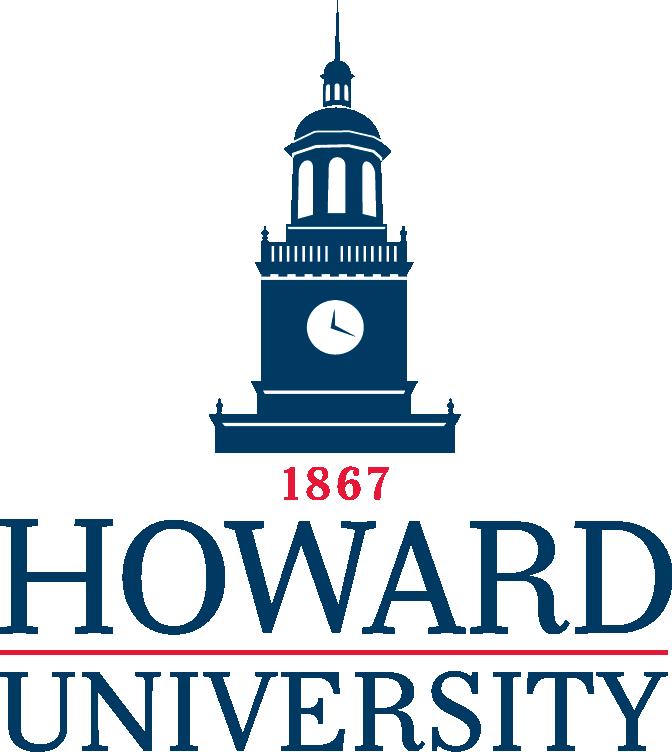
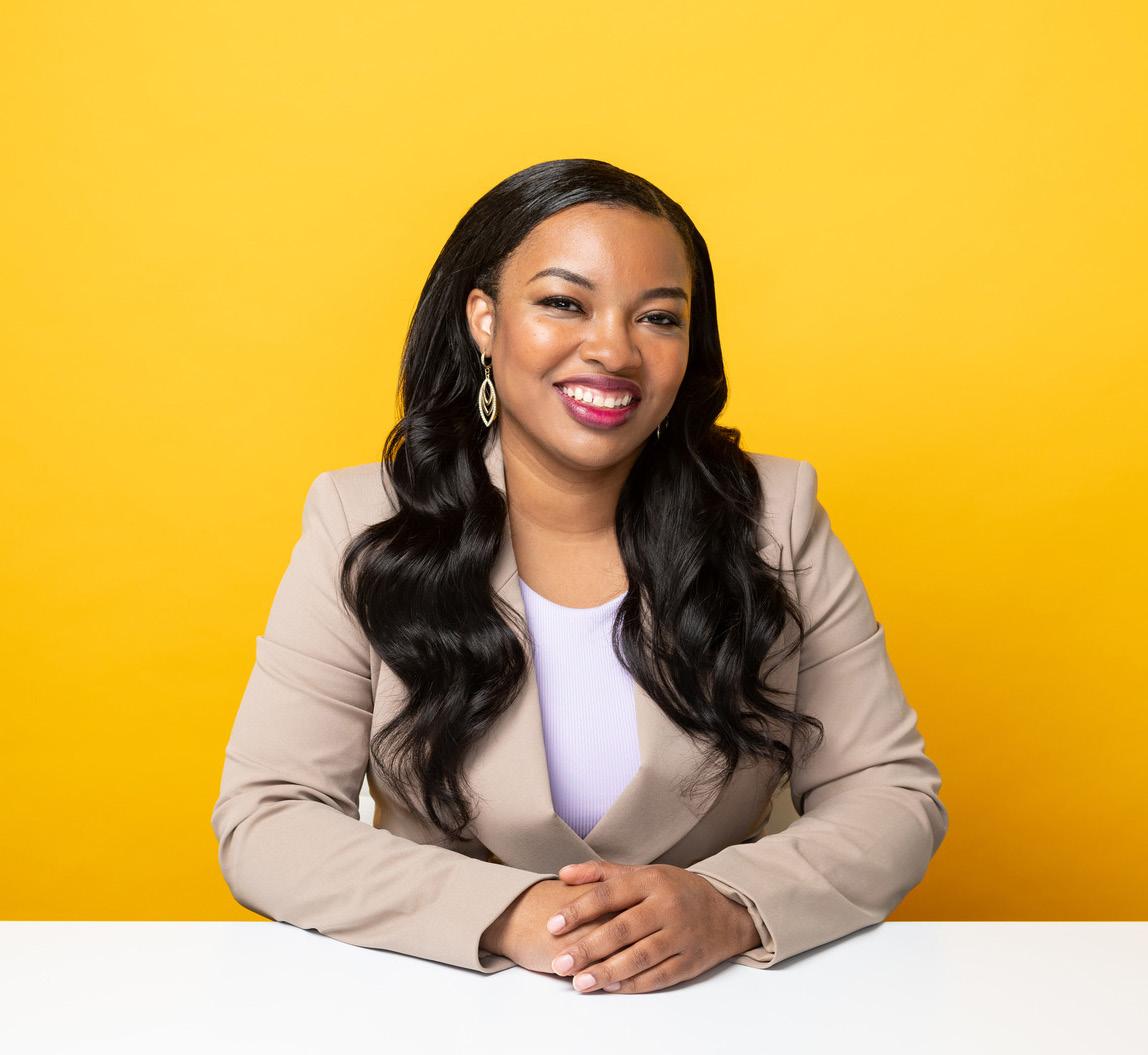
When she started considering colleges, there was going to be at least one
HBCU on her list. Her mother, aunts and uncles had attended Winston Salem State University in North Carolina. But like so many 18-year-olds looking at colleges, Rascoe said moving away from her home state was a priority. Three colleges made her final list: Howard, the University of North Carolina at Chapel Hill and Ithaca College in New York state.
“I really wanted to get away from Durham,” Rascoe said. “I wanted to go out on my own a little bit, and I knew I wanted to do journalism. UNC Chapel Hill was just so close to home. Ithaca… I’m not really sure why I applied there. Then there was Howard.”
“It was really between UNC Chapel Hill and Howard, but my heart was really set on Howard. It was an HBCU, it was in D.C., it was in a big city, it was far away from home,” she said. “And I had watched ‘A Different World’ and all of that. We went up there to visit, it was
this rainy day, but I went out on the yard; and it wasn’t just the city that won me over. My mother was a little turned off by the city. But when I was on the yard, and I saw some Deltas strolling, and I saw the students, and I just remember it looked amazing to me. It was just where I wanted to be.”
Rascoe entered Howard in fall 2003 as a print journalism major. She started contributing as a writer to The Hilltop in her first year. By her second year, she first reported for the Campus section and then became Campus editor. “By my senior year, I was editor-in-chief,” Rascoe said. “At that time, in junior and senior years, we were like the serious daily Black newspaper in the country. It was an incredible undertaking. It lasted for my junior and senior years. A lot of my time was spent in The Hilltop office. That was my life. I didn’t pledge a sorority or anything like that, but I was at The Hilltop. That’s what I did. That was my thing.”
Rascoe points to two faculty members in particular for being instrumental in her development: Yanick Rice Lamb and Phillip Dixon.
Lamb was the faculty adviser for The Hilltop during Rascoe’s time as a top editor for the publication. “She was our guiding light, she was a mentor,”
11 | HBCU TIMES WINTER ISSUE 2023
Rascoe said. “She was someone whom we would go to when we had issues, and there were always issues. She backed me on some things with the administration because they were obviously getting mad at some stories we printed. She really gave me confidence to begin believing in the work that I was doing. And I have stayed in touch with her.”
Dixon, Rascoe said, was head of the then-journalism department during her time at Howard.
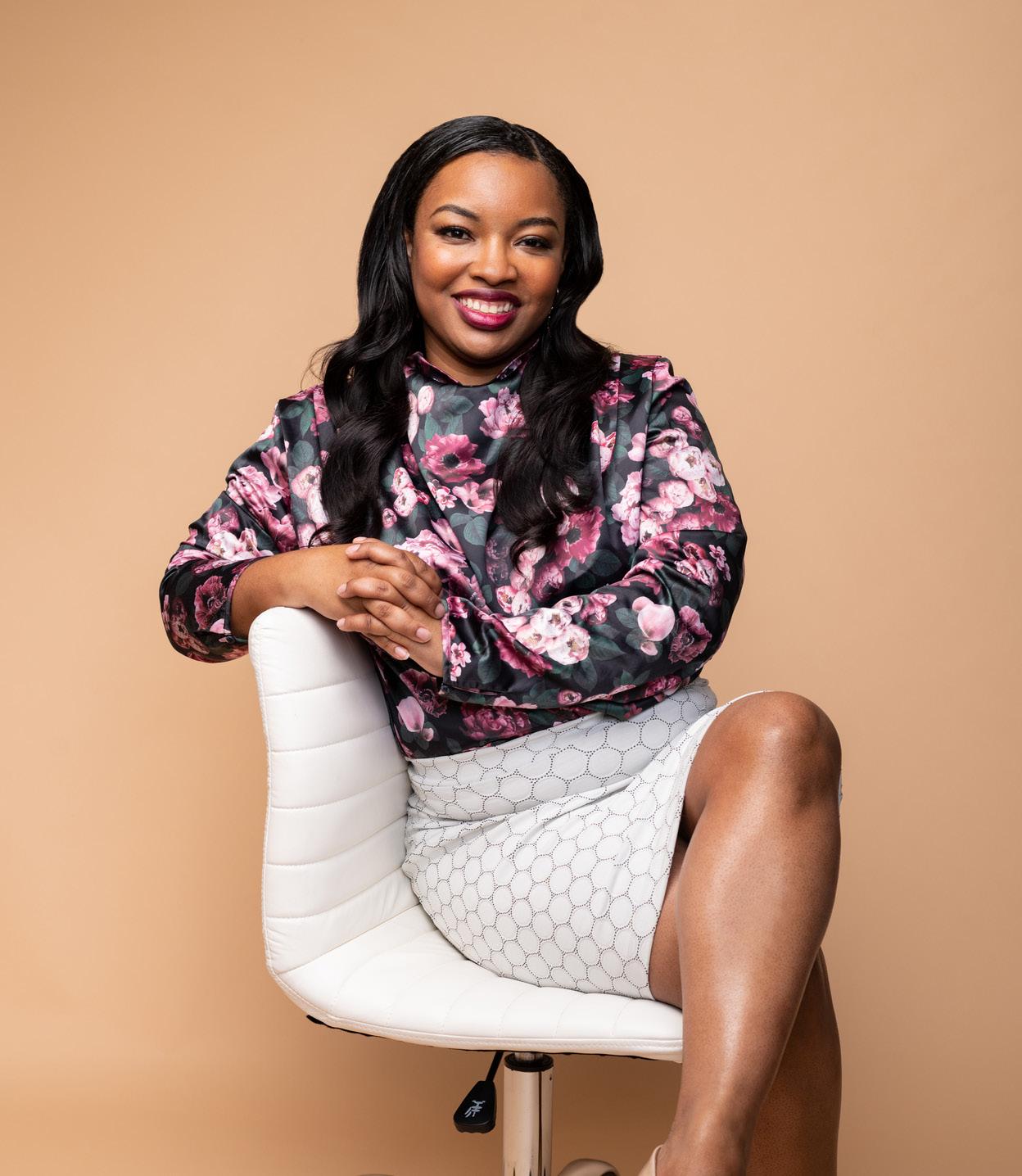
“He was a huge influence,” she said. “I would go and sit in his office, me and other students, and we would talk about careers, internships, the business of journalism.
“He created and taught a class along with Dr. [Lawrence] Kaggwa,” Rascoe said. “They actually did this class—about newsroom management—specifically for me and some other high-achieving and highly-motivated students in the department. It was only five of us in the class when I took it. I learned so much about the business.”
Dixon, who retired as chair of Howard’s journalism department in 2011, said he remembers Rascoe well from her first year as a student. “It was clear she was special from her first year,” Dixon said. “She won my heart by showing leadership as an editor for The Hilltop. Think about this: Reuters hired her right out of school in its Washington Bureau. And she was covering energy. How
often does that happen for someone right out of school?”
As host of “Weekend Edition Sunday” and of Saturday episodes of “Up First”, an NPR news podcast, Rascoe gets to show the range of her journalism chops. Her interviews span from politicians to independent truckers trying to make a go of their business during decadeshigh inflation. Her stories can shed light on the nationwide problem of abuse in the prison system or the ups and downs of sex workers. And she can make use of her teenage days perusing Vibe and Blaze cover to cover when she interviews the likes of rapper Pusha T.
“I think all of my work until now really helped prepare me for hosting because you’re using all of your journalism skills, learning how to listen, how to ask questions, how to try to be thoughtful, how to work with editors and other people, how to think about how things sound,” she said. “It’s not just me putting the show together. It’s a whole team of people. But as a host, you do get to shape the show a lot more than you would as a reporter.”
12 | HBCU TIMES WINTER ISSUE 2023 CONNECT . MOTIVATE . INSPIRE .
“AT THAT TIME, IN JUNIOR AND SENIOR YEARS, WE WERE LIKE THE SERIOUS DAILY BLACK NEWSPAPER IN THE COUNTRY. IT WAS AN INCREDIBLE UNDERTAKING. IT LASTED FOR MY JUNIOR AND SENIOR YEARS. A LOT OF MY TIME WAS SPENT IN THE HILLTOP OFFICE. THAT WAS MY LIFE. “
Discover your potential with
PATHWAYS TO TEACHING
Men of CHS Teach
• A certification pathway–in collaboration with the University of South Carolina–for minority males who seek to earn a SC teaching certificate in the fields of Early Childhood or Elementary Education
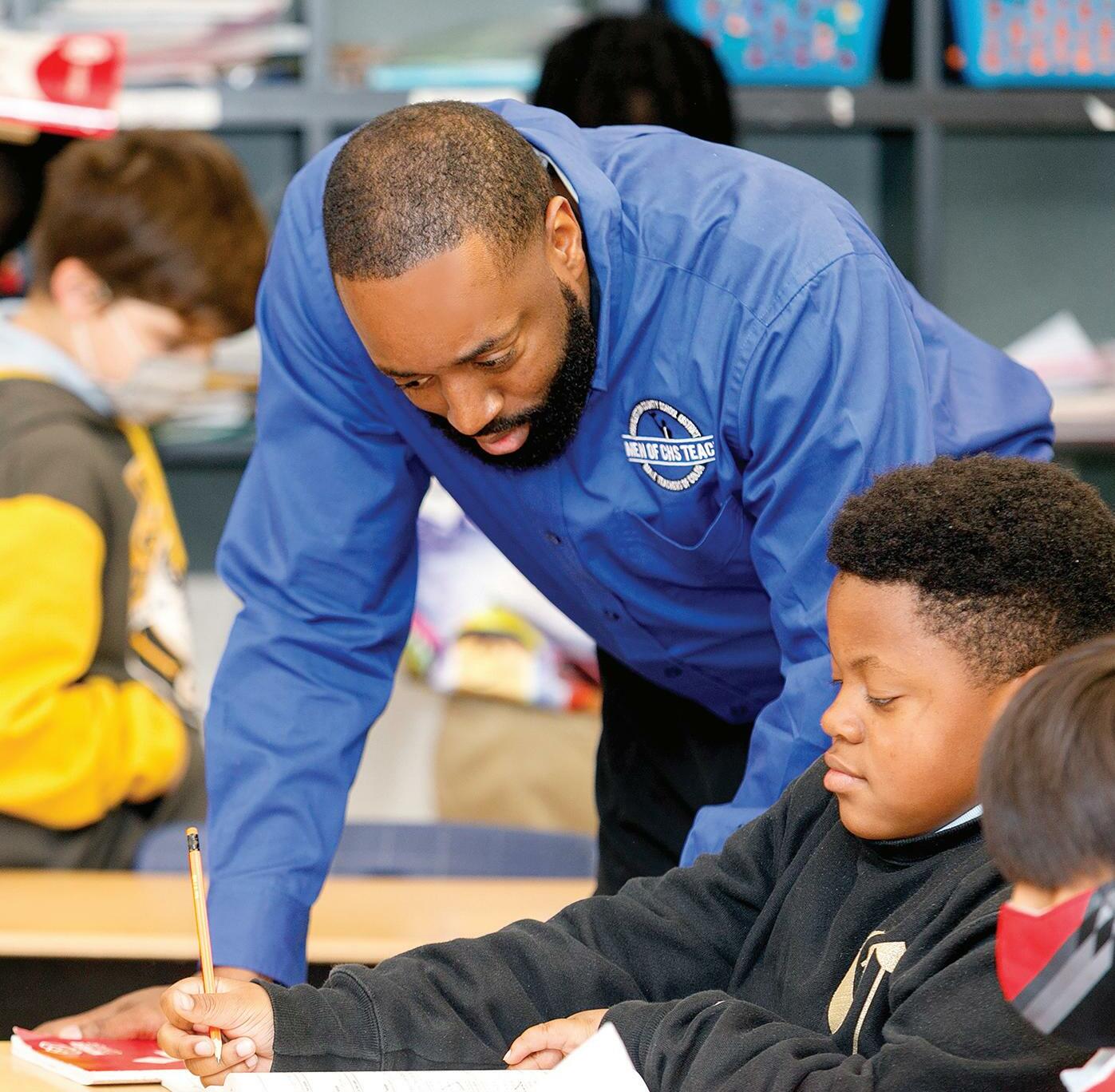
• Acohort, residency model to provide mentorship and targeted professional development
TeachCharleston
• An alternative certification program offering certification in: Art, Music, Spanish, French, Math (middle and secondary), English, Science, Social Studies, and CTE academic areas
• On-going coaching, mentoring, and training
Teach Local
• The district’s grow-your-own initiative that promotes the growth of its students
• For high school seniors, who are pursuing a career in education, an Open Contract to return to a teaching position with CCSD upon completing their college requirements
CONNECT . MOTIVATE . INSPIRE .
District is committed to stabilizing and diversifying our teaching workforce. CCSD has a
district-funded Pathways to Teaching to help you earn certification and obtain a
our
is right for you: For more information, contact: 843-937-6300
Charleston County School
number of
higher level of education. Explore which one of
pathways
CHARLESTON COUNTY SCHOOL DISTRICT
HBCU ALUMS FRED GRAY AND DIANE J. NASH among presidential medal awardees
 BY CRYSTAL A. de GREGORY, PH.D
BY CRYSTAL A. de GREGORY, PH.D
President Joseph R. Biden awarded 17 Presidential Medals of Freedom at the White House on July 7, 2022. Among the recipients were two towering Historically Black College and University (HBCU) alumni, Fred Gray and Diane J. Nash.
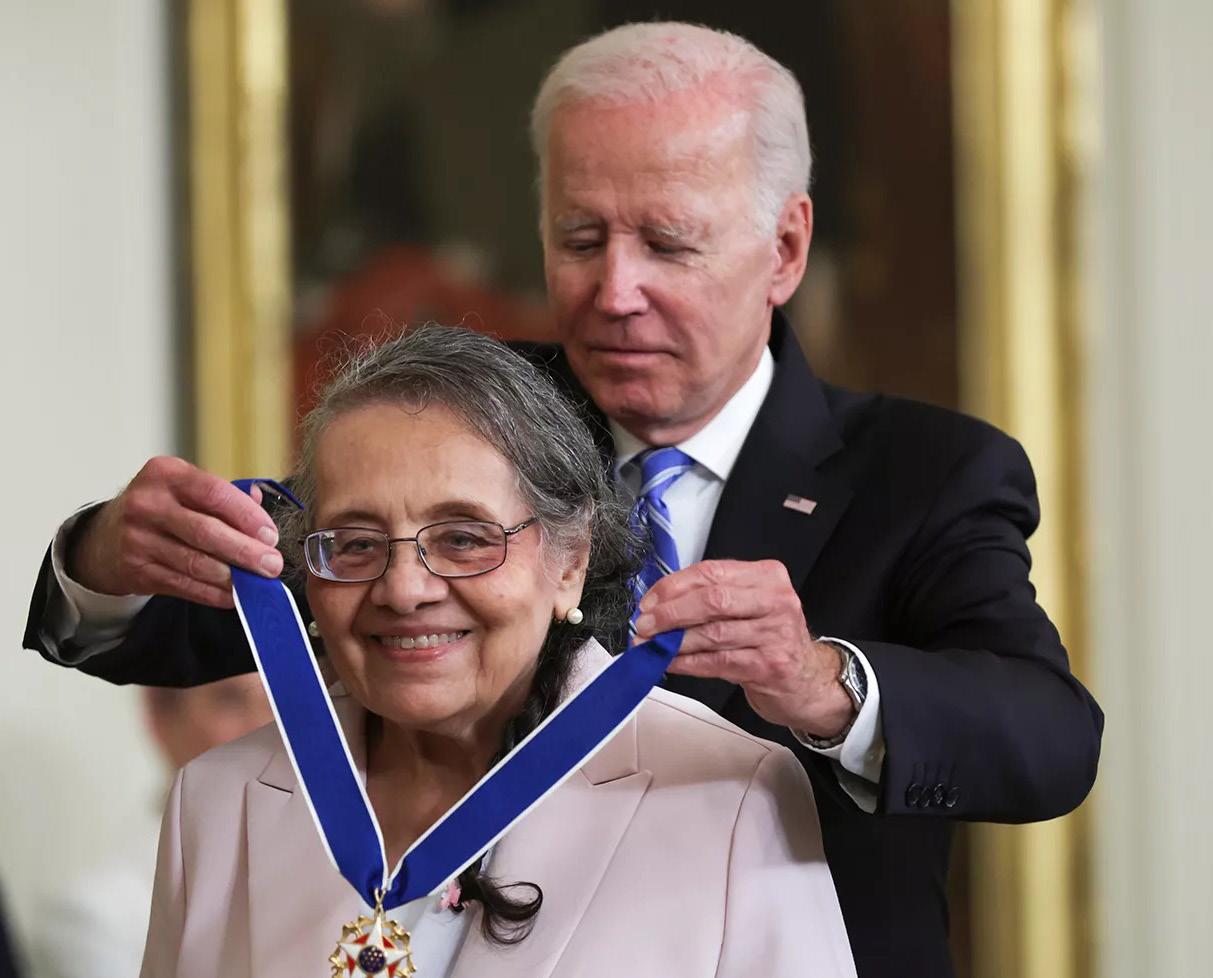
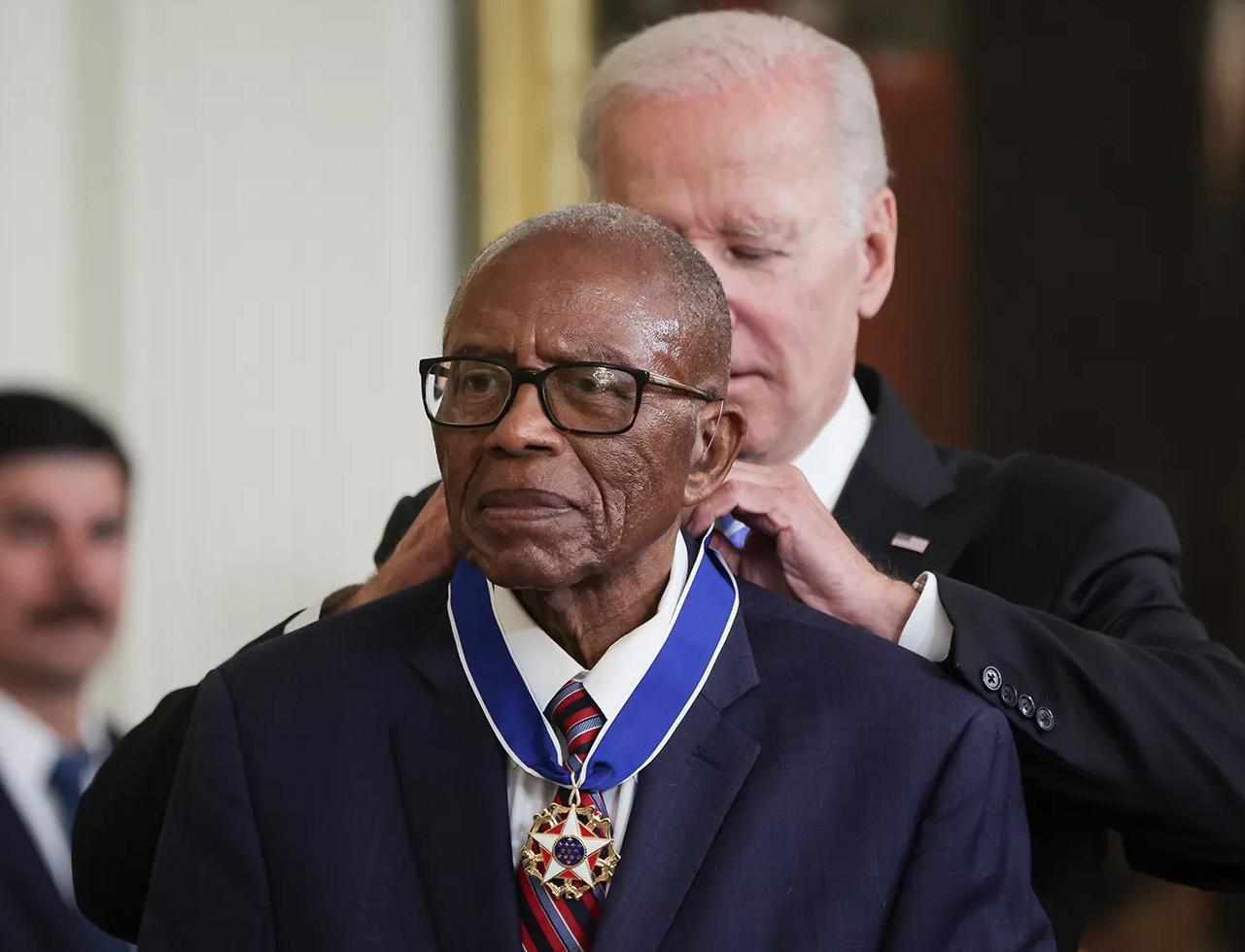
Having made “exemplary contributions to the prosperity, values, or security of the United States, world peace, or other significant societal, public, or
private endeavors,” Gray, Nash, and their awardee cohort represent the “possibilities” to which the president has long referred.
Just as their lives and work demonstrate the power of possibilities and embody the nation’s soul, so too does the historic mission and contemporary vision of the nation’s more than 100 HBCUs—and their proud products. And none have offered more, and few have provided

even as much to the cause of HBCU culture’s collective pride as Gray or Nash.
Hailed “the chief counsel for the protest movement” by the Rev. Dr. Martin Luther King Jr., attorney Fred D. Gray Sr., now 91, was one of the first Black members of the Alabama State legislature since the Reconstruction era. But long before he was even an attorney, Fred Gray was a fledgling
14 | HBCU TIMES WINTER ISSUE 2023 CONNECT . MOTIVATE . INSPIRE .
student at Alabama State College for Negroes.
Born in the Washington Park section of Montgomery on December 14, 1930, this native son of Alabama was the fifth and last child of Abraham and Nancy Jones Gray, who dreamed that her young son would become a preacher.
Described as a gifted child, he attended the local Loveless School, where, at age five, he entered the first grade class of his aunt.
After completing the seventh grade at Loveless, Gray attended the Church of Christ’s Nashville Christian Institute. There, he assisted its president and noted preacher, Marshall Keeble.
As a “boy preacher,” the experience of shadowing Keeble while he fundraised at white churches, in the denomination, was invaluable to young Gray, allowing him to hone his speaking skills under one of the most influential preachers of the 20th century.
Having completed his coursework early, Gray enrolled in Alabama State College for Negroes—now Alabama State University—at age 16. There, upon the advice of an Alabama State professor, Gray aborted his pursuit of a career as a history teacher and preacher, opting instead to enter law school.
After graduating from Alabama State in 1951, Gray earned admission to Ohio’s Western Reserve University Law School—now Case Western Reserve University. He left, in part, of his own volition but mostly because his home state left him no choice. Segregation and white supremacy barred Black students’ entrance into all of Alabama’s
law schools.
The racist reality crystalized Gray’s private resolve. He would get his law degree and return to Montgomery to “destroy everything segregated.”
Graduating from Case in 1954, Gray, only 23 years old, returned to Montgomery, where he established a law office and got to work on his earlier pledge while also serving as minister to the Holt Street Church of Christ.
His intrepid career has spanned more than six decades and reads like a “Who’s Who” of the modern Civil Rights Movement. Gray’s list of wellknown clients, including Martin Luther King Jr, Rosa Parks, and the National Association for the Advancement of Colored People (NAACP), was added too many times over. The Montgomery Improvement Association, Claudette Colvin, and future Congressman John Lewis joined their ranks, as well as Vivian Malone and James Hood, the first Black students to successfully enroll at the previously all-white University of Alabama.
Today, Gray, a nonagenarian, still practices law. His career has long held the distinction of successfully litigating four major civil rights cases before the United States Supreme Court, including Browder v. Gayle (1956), which prohibited segregation on Montgomery’s city buses; NAACP v. Alabama ex rel. Patterson (1958), which protected the free association rights of the NAACP and its rank-and-file members; Gomillion v. Lightfoot (1960), which outlawed gerrymandering; and New York Times Co. v. Sullivan (1964).
Back in Nashville, when Diane J. Nash was 23, she too made a choice to change the world when she joined and led the late 1950s and early 1960s struggle for civil rights in Nashville, Tennessee.
Unlike Gray, Nash was neither a native nor a lifelong staple in the “Music City.” She was born on May 15, 1938, in Chicago, Illinois, to Leon Nash, a World War II veteran, and Dorothy Bolton, a keypunch operator.
Following her parents’ divorce, Nash’s mother married John Baker, a waiter on the now-famed Pullman Company’s railroad dining cars. The middle-class family was Catholic, likely prescribing Nash’s early education at local public and parochial schools.
Having shirked a youthful imagining of herself as a nun in the future, a teenage Nash won several beauty contests before graduating from the city’s Hyde Park High School in 1956.
Initially, Nash enrolled in college at Washington, D.C.’s Howard University but transferred to Fisk University in Nashville the following year. While racism undoubtedly was an American phenomenon that ailed the entire nation, often how it manifested varied place-to-place.
Once in Nashville, the “Windy City” native found the in-your-face and unapologetic nature of the South’s inequities, immorality, and deprivation abhorrent. Early in 1959, she began attending nonviolence workshops led by Vanderbilt University Divinity School student the Rev. James Lawson and
CONNECT . MOTIVATE . INSPIRE . 15 | HBCU TIMES WINTER ISSUE 2023
held under the auspices of the Nashville Christian Leadership Conference.
Admittedly, Nash was initially skeptical of nonviolence as a tactic. Still, she began to realize its effectiveness. Not only that, she was genuinely awed by the courage of those willing to employ it when laying down their lives for a cause greater than themselves.
Given an opportunity to put her nonviolent, direct-action training to work in the Student Central Committee’s sit-ins in local department stores, Nash jumped at the chance in late 1959. She and her compatriots’ “test” sit-ins not only preceded the famed February 1, 1960 sit-in protest of four Black North Carolina Agricultural and Technical College students (Franklin McCain, Jibreel Khazan born Ezell Blair Jr., Joseph McNeil, and David Richmond) at a Greensboro, North Carolina Woolworth store, but also served as a blueprint for the entire Black student movement that followed.
Elected chair of the Student Central Committee, Nash’s ardent commitment to nonviolence, not only as a tactic but also as a way of life, moved her from the margins of the Nashville Movement to its forefront. Beginning on February 13, 1960, the Nashville Movement’s sit-ins would run concurrently with a wave of sit-ins across the South, powered in no small part by Black students at Black colleges. The Nashville Movement’s victory was swift and decisive. Three months after its strategic beginning, the Nashville sit-ins ended on May 10, making Nashville the first southern city to desegregate its lunch counters.
Meanwhile, Nash was among the Black college students who answered Ella Baker’s call to serve as one of the co-founders of the Student Nonviolent Coordinating Committee (SNCC) in Raleigh, North Carolina, in April 1960.
In February of the following year, Nash offered her support to the cause of student-led protests in Rock Hill, South Carolina. Like those before them, she, along with Ruby Doris Smith, Charles Jones, and Charles Sherrod, refused to post bail after being arrested and jailed for requesting service at a segregated lunch counter.
The Rev. Dr. Martin Luther King Jr., on February 17, 1961, wrote to Nash and the other protesters, “You have inspired all of us by such demonstrative courage and faith. It is good to know that there still remains a creative minority who would rather lose in a cause that will ultimately win than to win in a cause that will ultimately lose.”
To ultimately win the cause, Nash would join the frontline of other civil rights campaigns across the South. Among the most notable is her leadership of 1961 Freedom Rides to force the desegregation of public transportation down in the South. Nash triumphantly coordinated the Nashville Student Movement Ride from Birmingham, Alabama, to Jackson, Mississippi, after learning of the bus burning in the Alabama city of Anniston and the riot in Birmingham.
“It was clear to me that if we allowed the Freedom Ride to stop at that point,
just after so much violence had been inflicted, the message would have been sent that all you have to do to stop a nonviolent campaign is inflict massive violence,” said Nash in the 2010 documentary Freedom Riders.
Nash subsequently worked for the Southern Christian Leadership Conference (SCLC) as a field staff person, organizer, strategist, and workshop instructor through the midsixties. Following her marriage to James Bevel (before being divorced later), her ideas were instrumental in initiating the 1963 March on Washington; also, she and Bevel conceptualized and strategized the Selma right-to-vote movement, which led to the Voting Rights Act of 1965.
Crystal A. deGregory, Ph.D. is a graduate of Fisk, Tennessee State and Vanderbilt universities. She currently serves as a research fellow at Middle Tennessee State University’s Center for Historic Preservation and is the founder of two digital storytelling projects HBCUstory as well as Dorian and Beyond, the story of Hurricane Dorian in The Bahamas.
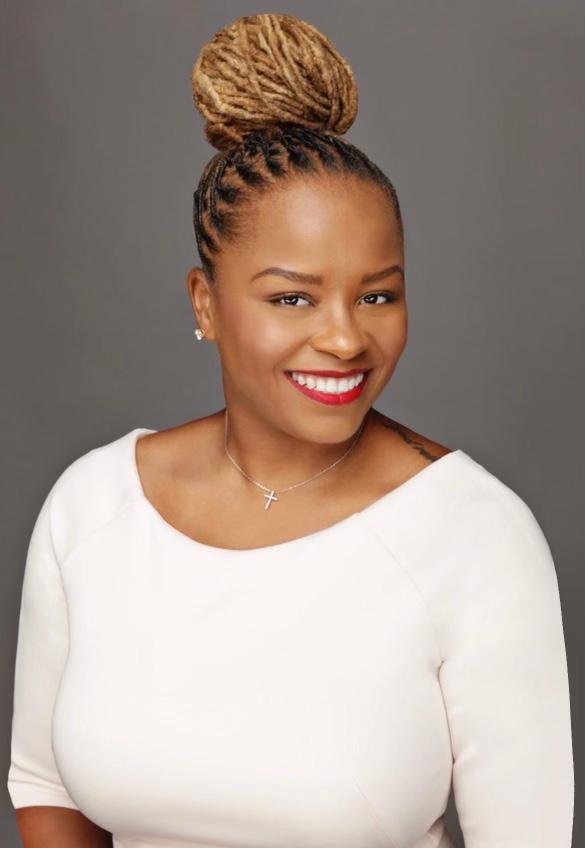
16 | HBCU TIMES WINTER ISSUE 2023 CONNECT . MOTIVATE . INSPIRE .
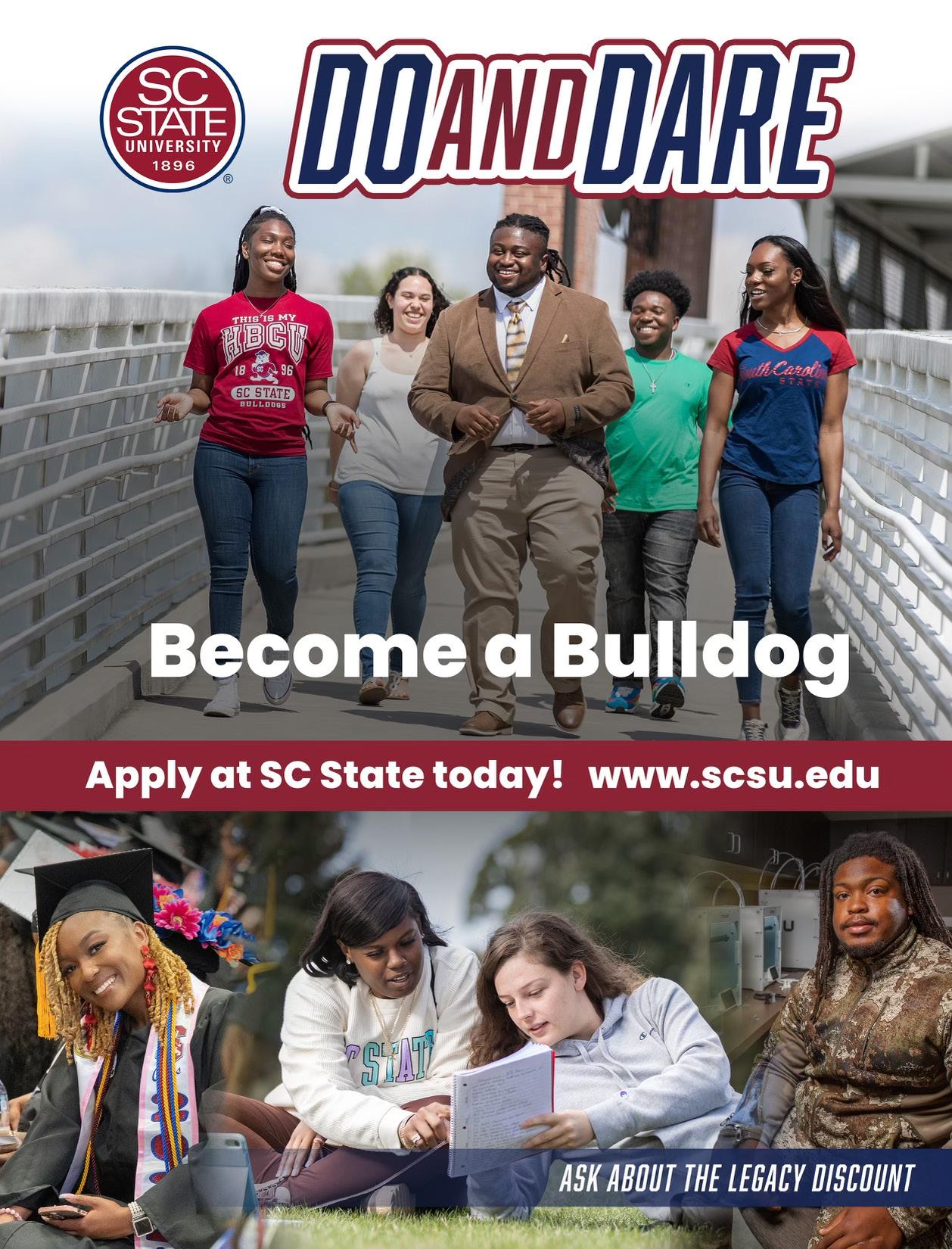
FEATURED STORY
ETU EVANS fashion and media mogul
 BY ERICKA BLOUNT DANOIS
BY ERICKA BLOUNT DANOIS
Etu Evans, shoe designer extraordinaire, is always impeccably turned out. Right now, he talks in a casual tone to his audience who listens eagerly during his Ted Talk.
“Shoes are the diary of our lives,” Evans tells them. “I remember when parents would cast their children’s baby shoes
in bronze. Today, I’ve watched parents tying their infant’s Air Jordans onto their bags and strollers.”
His shoes, he says, are Viagra without the side effects. The audience laughs.
For Evans, shoes aren’t only his passion. They are a lifestyle for him and have been since he was a child.
“Shoes are sentimental, they leave an impression of the wearer’s style, status, and sexuality. The right kind of shoes can boost your confidence, transform your outfit, and make heads turn,” he says.
Most of his clients keep heads on a swivel already. Clients like Beyonce, Tyra Banks, Lil’ Kim, Aretha Franklin
and Andre 3000 have walked in his footwear. The list of shoe wearers is long and eclectic, from Danny Glover to Halle Berry to Michael B. Jordan to Steve Harvey, along with many other household names.
“When it comes to fashion, I appreciate the avant-garde eye, and Etu definitely has that. When I saw his collections, which span over decades, I was intrigued and inspired. The designs are eclectic, yet somehow timeless. It’s where fashion meets innovation,” said actress Novi Brown.
His company, The Evans Guild, specializes in design, manufacturing, and media. The Evans Guild also has a philanthropic arm – Solesville, which helps to save souls by connecting footprints around the world.
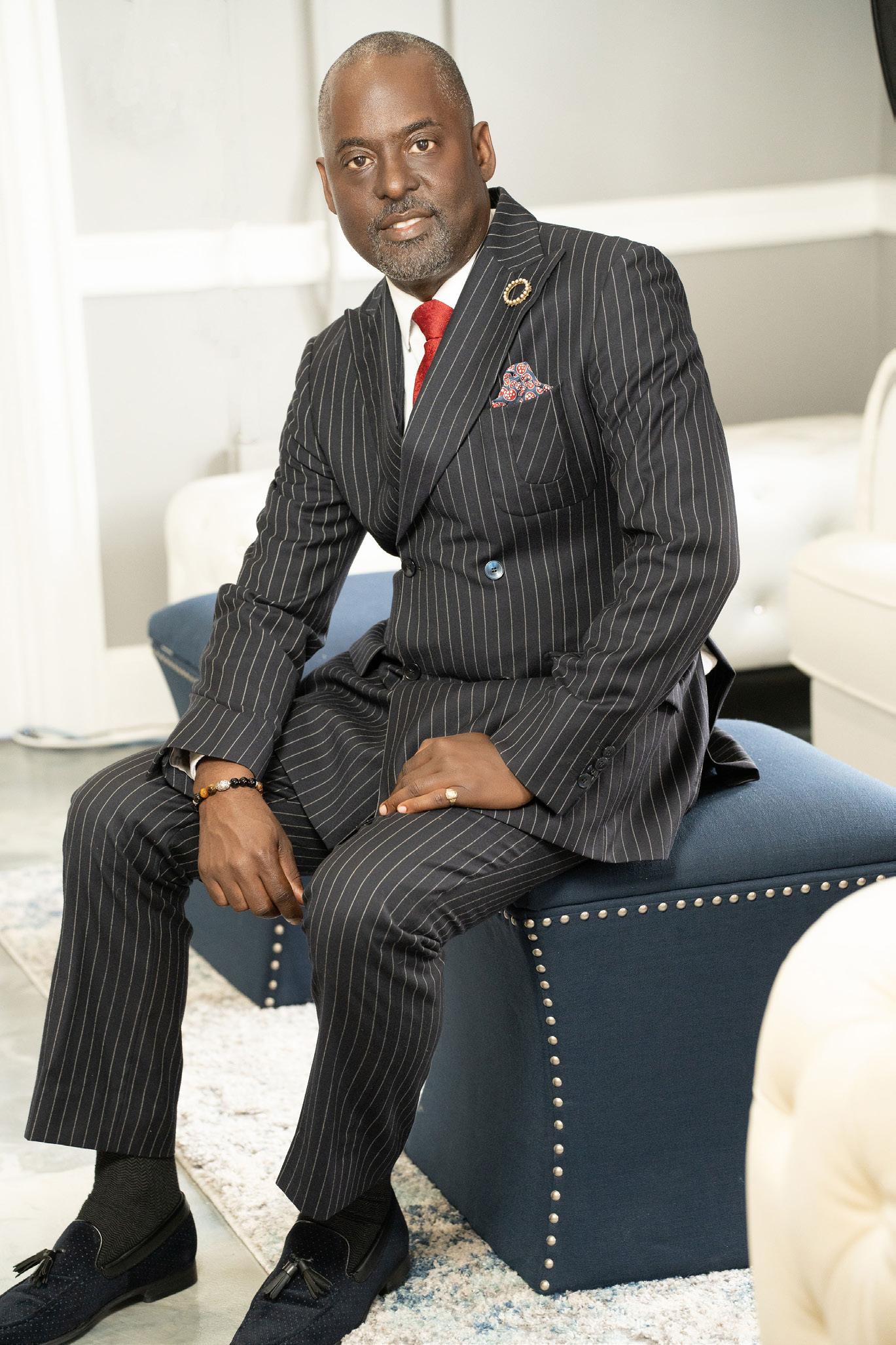
Solesville has worked with Hurricane Katrina victims and others that have been affected by natural disasters. They give to shelters and work with Dress for Success and Bottomless Closet.
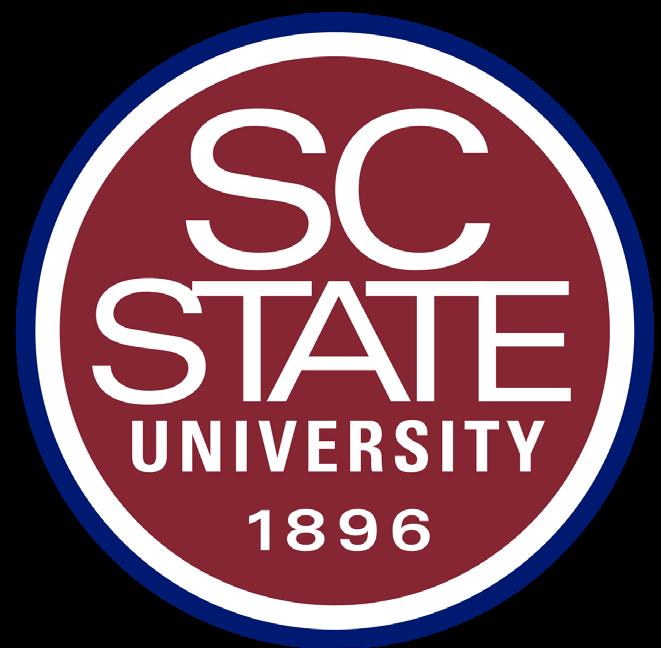
He resoles at his repair shop on 135th St. in Harlem and distributes them at Shoebox Santa in December. Solesville specializes in global shoe drives and art therapy exhibitions for children in urban environments allowing them to modify their behavior through an artistic outlet.
“Sometimes we don’t need a handout. We just need someone to help us stand and step into our purpose,” Evans said.
In his 2020 Ted Talk, he talks about the three “P’s” as it relates to shoes: the process of making them; the power to impact lifestyle; and the politics. He talks about the first shoe made in Egypt – sandals - 40,000 years ago and how creating shoes is one of the best ways to
teach STEM.
Evans is originally from Orangeburg, South Carolina and graduated from South Carolina State, where he studied marketing and social work.
In elementary school, he had trouble keeping up with other students. Teachers had labeled him as learning disabled. “I would find a creative way to learn. I could always do it, but I needed a more creative way,” Evans remembers. He eventually got his opportunity when he enrolled at Columbia University,
earning a master’s degree in applied behaviorism. He learned the ways people wear designs, how color and texture affect people, among other concepts relating to behavior and fashion.
In his formative years, he spent most of his time in Harlem, New York but developed identities from New York and South Carolina.
In South Carolina, his grandmother would sit him on the bed and ask him
CONNECT . MOTIVATE . INSPIRE . 19 | HBCU TIMES WINTER ISSUE 2023
what pair of pumps she should wear for church. Her closet shelf was stacked with her shoes and hats.
“I would pick out shoes, and she had a particular brand at the time that she loved. She loved proxy shoes. She liked the quality, and it stood out. They had a flare to them. She was short in stature, big in personality. She would wear her pink candy mules. Under her bed, she would have 50 styles in red, white, and blue,” Evans said.
Evans says his grandmother set him on a foot-focused and fashion-focused mission.
While his grandmother really loved stilettos, his mother wore flats and kitten heels because she worked as a teacher and was on her feet all day.
“The heel changed her body – that was the magic of shoes,” Evans remembers. “It alters mood – inspires confidence. It forces the silhouette that attracts mates; it brings sex appeal.”
In Harlem, he was dancing and designing and started a floral business at a very early age. By the time he entered high school, he was already designing up and down the Eastern Seaboard for all the players in Harlem.
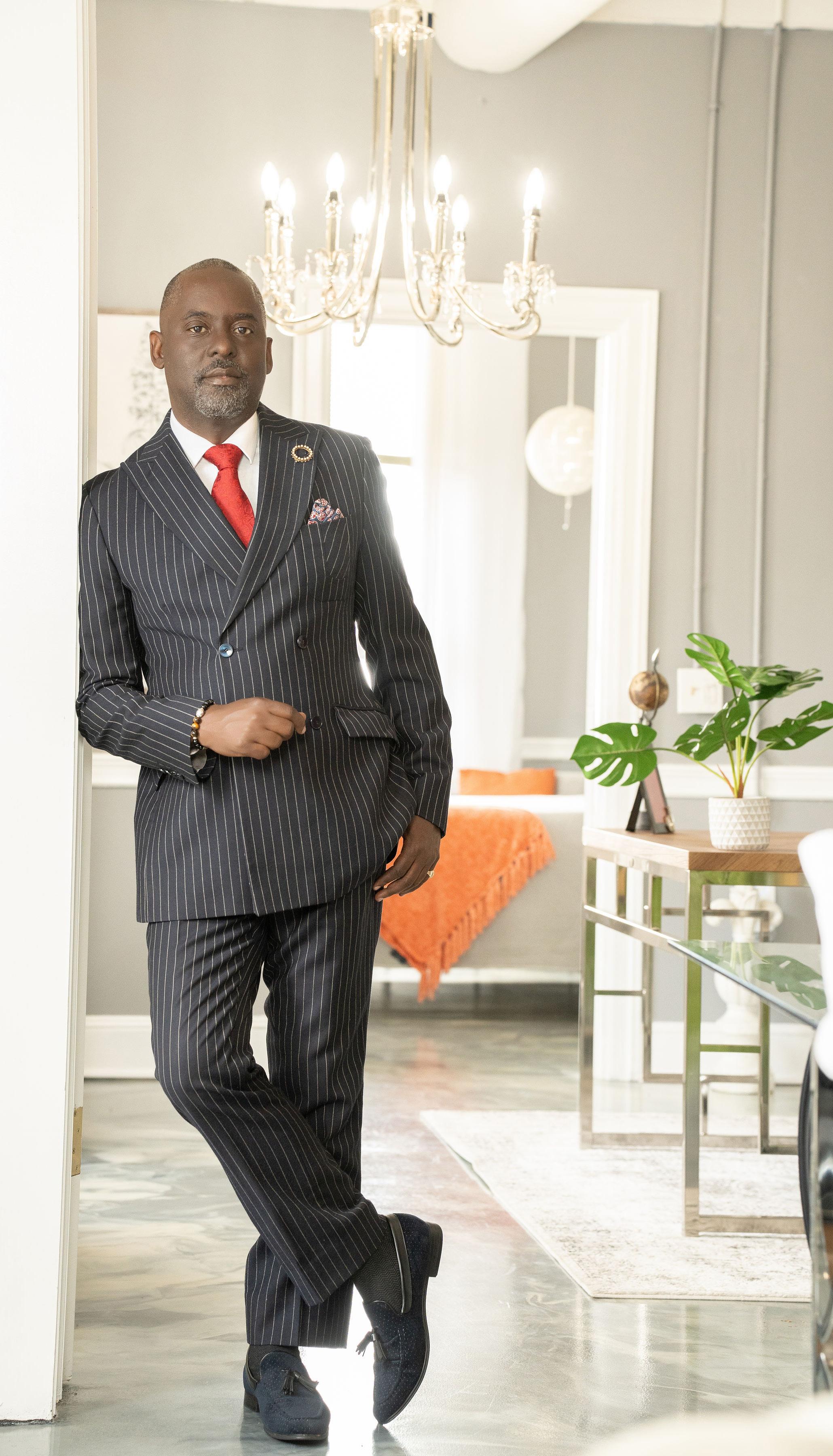
“I couldn’t be who I am without both places – the Burg [Orangeburg] provided a spiritual foundation, and my mom taught me the importance of grinding,” said Evans by phone.
“My grandmother taught me the importance of having a spiritual foundation, and that I can do anything.”
His mother was often melancholy and blue, so Evans would arrange flowers to cheer her up.
When he worked at Roses Department store while attending South Carolina State, he worked in the floral department. He experimented putting flowers on a hat. The hats sold. People hung them on their doors. They became so popular that he used them in a fashion show with BET as a sponsor. Two publicists fought over a hat. That’s when he knew he had something. He went on to decorate the president of South Carolina State’s house with flowers. He arranged flowers for the National Association of Social Workers.
As a member of Omega Psi Phi Fraternity, Inc. – he arranged flowers for fraternities and sororities’ houses, plus their fashion, shoes, t-shirts, caps, and headbands. And he arranged for events in Harlem and Brooklyn.
The National Association of State Legislators conference turned out to be one of the biggest events. He’d design the same events at Planet Hollywood in Vegas – all the furniture, the common areas, props, draping, lighting, florals, and staging. It was his mom that would inspire his interior design.
He would go on to design the jewelry for Ben Vereen and Max Roach. He
20 | HBCU TIMES WINTER ISSUE 2023 CONNECT . MOTIVATE . INSPIRE .
was commissioned to make birthday jewelry for supermodel Iman. He also created jewelry for Chris Tucker and became a leather technician for Coach. He made his cockatoo boot for Lil’ Kim with metallic lining on the inside and glimmers as you go up the leg and brocade.
Being an actor, the environment is a main character. Without the ability to transform a canvas into a world, we couldn’t tell stories properly and fully. Etu has the ability to create interesting landscapes that pinpoint a moment in history. Whether it’s reviving old Harlem or creating a new world, I can definitely see Etu bringing value to the film and tv world,” said Nixon.
Before COVID-19 shut everything down, he was working on an initiative in Ghana.
“They wanted to bolster their tourism by using my brand,” said Evans.
His goal is to eventually have both brands in a brick-and-mortar store with a flagship brand in Atlanta.
Now, he’s working on bringing luxury sneakers to the retail market.
“All of my sneakers are purple bottoms. The color purplee is the highest chakra –it’s a symbol of our royalty,” he says.
“It’s a street line of apparel which is the bridge to the luxury line of the Etu Evans brand. It’s a different price point, more affordable,” he adds.
His success has been a one-man show,
as he’s done his own marketing and promotion.
He became the creative director of Harlem World magazine and Stitch magazine – catering to America and Europe.
“People would ask me to speak on style and that led me to media correspondent work, like the film festival, being on tour with Macy’s. People would enlist me to be an expert on style or interviewing different celebrities – that’s how I got into the whole media piece,” he says.
He owes much of his success to feeling empowered in Black spaces like South Carolina State, where he became the first Mr. South Carolina State.

“I think HBCUs teach you patience and pride. It’s one of the few places in life where it’s cool to be melanated. It’s the time to establish networks that would take a lifetime for people who look like you. Like Omega Psi Phi has given me a pipeline of people internationally. When I go to Ghana, I know someone in the chapter already in Ghana.”
“HBCUs foster that kind of connectivity and experience, and it teaches patience cause when you’re waiting for refunds and financial aid,” he laughs. “You learn to be resourceful. HBCUs affirm that its ok to be Black and unapologetic about it.”
CONNECT . MOTIVATE . INSPIRE . 21 | HBCU TIMES WINTER ISSUE 2023
SCAN HERE WITH YOUR PHONE’S CAMERA connect moment
Thurgood Marshall College Fund 35TH ANNIVERSARY AWARDS AND FUNDRAISING GALA RAISED 6.3 million dollars
BY ROB KNOX
The Thurgood Marshall College Fund (TMCF) hosted its first inperson Leadership Institute since 2019, a span of 1,064 days, during the last week of September in New York City.
It was the 22nd Annual Leadership Institute presented by Wells Fargo, TMCF’s signature program, in which over 400 students from 44 Historically
Black Colleges and Universities (HBCUs) participated in a week-long empowering experience. In addition to valuable networking opportunities, students learned about financial literacy, building a personal brand, and strategies for enhancing their leadership skills.
“It’s hard to put into words how amazing it is to be back in person for the Leadership Institute,” TMCF President and CEO Dr. Harry Williams said. “This has been a three-year process to get to this point, and I am incredibly grateful to my team for their hard work in making this moment happen. To see the bright smiles on the students’ faces makes everything we do worthwhile.”
The Leadership Institute featured over 90 partners, including several from
Fortune 500 companies. Many of those companies interviewed and hired students in attendance during the conference. TMCF has a well-earned reputation for providing our employer partners with direct access to top HBCU talent.

Langston University senior, Diva Hunt, was among those who attended the Leadership Institute. A business management major, Hunt also currently serves as the 76th Miss Langston University, providing her an additional platform to inspire change.
Hunt, a dancer and future entrepreneur, started DivaFitness16, Inc. as a health and wellness business to help underserved communities in Chicago not only physically, but mentally.
22 | HBCU TIMES WINTER ISSUE 2023 CONNECT . MOTIVATE . INSPIRE .
“Being part of the Leadership Institute has strengthened my purpose tremendously,” Hunt said. “I learned marketing strategies and self-promotion tools that will help me sustain my business. This opportunity is like no other, and I am so glad that I get to connect with so many successful companies. I am making connections that will last a lifetime. I know from being here, that my calling is higher.”
TMCF ended a memorable week in New York with its 35th Anniversary Awards and Fundraising Gala on October 1, which raised more than $6.3 million. The black-tie affair featured performances from Patti LaBelle, Tamia, and Yolanda Adams.
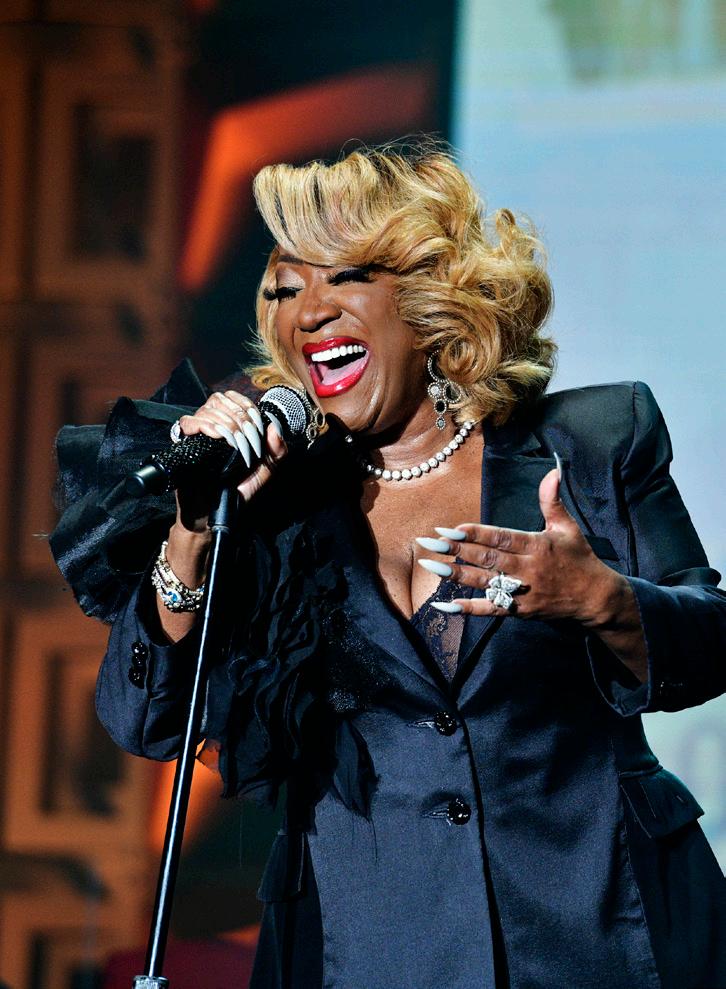
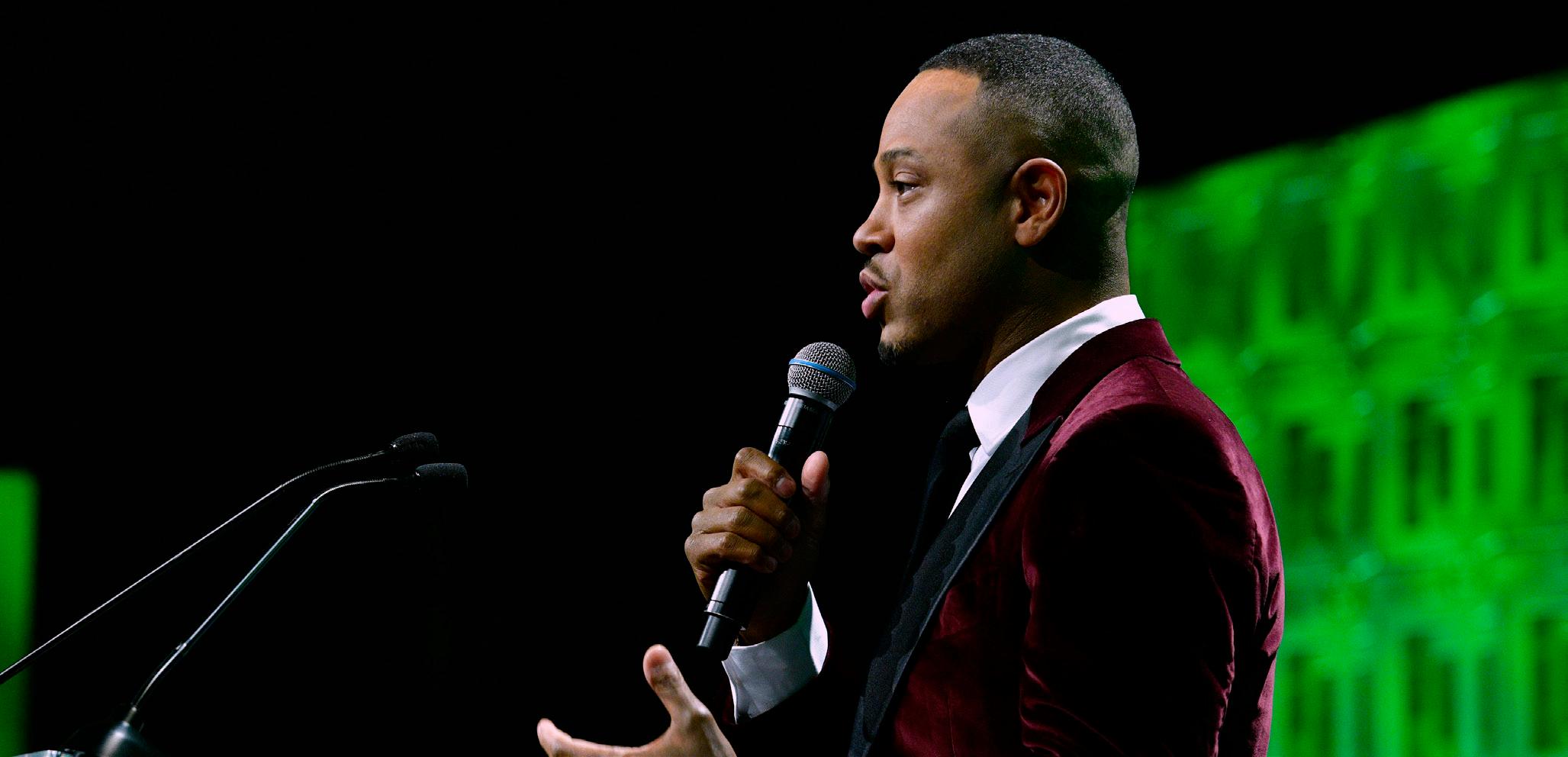
These are exciting times for TMCF, which builds on the legacy of Justice Marshall by providing access to opportunity. Created in 1987, TMCF has provided scholarships to students attending America’s 47 publiclysupported HBCUs. Since its founding by Dr. N. Joyce Payne, TMCF has awarded over $500 million in scholarships and leadership development.
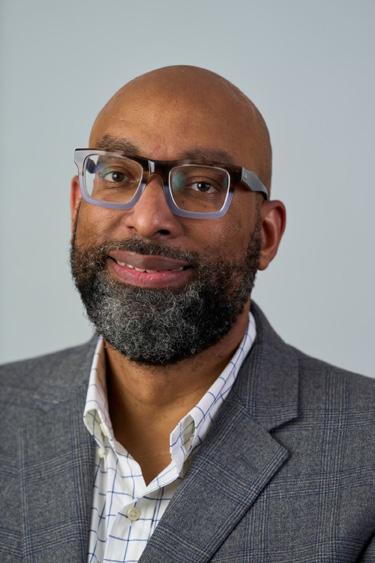
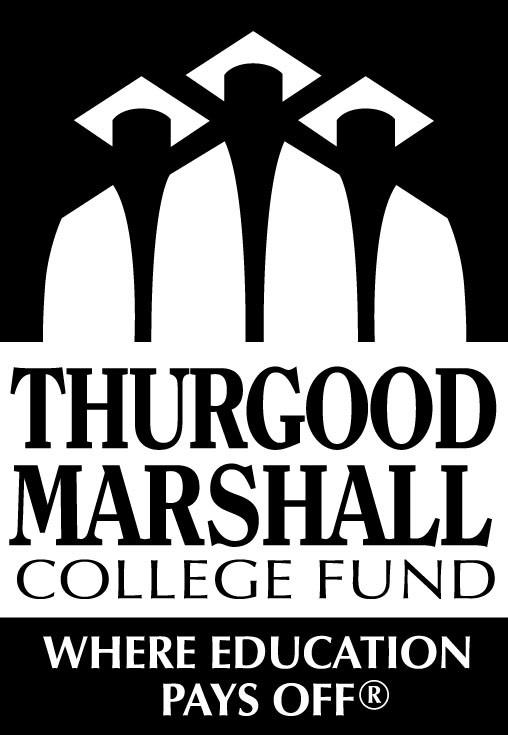
Overall, the tremendous philanthropic efforts allow TMCF to devote more scholarships, resources, and programs to help identify talented students from our nation’s publicly supported HBCUs for lucrative internships and full-time jobs.
“Every year, I am so impressed by the level of generosity from students, individuals, corporations and organizations that support our mission by donating and attending our gala,” Williams said. “The investment in our organization has generational impact as we support first-generation students who are trailblazers for themselves and their families.”
CONNECT . MOTIVATE . INSPIRE . 23 | HBCU TIMES WINTER ISSUE 2023
Robert Knox, Thurgood Marshall College Fund Senior Director of Strategic Communications
HBCU Internship Recruitment Effort H.I.R.E.
BY DR. LAWRENCE FLOWERS
Despite intermittent increases over the last 10 years in various occupational clusters, recent employment diversity statistics in science and engineering (S&E) have reenergized my pursuit to develop innovative diversity mitigation strategies. Reports have revealed that diverse STEM work environments have great potential to increase company revenue, customer bases, production rates, and intellectual capital; however, the S&E labor force continues to struggle with diversity, equity, and inclusion. Numerous articles have also documented how the lack of diversity in STEM jobs impacts the racial wage
gap, mental health, public health, and the national economy. Unfortunately, few articles have attempted to offer substantive and sustainable therapeutic strategies to address the absence of heterogeneity in the STEM workplace.
Historically, HBCUs have been highly efficient producers of minority talent in STEM. HBCUs produce nearly a quarter of African American STEM graduates in the United States, a remarkable statistic considering the chronic financial disadvantages and other systemic challenges HBCUs face. Internships provide the most direct pathway to preparing for a technical job and are
paramount to hiring managers. In a recent survey, STEM company representatives noted that candidates who participate in internships at their company or related industry have a better chance of getting hired. While this may sound intuitive, only a tiny percentage of HBCU STEM students spend their summer gaining work experience at STEM companies during matriculation. In general, internships allow students to gain exposure to realworld work environments and provide a potential employment advantage. Additionally, mentoring from industry professionals may enhance students’ technical skills and academic success and improve graduation rates.
The primary purpose of this article is to stress the importance of paid internships at STEM-based companies as a powerful tool for HBCU STEM majors to gain valuable professional experience. Additionally, this article aims to introduce a future initiative on campus called the HBCU Internship Recruitment Effort or HIRE. This initiative seeks to enter into cooperative agreements (e.g., memoranda of understanding) with various companies to help students acquire authentic training opportunities. HIRE involves implementing a national career diversity strategy to leverage external collaborations to build new, perennial partnerships with STEM companies. HIRE aims to establish guaranteed internship slots for HBCU students as paid interns in the summer to enhance their competitiveness in the job market after graduation. Guaranteed company internship openings will counteract historical data showing the exclusion of African Americans as paid interns compared to other racial groups.

24 | HBCU TIMES WINTER ISSUE 2023 CONNECT . MOTIVATE . INSPIRE .
Today, the dominant type of STEM internships offered to HBCU students are summer research experiences for undergraduates (REUs) at colleges and universities. Empirical evidence indicates that internships at academic institutions enhance HBCU students’ career self-efficacy, career commitment, science process skills, and other competencies. Less research explores how paid internships at STEM-based companies augment students’ short-term and long-term success. Most HBCUs mainly focus on preparing students for graduate or professional school. Unfortunately, far less programmatic or curricular attention focuses on preparing students for entry-level STEM jobs following graduation. A seismic shift in our thinking is required to prepare STEM majors for work in the 21st century. A pre-workforce curriculum, like pre-medical or pre-health curricula, may be necessary to prepare minority students for entry-level careers in STEM fields. Students who have no interest in going to medical or graduate school but desire to use their knowledge in the workforce must be identified in their first year and provided with meaningful, career-preparation interventions to
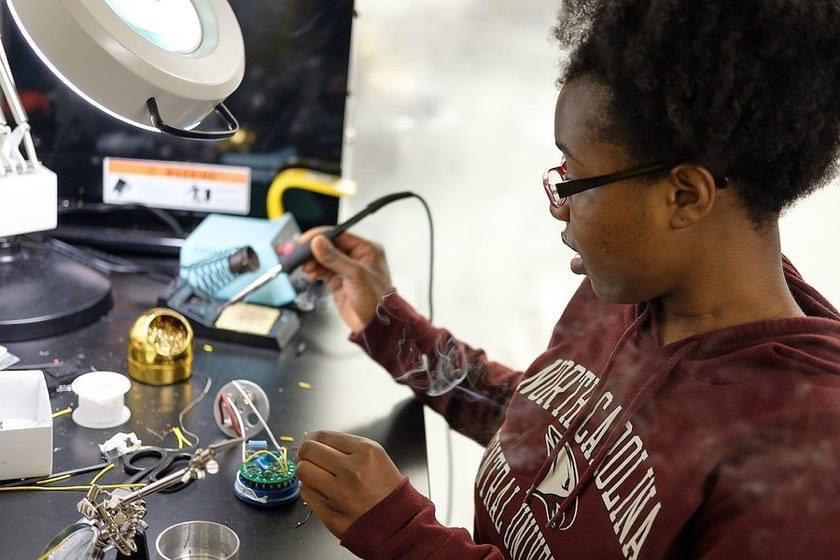
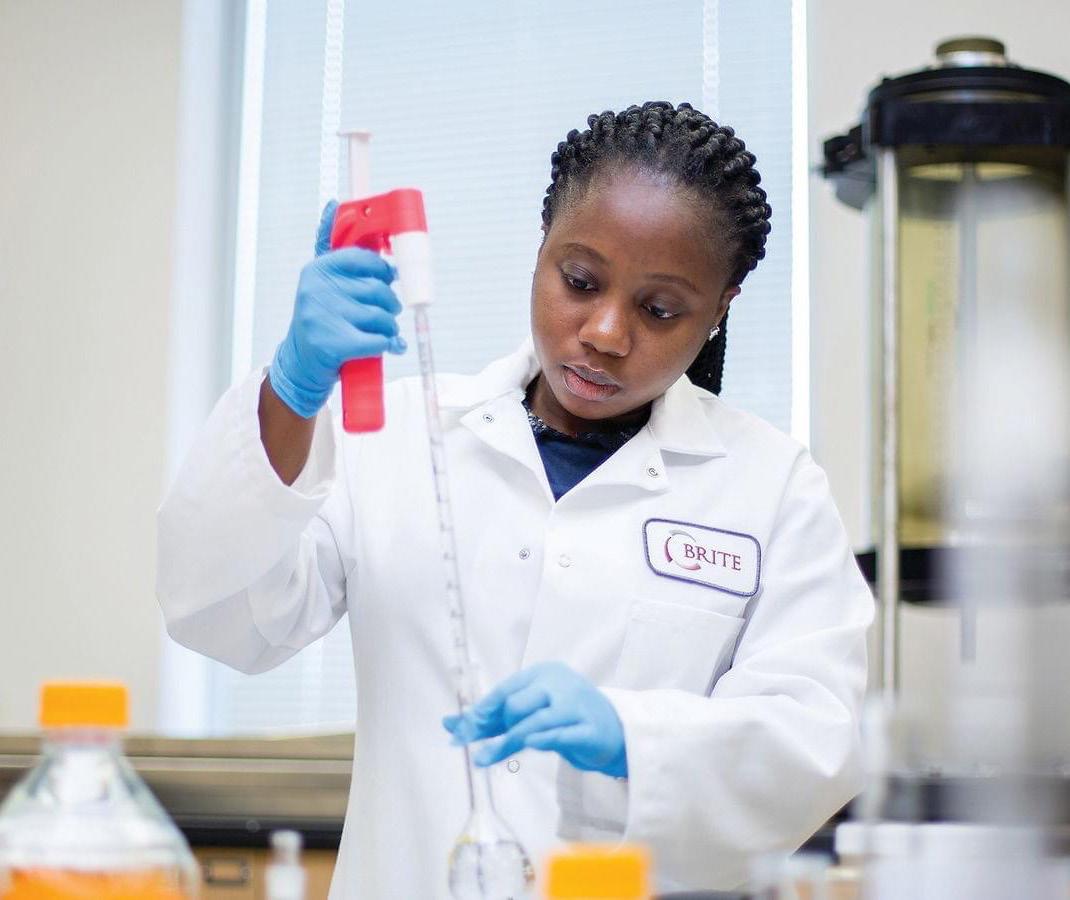
enhance their employment prospects. STEM departments must not only augment students’ skills during their enrollment but make a concerted effort to expand their resumes by at least 30% via internships, research experiences, scientific communication events, clubs, and other professional development
at HBCUs. Specifically, it will require the early identification of undergraduates interested in an entry-level STEM job and utilizing literature-supported, student-centered practices in career development. Longitudinal data supports the conclusion that HBCUs are exceptionally successful vehicles for producing world-class talent in STEM despite having limited resources. The truth is that ownership of a STEM degree is no longer sufficient to tackle career preparation and job diversity issues. Collaboration with federal, state, and local STEM companies is also key to removing barriers to employment diversity.
activities.
In conclusion, African Americans are underrepresented in the STEM labor market relative to their representation in the United States workforce and the general populace. Fighting to build STEM workforce diversity in America requires a profusion of novel strategies
Research demonstrates that diverse groups outperform less diverse groups and positively impact various company metrics. HBCUs’ ability to develop symbiotic partnerships with STEM companies and industry experts to enhance the recruitment of African American paid internship candidates will move the diversity needle in a positive direction and improve employment outcomes.
CONNECT . MOTIVATE . INSPIRE . 25 | HBCU TIMES WINTER ISSUE 2023
AFRICAN AMERICANS ARE UNDERREPRESENTED IN THE STEM LABOR MARKET RELATIVE TO THEIR REPRESENTATION IN THE UNITED STATES WORKFORCE AND THE GENERAL POPULACE. FIGHTING TO BUILD STEM WORKFORCE DIVERSITY IN AMERICA REQUIRES A PROFUSION OF NOVEL STRATEGIES AT HBCU s .
FEATURED STORY
cl smooth
Hip-Hop pioneer and hbcu dad
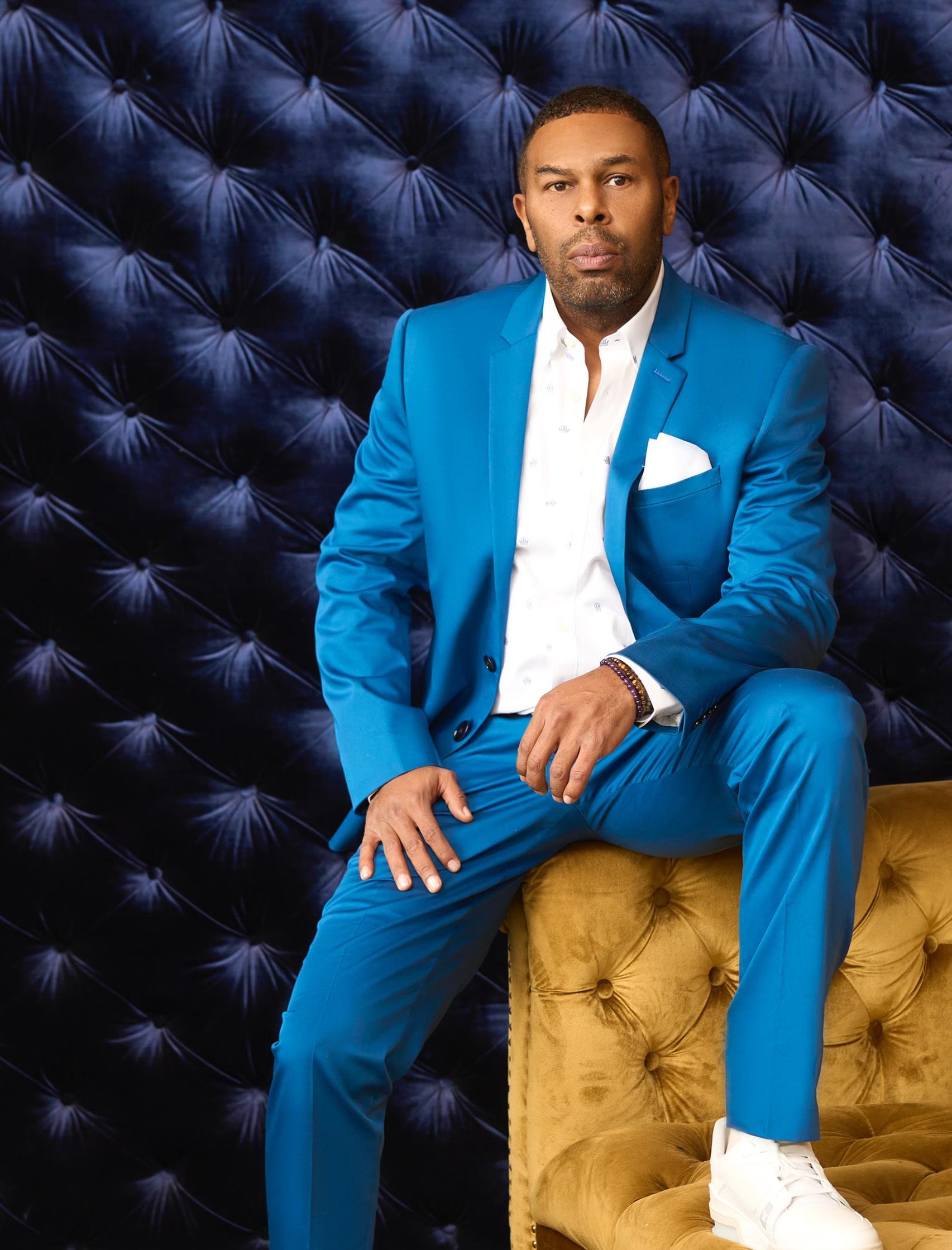 BY ERICKA BLOUNT DANOIS
BY ERICKA BLOUNT DANOIS
In the late 90’s, hip-hop’s golden era produced some of the best and most diverse group of talent. There were the Five Percenter rhymes and philosophies coming from rappers like Rakim and groups like Poor Righteous Teachers, gangster rap coming from California from groups like NWA, and Black Power rap like Public Enemy.
Pete Rock and CL Smooth who met in high school melded many of the genres of rap producing jazzy melodies along with hardcore lyrics and philosophical teachings. They came behind artists like Heavy D. and Al B. Sure! in their Mount Vernon, New York neighborhood.
“They Reminisce Over You”, the lead single on their 1992 debut album, “Mecca and the Soul Brother”, was a tribute to their friend Troy Dixon known as “Trouble T. Roy” from Heavy D & the Boyz that died in a freak accident. It was also a tale about everyday life in the hood and became an instant classic. The song uses a bass sample of Tom Scott’s cover of “Today” by Jefferson Airplane.
After 10 years without no spouse Momma’s gettin married and a house Listen, positive over negative for the woman and master Mother Queen rising a chapter Déjà vu, tell you what I’m gonna do When they reminisce over you, my God
– “They Reminisce Over You”
Away from the limelight these days, CL Smooth (born Corey Penn Sr.) is now a father of two and worrying less about what goes on in the streets. Right now, he’s working on the deck for his house and rapping about poetic things like the thousand-dollar cost of removing trees in his backyard. “Real gangstas are home with their families, they’re not in the street,” he says.
He takes his parental responsibilities seriously talking to both of his sons and advising them daily. Corey Penn Jr., 31, is an entrepreneur and businessman; and his youngest son, Shaqur Penn, 29, is a graduate of Hampton University, where he’d go on to earn a master’s degree in architecture. He now works in the military as an architect.
“He’s made myself and his mom very proud,” CL says by phone about Shaqur going to college, specifically an HBCU. “To step onto a university…I never got the opportunity to do that.”
Like many parents of students at an HBCU, CL had to coach his son because he was initially enjoying the HBCU lifestyle so much he was slacking on his studies.
“It took him time to get his feet wet. He thought it was stomp the yard; it was more like stomp your head,” CL laughs. “He knew he had to focus on his studies.”
Shaqur, with CL’s help, ended up traveling to places like Canada and Paris to study the particular architecture of those areas while he was in school.
Although CL never had the chance to go to college, he and rap partner Pete Rock toured on college campuses. These experiences enable him to draw the artistic and scholastic parallels within the culture. One of the first college events they performed at was Howard’s homecoming, which they termed a rite of passage.
“Performing at the homecomings we saw the sense of community at HBCUs coincides with hip-hop. Drum lines compete; emcees compete; bands compete; Black scholars argue their point; Black rappers talk about what they see,” said CL. “Hip-hop documents our reality which is our art. As long as HBCUs exist, hip-hop will remain because we’re the culture.”
Hip-hop has become part of academia with schools like Bowie State University having a hip-hop class with old-school rap artists coming to teach students how to rap. Harvard’s fellowship, in partnership with rapper Nas, is another example of how hip-hop has become part of scholarship.
“There were times when we couldn’t go to these top universities, that’s why we have Alcorn State because we couldn’t
CONNECT . MOTIVATE . INSPIRE . 27 | HBCU TIMES WINTER ISSUE 2023
“PERFORMING AT THE HOMECOMINGS, WE SAW THE SENSE OF COMMUNITY AT HBCU s COINCIDES WITH HIP-HOP. DRUM LINES COMPETE; EMCEES COMPETE; BANDS COMPETE; BLACK SCHOLARS ARGUE THEIR POINT; BLACK RAPPERS TALK ABOUT WHAT THEY SEE.”
attend Ole Miss; we have Southern because we couldn’t attend LSU; we have Hampton because we couldn’t attend Harvard; and we have South Carolina State because we couldn’t attend Bob Jones University,” said CL. “There are people that have very little knowledge of walking on a university but learn these simple things through rap music.”
CL comes from a family that celebrates education inside and outside of the classroom. His great grandmother graduated from college. His grandmother graduated from college, along with her sisters and their sons.
“I made my choice at a very young age –I’m going to be a musician. That was my choice and my education,” said CL.
Growing up, in the mornings, he would wake up to jazz music that his uncle would play – artists like Count Basie, Miles Davis, Stanley Turrentine. They became the signature to his music.
His mother spent her senior year in high school being tutored because she was pregnant with CL. She was a
receptionist for an architecture firm until she retired. His father adopted him when he was 10 years old – he was a college graduate who was good with numbers. But it was his grandfather that was like a father to him from day one. He taught him the art of appreciation, of being grateful for the small things. CL took on his last name Penn.
“The image of CL Smooth was built off of my grandfather,” CL remembers. “I copied the way he talks, the way he pronounces words, the way he wears his hat, his clothes, his bag, the way he keeps his lifestyle, his clothes in the closet - if he could rap, he would be CL Smooth. I created the character and grew into it.”
In paying it forward, CL has become an advocate for HBCUs and understands the struggles like students having a higher debt burden than other schools.

“It’s my responsibility to advocate for HBCUs. At HBCUS if you acquire knowledge, you acquire the experience of the street and the boardroom,” said CL. “We started with over 200 HBCUs, and now we’re down to roughly 107. The awareness has to be there. The support has to be there. We have to tell our own story. We can’t forget about ugly racism in a lot of American universities; a lot of social justice issues addressed in the Black community was rebirthed through HBCUs.”
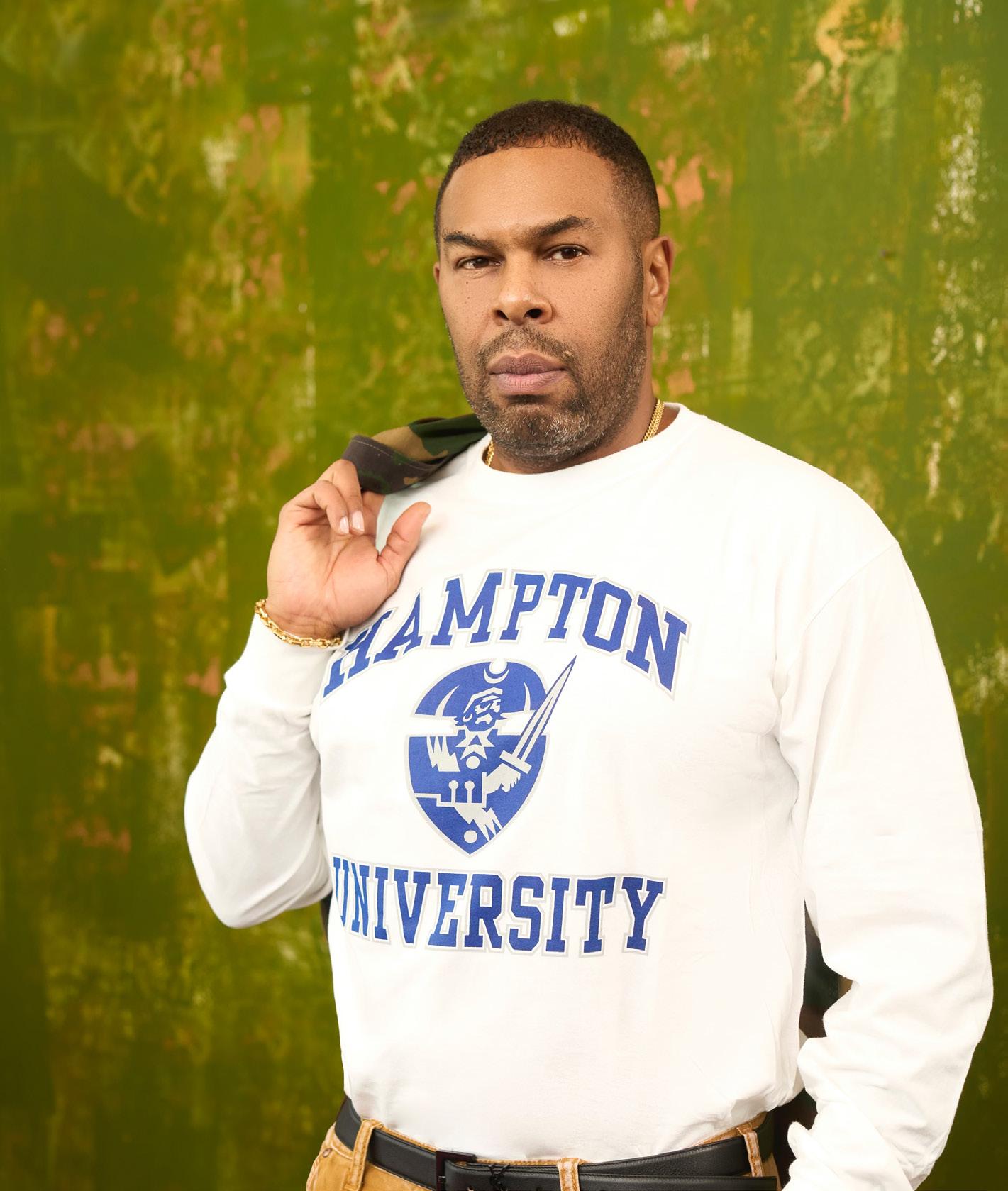
28 | HBCU TIMES WINTER ISSUE 2023 CONNECT . MOTIVATE . INSPIRE .
Many American universities offer classes to learn about the history of hip-hop. There are also rappers who have gone back and earned their college degree like Salt-n-Pepa and Kool Moe Dee.
This is good, CL says, partly because hiphop doesn’t have a veteran line - it doesn’t pay homage and document in the way that white bands do even though we are coming up on 50 years that hip-hop has existed. “Hip-hop keeps evolving and accelerating. It’s the biggest selling genre of music. Black people have to own that. In Black culture, you have to establish yourself and re-establish yourself again and again,” CL says.
But CL is concerned with the industry of making music nowadays and the disconnect the higherups have with the culture.
“A lot of today’s hip-hop is good storytelling, but it’s more about being destructive than living. The zest for life should never be overtaken by the pressures of man,” said CL. “The higher-ups allow these things to
happen – many of them are not part of the community. They don’t want you teaching them how to survive, how to take care of your family; dead or alive, they are gonna make your money.”
where you have to defend yourself. Name one white artist that caught a RICO charge – that’s when you’re in the Mafia. That’s unheard of. That’s like inventing things on purpose because Black men have money, and they need to control it.”
CL sees HBCUs gaining traction in the space and time that we’re in now.
“Athletes are starting to transfer to these HBCUs, and they are starting to excel,” said CL. “Don’t let them go to a Black school homecoming... these recruiters will lose them,” CL laughs.

“Homecoming is an unbelievable selling tool. It’s the Mardi Gras of Blackness at its highest level.”
“Your attitude predicates your longitude,” said CL. “It’s a risky business now – most dangerous because of the youth and the culture of certain music that’s being produced that is not respectful, but it’s putting you in a place
“Alcorn State and Jackson State, Southern – now you’re seeing all these prestigious Black schools being honored,” said CL. “It’s not a trend; its finally an emergence of what it should have been a long time ago. America wouldn’t be America without this type of sauce.”
CONNECT . MOTIVATE . INSPIRE . 29 | HBCU TIMES WINTER ISSUE 2023



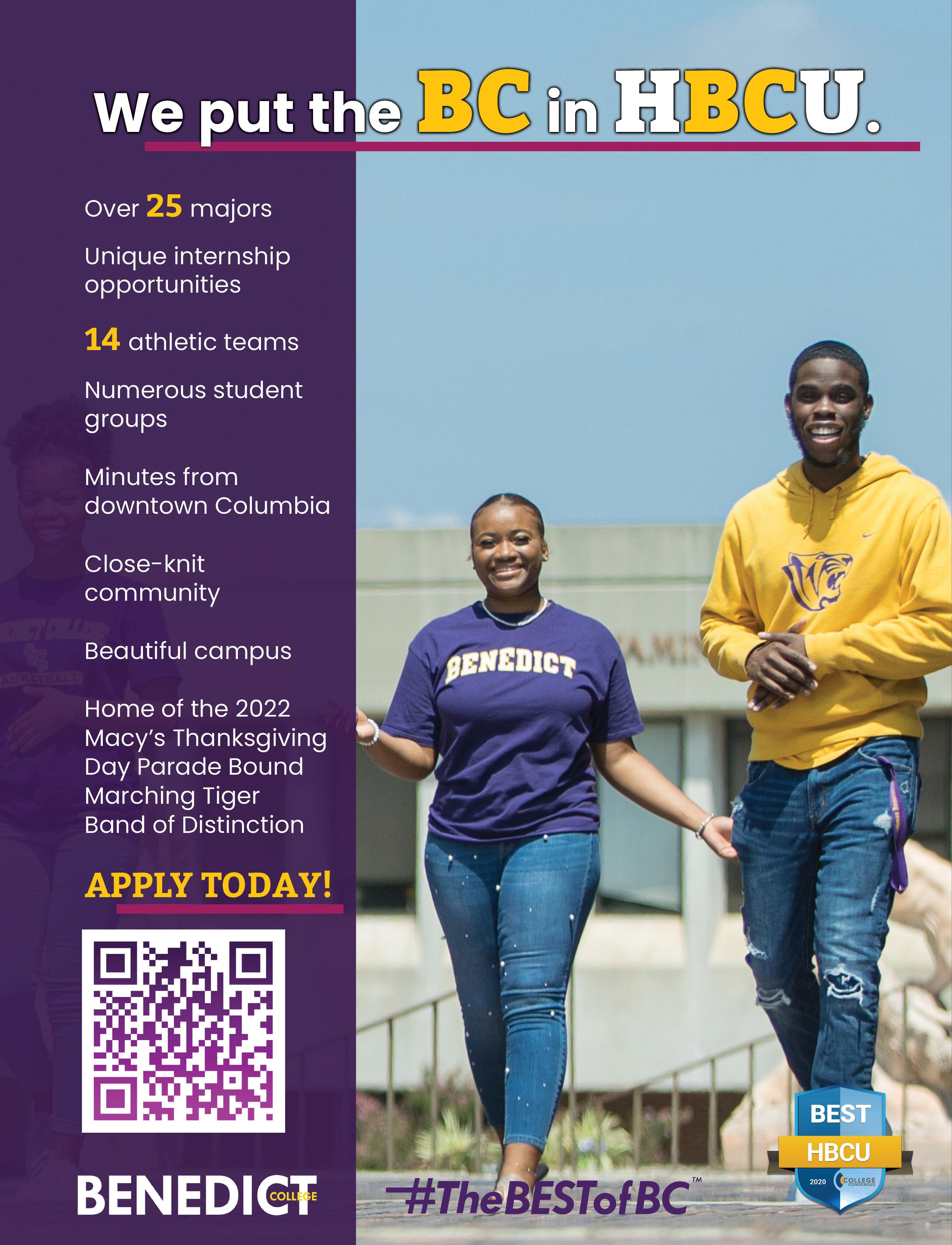
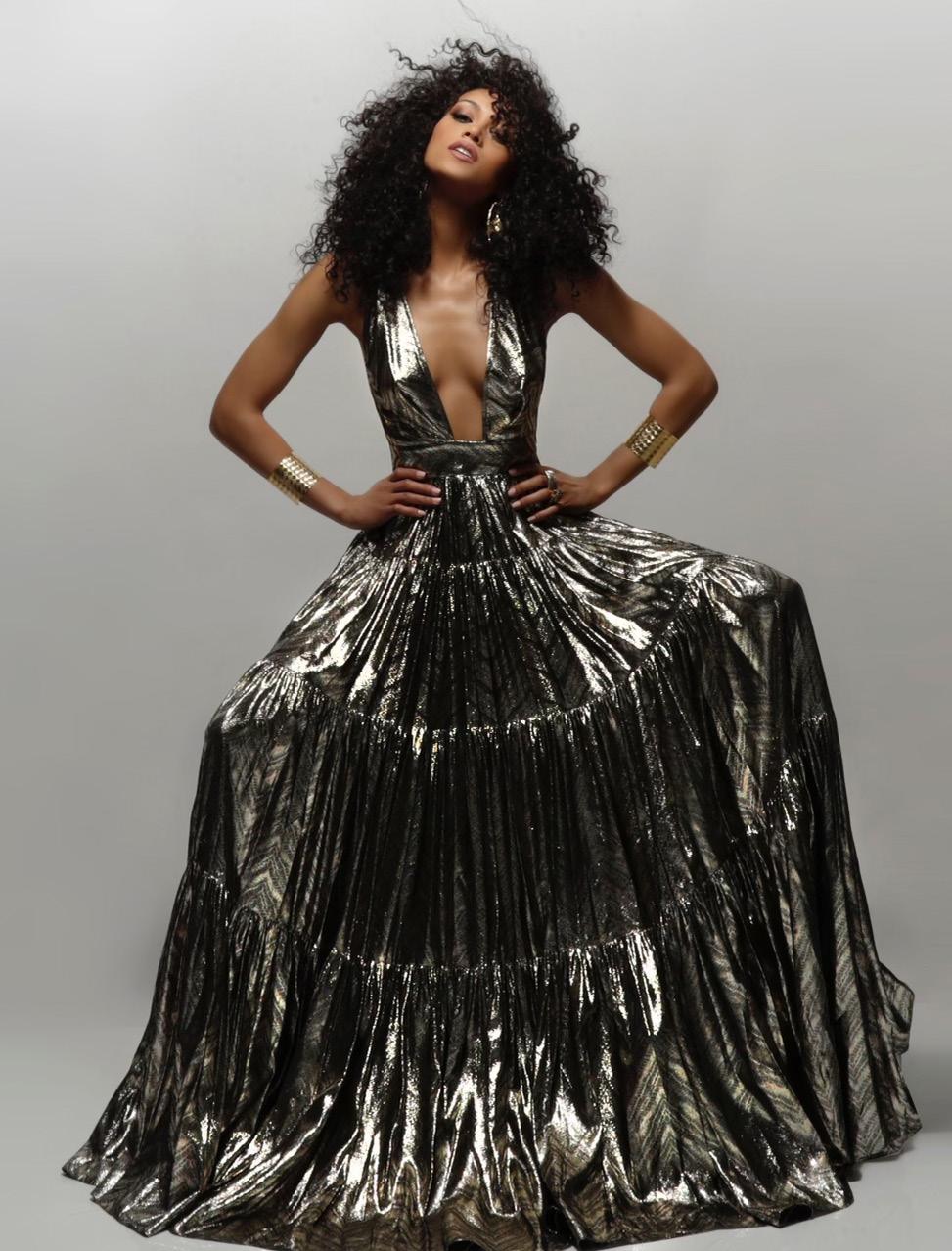
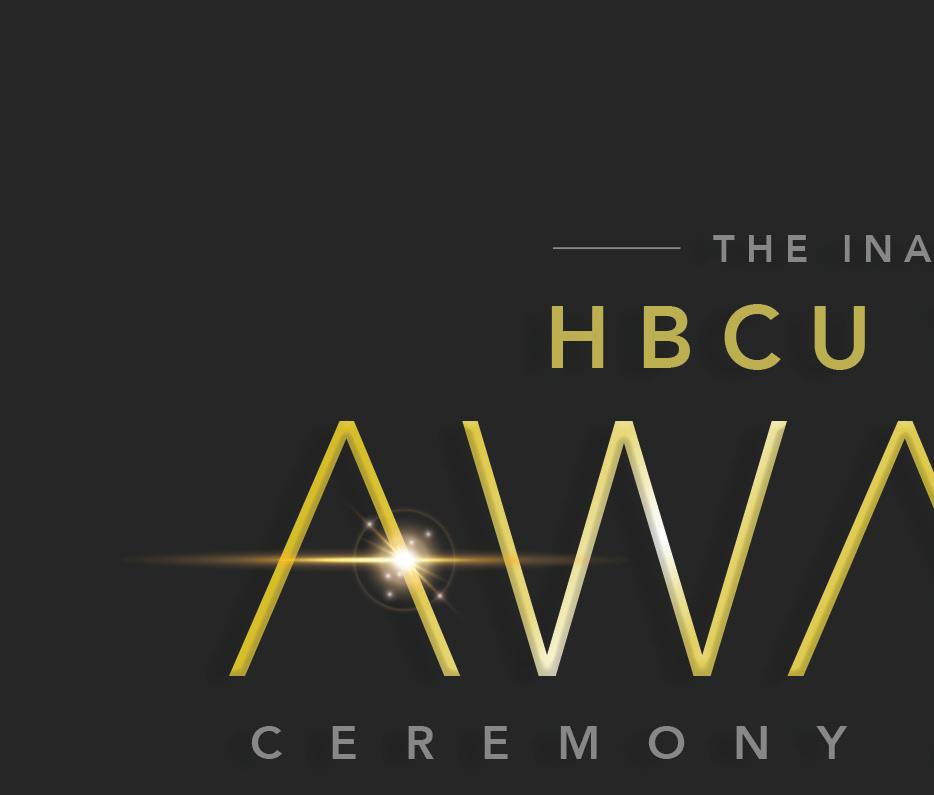

COMING 2023
UNCF FEATURE
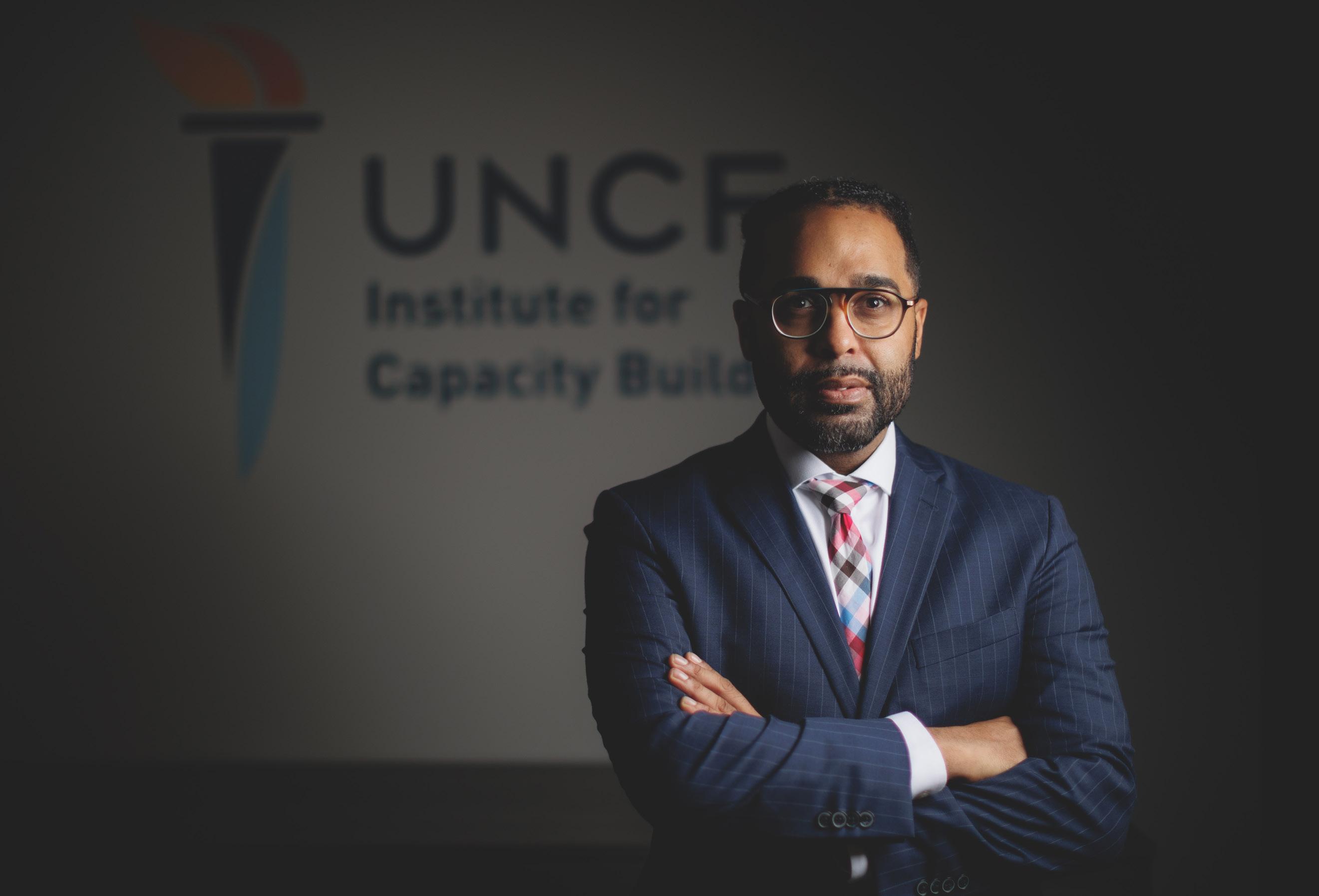
The Future of Black Higher Education Reinvented
BY EDWARD SMITH-LEWIS
CONNECT . MOTIVATE . INSPIRE .
No single group of institutions is more responsible for the economic, cultural and legal progress of our nation’s Black families than historically Black colleges and universities (HBCUs).
Their history of contributing, overdelivering while being systematically under-resourced, and making remarkable progress to advance equity while they, themselves, had to confront real inequities is astounding and a legacy of which we can all be proud.
They collectively have been able to deliver these miraculous outcomes because of—not in spite of—their ability to offer students safe spaces for Black joy and expression, taking special care to honor our rituals and traditions while celebrating and redefining Blackness.
Now, as HBCUs look ahead, it’s time for them to prepare to be as transformative for future generations as they have been for past generations. But we cannot—we must not—revert this exceptional experience to the typical for the sake of online convenience.
We, at the Institute for Capacity Building, are honored to be playing a part in this discussion about what the future of HBCUs can look like; and specifically, how technology can play a role in delivering a true HBCU experience virtually and remotely.
It’s an initiative we call “HBCUv™.” It is a vision for creating not just a shared e-learning platform for Black colleges and universities, but a true connected community for learning.
The charge of HBCUv™ is to embrace emerging technologies in ways that advance our core values and the core value we offer our students and our communities; to translate Black pedagogy into virtual spaces; to continue honoring the full breadth of our racial identities and histories; to elevate and support our exceptional educators and researchers, and their acutely important critical lenses.
Clearly, our needs are different from other institutions of higher learning. We can’t use off-the-shelf solutions if we want to preserve our bespoke culture. We must find a path that allows our institutions to retain their unique identities and traditions, only more so.
One thing HBCUv™ is not: just another thought exercise.
From the beginning, our vision was to ensure this wouldn’t be a case of HBCUs being forced to, once again, do more with less. We now have real resources in place to realize the vision we— collectively—develop for the future of online education at HBCUs. At scale on an aggressive, but achievable timeline. In fact, we’re looking at this as very
much an opportunity for the HBCU community. Not just in terms of expanding on our academic mission, but also as an important part of promoting institutional sustainability into the future.
Fully realized, HBCUv™ will be an exceptional asset not just for the HBCU community, but for our individual institutions as well. Far from a loss leader, we see it as a vision for investing in Black communities over the long term, creating generations of life-long learners and transforming education as whole, not just Black education.
The HBCUv™ project started with the simple idea that we could harness the power of Black joy, magnify it in virtual spaces in ways we can barely imagine today, and use this to leverage our ongoing drive for ongoing excellence in higher education.
In the coming months, we’ll be ready to show you what we’ve been working on. We expect you’ll find it to be as exciting as we do.
Edward Smith-Lewis is vice president, strategic partnerships and institutional programs, UNCF (United Negro College Fund)

CONNECT . MOTIVATE . INSPIRE . 33 | HBCU TIMES WINTER ISSUE 2023
from broadway to the big screen
BY PRINCESS B. GADSON
as a wife with the desire to be a mother that has not been able to become with child.
Howard University alumna, Tryphena Wade is taking her talents from the Broadway stage to the big screen, landing her first film role in a horror film, “The Boo Hag.”
Wade’s career as an actress and singer spans nearly two decades. The Broadway sensation has toured with Disney’s “The Lion King” for 10 years.

Wade’s talents extend beyond performing. The multifaceted creator is also a writer of books, short stories, short films, and is a world traveler, having visited over 30 countries.
“The Boo Hag” is a tale about a fabled creature in the folklore of the Gullah Geechee culture. Set in Savannah, GA, the film focuses on a demon that masquerades as a beautiful woman during the day, later exposing herself as a miserable creature at night
tormenting and killing her victims as they sleep.
The film is produced by Film Deco Productions, with a production team made up of 30% Black women, diversifying the horror film industry.
“I want people to know that it’s not just a scary story. There is a family at the center of the story. There’s a couple at the center of the story. There’s a culture of people at the center of the story. It’s not just about ‘let’s go scare some people,’ but there’s a whole cultural context. There’s a married couple that’s fighting for their marriage,” Wade explained.
In the film, “The Boo Hag,” Wade plays the character, Leigh.
Wade describes Leigh as a fish out of water in an uncomfortable place and
“She definitely has that competence about her, but as an artist, she also is in touch with her softer side. That’s one of the things that drew me to the role - the opportunity to be soft, the opportunity to be in love and to be loved by her husband, the opportunity to also be in a space that is completely foreign to her, amongst people who are very different from her,” she said.
Wade says she was also drawn to this project because it presented the opportunity to tell the story of a Black couple and share this piece of folklore.
“We don’t know a lot about our Black folklore characters. We know all about the Greeks and the Nordics, but we don’t know about our own cultural folklore tales. We don’t hear about a lot of them. This was one that I was not familiar with. So having the opportunity to tell this story to share this Black folklore tale was really, really what drew me in,” Wade said.
34 | HBCU TIMES WINTER ISSUE 2023 CONNECT . MOTIVATE . INSPIRE .
Growing up watching local public television stations that displayed classic arts showcases ignited Wade’s love for theater.
“I remember seeing Leontyne Price and Jessye Norman and looking at these very beautiful, very grand Black women singing and thinking to myself, ‘How in the world are they doing that?’ It was entrancing to me,” she said.
“I did theater in school. I did theater at my church. I was always in the plays or always wanted to be in the plays and doing all of those things. My parents really made an effort to put us in spaces where we would be able to see the arts – taking dance class or going to whatever the touring production was that was coming to town, and kind of allowing my siblings and I to be kind of aware of that world,” she said. Wade’s passion for the arts really blossomed in high school when she got the opportunity to see her first Broadway show.
“I was in the ninth grade. That show blew my whole mind open, and thankfully my parents were very supportive of me wanting to be an actor. Once I saw my first Broadway show, it was a wrap. I was like, ‘Oh, this is what we’re doing. Great. Okay. Now, we know,’ she laughed.”
Howard University is where Wade’s journey to becoming a professional actress began.


“The fullness of the impact of attending Howard University and what it gave to me is constantly unfolding in front of me. Going to a Black college – very rarely do Black people have the opportunity in this country to be surrounded by Black people. But I think going to a Black college and being surrounded by just Black people, there is an expectation of excellence. That’s the norm. That’s the baseline. Like, you will be excellent,” she explained.
Wade says there was never a moment at Howard University where she felt as if she had to prove herself because of her race.
“It’s always everybody here knows I’m excellent, because we’re all excellent and we’re all Black. So being surrounded by Black excellence, by Black scholars, by Black arts – just being immersed in that for four years at Howard was definitely life-shifting for me,” she said.
Wade says her HBCU experience set her up beautifully as an artist.
“One of the things that was drilled into us, as theater majors at Howard, was the idea of being an artist scholar. You’re not just talented. You’re not just gifted, but you also know what you’re doing. You know the history. You know the technique. She’s really talented, but she also knows her stuff. That mentality stays with me,” she said.
During undergrad, Wade studied abroad and attended the School of Oriental and African Studies (SOAS) in London and the University of Ghana in Legon, Ghana, West Africa researching Ghanaian culture, history, and music.
“That was also just life-altering. The experience still sits with me. I feel like it was yesterday. This is not an exaggeration. There is not a day that goes by that I don’t think about Ghana and my experience there. It really opened my mind and my heart, and it gave me the opportunity to see firsthand the beauty of Africa,” she continued.
When selecting roles, Wade is drawn to characters who have nuanced vulnerabilities and strengths.
CONNECT . MOTIVATE . INSPIRE . 35 | HBCU TIMES WINTER ISSUE 2023
“I do like a character who has some softness. I think a lot of times in the industry, Black women are shown to be very hard and strong and fierce all the time. While that is true, that’s not complete. It’s not well-rounded. So one thing that I really look for now is where is she weak? Where is she the one who doesn’t have all the answers?” she said.
Wade is excited to play a part in slaying the stigma of Black people dying first in horror films.
“The whole joke is Black people are going to die first. That’s like the whole thing about horror film. I’m really excited about this film telling this story about this Black folklore character, showing a Black female heroine in this horror film space,” she said.
Wade hopes this film will spark people’s interest in learning more about what the Boo Hag is and the Gullah Geechee culture.
“There’s a whole American culture there that people don’t know about. I really hope that people will walk away wanting to learn more about that culture and how it was created, where it came from, the mixture of African and the enslaved people. I just want people to be more intrigued and really learn more about it,” she said.
Wade feels like the door to Black women in the horror and sci-fi genres in stories, film and television shows are being unlocked.
“I really feel like this is our time, especially in genres like this where we’re not seen a lot. It does not mean that we
don’t have these stories. It doesn’t mean that we don’t want to tell these stories.
It doesn’t mean that we lack the ability to tell these stories. I feel like it’s time for the floodgates to be open,” she said.
Wade advises aspiring actors and actresses to not only be curious about their craft but curious about life.
“Don’t allow yourself to be pigeonholed into one type or one way of being or one interest. Just being curious about the world, informs me as a human being.
“The ultimate achievement for me is to know that I’ve been a part of telling these new and varied Black stories. I definitely want that to be my legacy. I want people to hear my name or look at the work that I’ve done; and see one, how much I love Black people and that I’m committed to telling our stories, especially the kinds of stories that we haven’t seen so much of,” she said.
Wade lives by her personal life motto, “Euphoria of fearlessness trumps the comfort of staying safe.”
She has coined the hashtag, #FearIsStupid, and even coaches others on how to overcome their fears and achieve their personal goals.
“I realized that so many of us don’t live the lives that we dream of living, and the only reason is because we’re afraid to try. A lot of times people don’t even know what they’re afraid of. Things do scare me, but I’ve decided for myself that I don’t want fear to be the reason that I don’t at least try. I don’t want that to be the reason that keeps me from living the life that I desire to live,” Wade said.
The more informed you are as a human being, I think, the better artist you can be,” she said. “Dig into all the interests that you have. The more well-rounded you are as a person, that will only make you a better actor,” she said.
Wade is currently in the process of fundraising to produce her own short film.
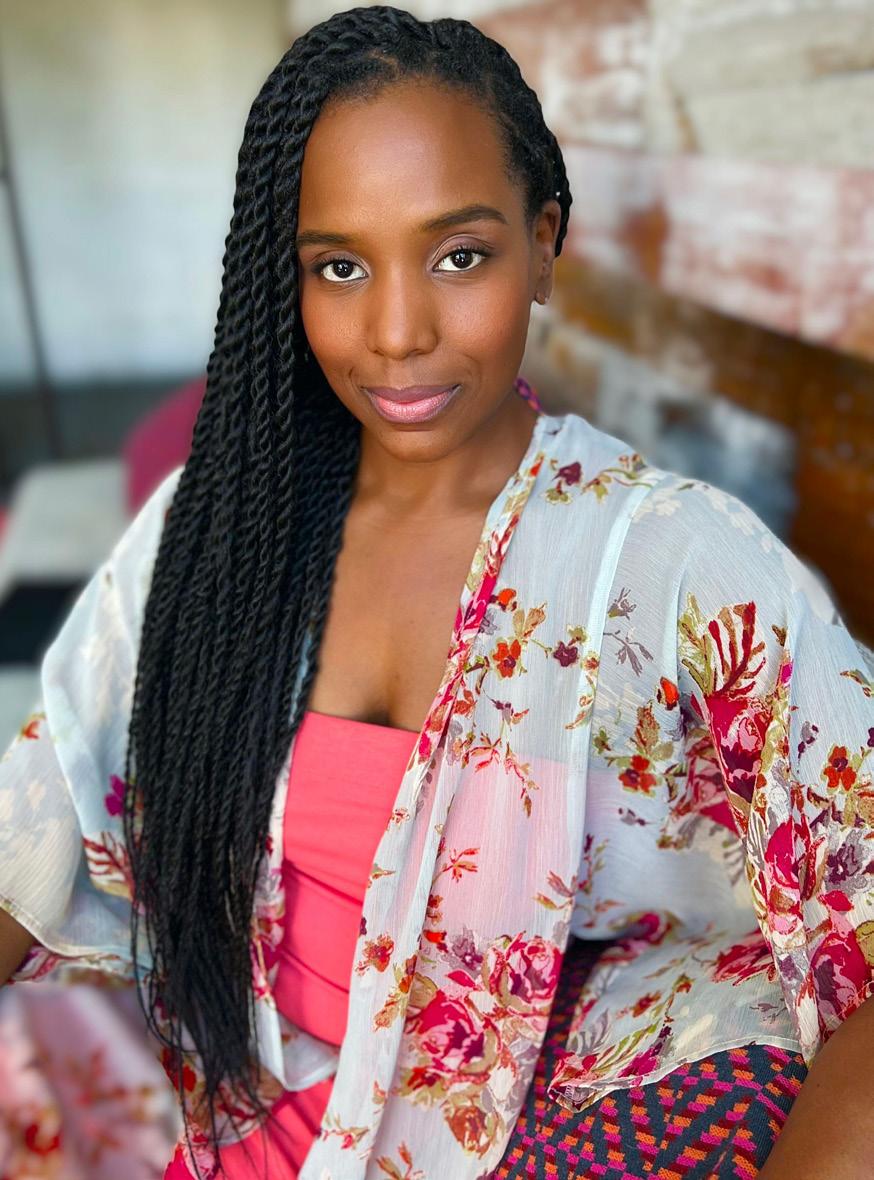
CONNECT . MOTIVATE . INSPIRE .
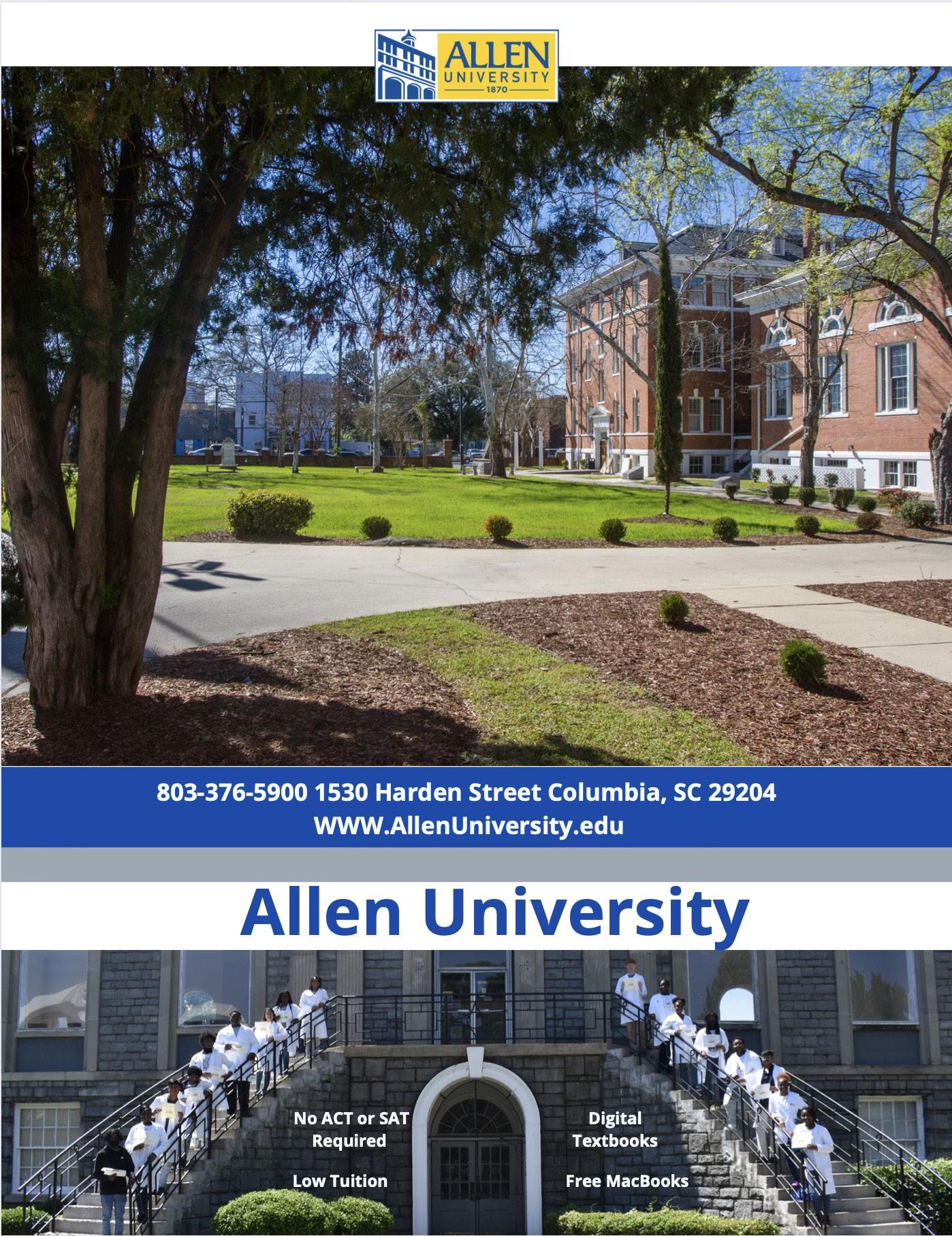
ALLEN UNIVERSITY:
The M c nealey Era of excellence
BY PRINCESS B. GADSON
Dr. Ernest McNealey, 30th president of Allen University, is on an unstoppable mission, taking the institution to higher heights.
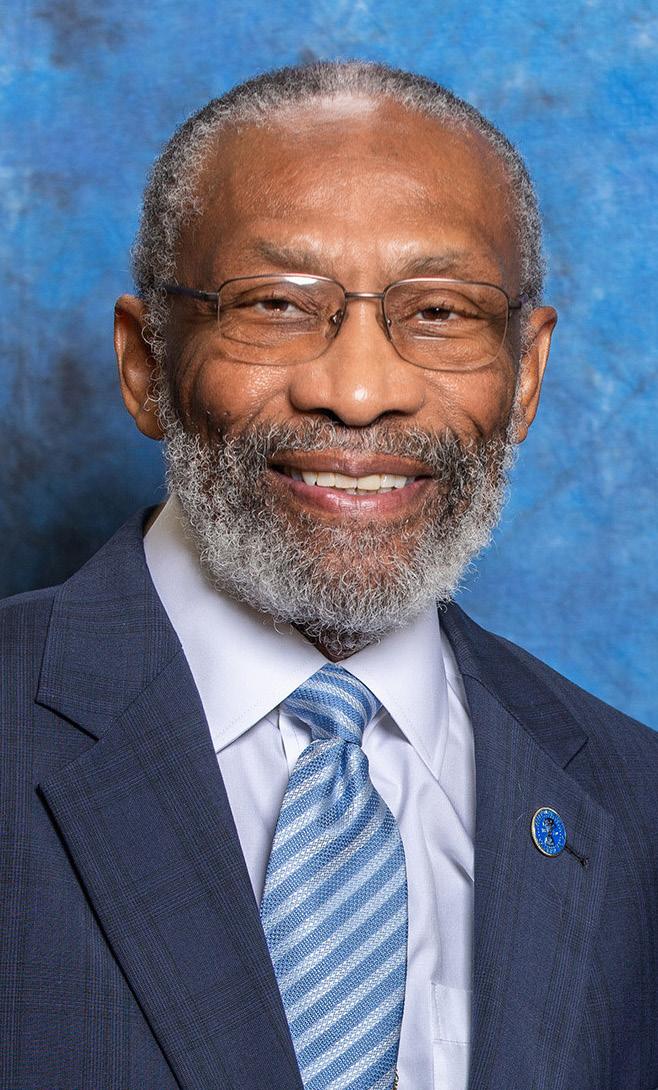
Allen University is a small, faith-based HBCU located in Columbia, South Carolina, where its financial impact exceeds $30 million per year. According to the university’s website, the institution’s largest areas of study are business, social sciences, and biology.

McNealey is an alum of Alabama State University. The Headland, Alabama native obtained a master’s degree from Indiana University and a doctorate degree from Ohio State University.
In the fall of 2016, Dr. McNealey took on the role as the university’s interim president. He accepted the position as the university’s president in 2017.
“My invitation to Allen was extended to address clear and present challenges with accreditation and federal financial aid. Once completed successfully, the plan was that I would depart,” McNealey explained.
He says his initial thoughts were analytical and strategic, without a vision for what may come next for the institution.
“Subsequently, once an agreement was reached to become the 30th president, the evolving vision for the institution was that it / she would become financially stable, technologically sophisticated, and self-reliant,” he continued.
McNealey’s notable accomplishments during his tenure at Allen University include:
•The university achieved successive years of a 3.0 on the federal financial responsibility index
•Launch of the graduate Dickerson Green Theological Seminary
•$1.5 million dollar gift from the South Carolina Institutes of Innovation and Information (SCIII) to launch the Boeing Institute of Civility at Allen University
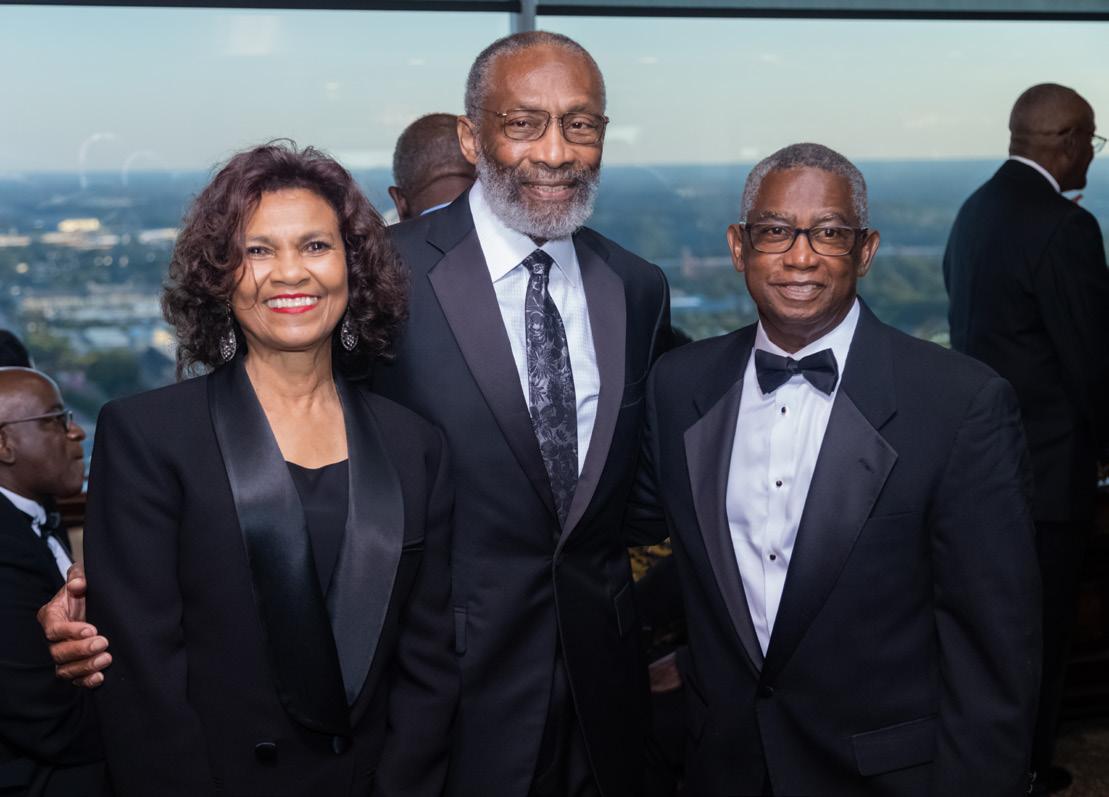
•174% growth in net assets
•Implementation of the full Jenzabar Enterprise Resource Planning (ERP) in 8 months, which is a student information system that enables higher institutions to become more responsive to the demanding needs of a new student
•Planned and executed the launch of a marching band and intercollegiate football team in 9 months
•Implemented the use of Apple technology throughout the university’s entire campus
•Achieved and maintained good standing with all regulatory and governmental entities
McNealey’s plans for the betterment of Allen University don’t stop there.
“In the short term, the university intends to gain approval to move from Level 3 to Level 4 to offer its first doctoral program, and to develop and build an athletic complex to support its growing sports inventory,” he said.
McNealey’s long-term vision for Allen University entails sustaining enterprises that reduce the institution’s dependence on student-generated revenue and making a substantial and leading contribution to bringing light into the broadband darkness.
“I will be most proud of the next institutional success that exceeds general expectations, as well as the significant cultural change that allows the university to achieve all that can be imagined,” he said.

“The opportunity to serve in a meaningful way while crushing the notion of inherent limitations makes the
work at Allen rewarding,” he continued. Attending an HBCU instilled “supreme confidence in being able to do whatever came next” in Dr. McNealey.
“[Attending an HBCU] affords traditional-aged young adults the opportunity to develop and understand themselves and the concept of otherness. HBCUs are unique in that the notion of difference is not modeled as good, better, or worse – simply other. I am a beneficiary of such an experience,” he shared.
McNealey’s HBCU experience taught him a valuable lesson that he still applies to his life today.
“When difficult things are pursued that have the potential to bring success and happiness - doing so with an awareness that the community might also benefit makes the struggle more worthwhile,” he said.
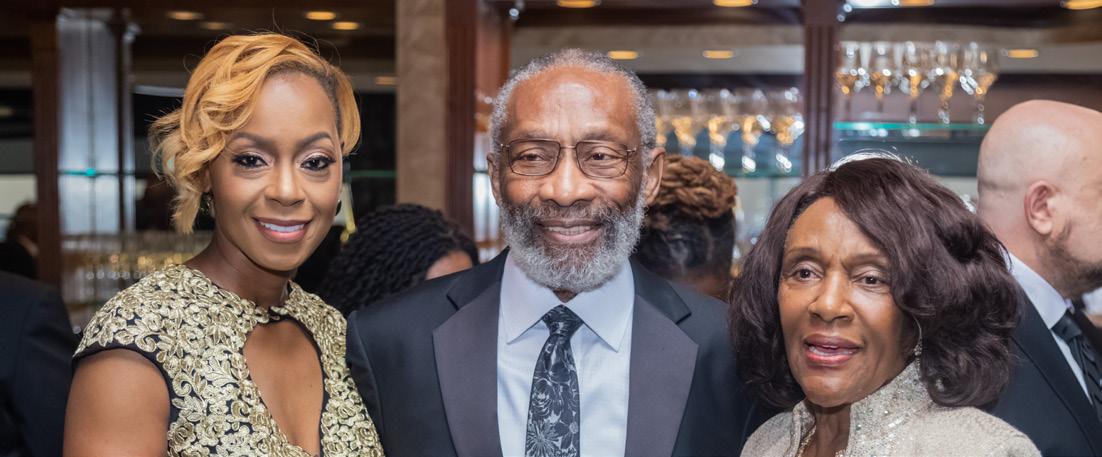
39 | HBCU TIMES WINTER ISSUE 2023
rolonda watts: transcendent icon
BY KEITH HARRISTON
Google “famous Spelman College alumnae,” and a few handfuls of names appear in every list. Among those who appear on every list is iconic entertainer Rolonda Watts, who graduated from the Atlanta college in 1980.
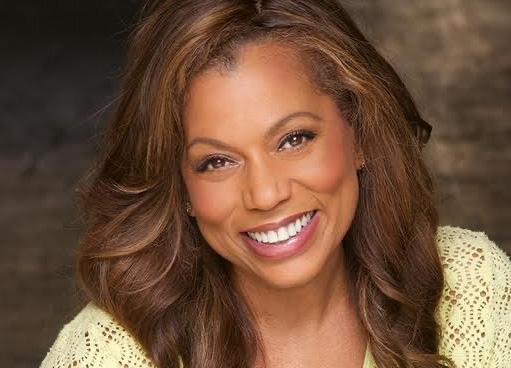
She’s an award-winning journalist. She’s a ground-breaking talk show host.
She’s a CEO of a production company. She’s a TV actor. She’s a film actor. She’s an author.
She’s a sought after voice over artist. She’s a voice over teacher. She’s a stand-up comedian. And she’s a theater actor.
“The reinventionist, that’s what people call me, hopefully adoringly so,” Watts said. “You have to keep moving forward.”
And Watts has been moving forward even before she ended up at Spelman, while being raised in Winston Salem, N.C., largely because of her parents and extended family. Her father, Roland Watts, was a creative and chair of the
Fine Arts Department at Winston-Salem State University. Her mother, Velma Gibson Watts, was an associate dean at Wake Forest University.
“I was speaking in full sentences at 11 months and reading at three years old,” Watts said. “My father always encouraged my creativity. I was always very curious and loved stories. I would tell so many stories as a kid, my father would give me a tape recorder and a microphone and tell me, ‘Go in your room and tell the story to the microphone and the tape recorder, make up all the characters, give me the sound effects, and then come and play it for me and tell me the story that way.’”
“My mother was very, very academic,” Watts said. “I mean, very strict, very academic. You had to excel. If you got a B, she would want to know why wasn’t it an A?”
With both parents as educators, it is no surprise about Watt’s academic successes. (She finished Spelman in three years.) But her family also had a significant history in North Carolina.
Her grandparents were among those who developed the first ocean front beach that allowed Blacks in the state, in Ocean City on Topsail Island where Blacks could own homes and simply enjoy the beach without harassment. That was in the late 1940s.
“My parents were integrationists, and I was the guinea pig,” Watts said. “My parents were big about me integrating everything in Winston-Salem. So, I was the only Black in my kindergarten class. I was the only Black in my high school. We were the only Blacks or family in my neighborhood. My college prep high school, Salem Academy, I was the only Black there for four years, but I made tremendous, strong friendships there. And I had teachers who recognized that I had an extraordinary amount of energy and curiosity. They weren’t quite sure what I was going to do with all of that, but they really helped me excel in theater arts.”
Her parents, though, were more certain as time for college approached. “My mother and father were like, ‘You got to be around some Black people, so you’re going to Spelman.’ And so, I went from an all-white situation to an all-Black situation at Spelman.”
40 | HBCU TIMES WINTER ISSUE 2023 CONNECT . MOTIVATE . INSPIRE .
At Spelman, Watts majored in theater arts and English and minored in communications. It was here in the Atlanta University Center (AUC) that she solidified her long-held beliefs that acting was her calling. She established life-long friendships with other creatives like Spike Lee, who was at Morehouse College during her matriculation at Spelman.
“I think the main thing at Spelman was that I got a superb education,” Watts said. “And it was really important to my parents that I go to an HBCU. Their thing was that you will always have an opportunity to be around white folks. For you to be around Black folks who are just as prominent as you are, just as smart and smarter and prettier, you need to be around those folk. So that’s why they sent me to Spelman.”
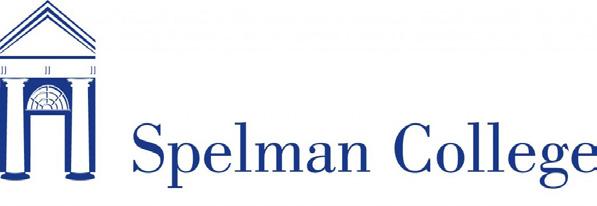
There were also faculty at Spelman who helped to solidify Watts’s foundation, like the late Millicent Jordan in the English Department and the late Baldwin Burroughs in the Theater and Performance Department, as well as Christine King Farris, the daughter of Martin Luther King Jr.
“I immediately think of Ms. Jordan,” Watts said. “I tried to fake in her class that I had read Ralph Ellison’s ‘Invisible Man.’ While I was taking her class, I was the editor of the Spelman Spotlight. I was cast in a lead role in the play ‘Guys and Dolls.’ I was dating the special assistant to the Atlanta mayor. And I was supposed to do an oral report on ‘Invisible Man,’ but fell asleep the night before the presentation and only read the first chapter. So, I’m standing up there in front of Ms. Jordan’s English class, and I said, ‘But this book, I tell you, Ralph Ellison used his imagery and
metaphors, but I think he did the best in the first chapter.
“And Ms. Jordan said, Did you read the book? Now I know you read the first chapter, but did you read the book? I’m going to give you a D, so you’ll always remember this.”
“And she didn’t stop with that,” Watts still remembers.
“She said ‘How dare you cheat Ralph Ellison. Here is a man who had to be invisible so that one day you could be seen.’ And I look at where I’ve been.
I’m on television almost every day for 40 years whether you hear my voice or see my face because of the Ralph Ellisons of the world. So yeah, I learned a harsh lesson from Millicent Jordan. Never cheat yourself. Do your best. Christine Farris was very good, too. She helped me learn to speed read. And I loved Dr. Baldwin Burroughs who was in the drama department. He was very influential.”
Watts met Spike Lee during her third year at Spelman. She had been cast in a lead role in the Theater and Performance Department’s production of the musical “Guys and Dolls.” Lee, a proud native New Yorker, thought Watts’ accent in the play was authentic and reached out to her because he

thought she, too, was a New Yorker.
“Spike was running around the AUC in his shorts and sneakers talking with a little camera saying ‘I want to make a movie. I want to make a movie.’ And we, me and Monty Ross, kept saying, you know something, Spike? Shut up and let’s make the damn movie. So, we made this movie, Black College: The Talented Tenth, which later would evolve into ‘School Daze.’ And I was the first person to put Spike on television on my talk show. And he gave me one of my first movie spots in ‘Girl 6.’ So, it all kind of worked out.”
An entertainment chameleon, Watts in fall 2022 did stand-up comedy sets at Carolines on Broadway in New York and at the Saloon in Washington, D.C., had leading roles—nine different characters —in “The Till Trilogy” at the Mosaic Theater in D.C., took over the announcer position for the new Sherri Shepherd daytime talk show and started a regular role in a new cartoon series called “The Invincible Fight Girl” on Cartoon Network and HBO Max.
“There are dreamers and doers,” Watts said. “If you are just dreaming, that’s only sleep.”
CONNECT . MOTIVATE . INSPIRE . 41 | HBCU TIMES WINTER ISSUE 2023
SHANNON MCCLATTIE: NEVER TOO LATE
BY ERICKA BLOUNT DANOIS
Fort Valley State University alum Shannon McClattie doesn’t believe in limitations. At 40 years old, she became a cheerleader for the Carolina Panthers football team; at 50, she started body building.
She accomplished these goals while working full-time as a social worker.
In high school at Fort Valley Junior High in Fort Valley, Georgia, she was a dancing girl in the marching band. As she danced during homecoming, the dancers from Fort Valley State came over to her and complimented her. She told them she had already been accepted to Fort Valley State. They told her about the audition process to become a dancing doll at the university.
She wasted no time and told her mother about it. She and her mother took the three-hour drive to the audition, where 70 girls were auditioning.
After her audition, four captains’ names were called aloud. The fifth name that was called was McClattie’s. She’d made the team at Fort Valley State University before she even graduated from high school.
She had a tight-knit family that included her sister and mother. In her household, dancing was a family affair. They would dance in the living room together. They watched the television show “Soul Train” religiously. As a singleparent household, their mom couldn’t
afford professional dance classes for the girls; but they watched ballet on Georgia public television and would emulate what they saw.
“People asked what dance company we were with, and we were like the House of Barbara [her mom’s name].”

“We put on shows for my mom and my Aunt Frankie,” McClattie remembers. “We would make our own costumes. That was our family time. I fell in love with it. And there was nothing I couldn’t do. Show me something and give me time to pick it up, and I’d show it back to you.”
Dance wasn’t her only passion. She had a dual passion for football which she
42 | HBCU TIMES WINTER ISSUE 2023
watched obsessively since the age of 13. At Fort Valley State, she would meld these two passions as a dancer for the band under the direction of her captain, Lillian Sands, whom she said danced effortlessly.
After graduating with a degree in criminal justice, McClattie struggled to find a job and worked at the shopping mall for a period before landing her first job as a counselor offender rehabilitator at the Coastal Correctional Institution in Savannah, Georgia. There she determined what inmates needed –schooling, substance abuse treatment, or lifestyle coaching.
Two years later,, she applied for a position at Dooly Correctional Institution where she helped to create a therapeutic program. But she was frustrated about what kind of impact she had on inmates.
“I couldn’t measure whether I was doing anything useful for them,” she recalls. “They would leave and commit another crime and come back. A lot of them were institutionalized.”
Regardless, she had some impact and was well liked in every endeavor she chose. As a counselor at Dooly she was responsible for 176 inmates. There she was affectionately nicknamed “Ms. McClassy.”
After leaving Dooly, she moved to
Charlotte, North Carolina, in 1998 and found a social worker position that she was interested in. An added bonus was that the city had a brand-new football team. She hadn’t danced in years but never lost her passion. She heard an ad on the radio talking about auditions for the Carolina Panthers cheerleaders, the Tomcats.
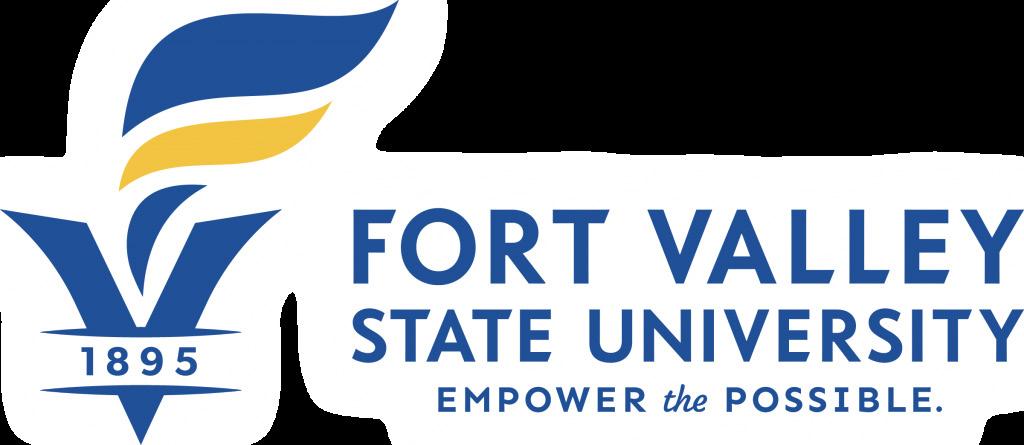
She started her job as a social worker in February and auditioned for the Panthers in March.
Three hundred girls showed up to the audition. She called her mother who asked if she didn’t think she was too old to try out at 29 years old. She said, “Absolutely not.”
She went on to dance for the team for 11 years, including for Super Bowl XXXVIII where the infamous incident with Janet Jackson and Justin Timberlake occurred.
“I haven’t danced or smiled so hard,”
McClattie remembered about having the opportunity to dance at the Super Bowl. “We were there for the pre-game. Aerosmith walked past us; Beyonce sang the national anthem. I cried.”
Soon after, McClattie was named Tomcat of the Year and was selected to represent the Panthers in the Pro Bowl in Hawaii. She would be the the longest running cheerleader for the Panthers before she retired in 2009.
After her retirement, she couldn’t stay away from dancing or football for long.
She returned taking a position as an assistant choreographer. She choreographed Super Bowl 50.
In 2018, a tragedy would change her life trajectory. She and her mom were best friends constantly traveling and doing activities together. A day after her birthday, her mother had a massive heart attack at McClattie’s house.
CONNECT . MOTIVATE . INSPIRE . 43 | HBCU TIMES WINTER ISSUE 2023
“FORT VALLEY EMPOWERED ME TO NOT BE AFRAID OF ANYTHING OR ANYONE.”
She performed CPR on her until the paramedics came. Her mother survived and recovered in rehab.
McClattie stayed with her overnight, while her sister cared for their mom during the day. Their mother left rehab right before Christmas, and the family resumed their normal activities – traveling to New Orleans, Fort Lauderdale and to Washington, D.C. to see the Smithsonian National Museum of African American History and Culture – a request their mom had for her birthday.
“We walked all over D.C. and ate and saw every part of the museum,” McClattie remembered. “Then she started saying she was tired; she didn’t
feel good.”
Her mother passed out. Paramedics came.
“She looked like she saw something, and she died. I didn’t know what to do. I was traumatized,” McClattie remembers.

As McClattie grieved, she gained 20 pounds and became heavier than she’d ever been. She had a gym membership, but she didn’t want to go because she was embarrassed about the way she looked.
One day she woke up and realized her mom wouldn’t want that for her. She joined a small gym, which she later
learned was a body building gym.
In 2023, she aims to become the International Federation of Body Building bikini pro.
Over the course of her life journey, she credits much of her success to attending her close-knit HBCU, Fort Valley State University.
“Fort Valley empowered me to not be afraid of anything or anyone,” said McClattie. “They provided what I needed to be productive anyway. These weren’t students I went to school with. They were family.”
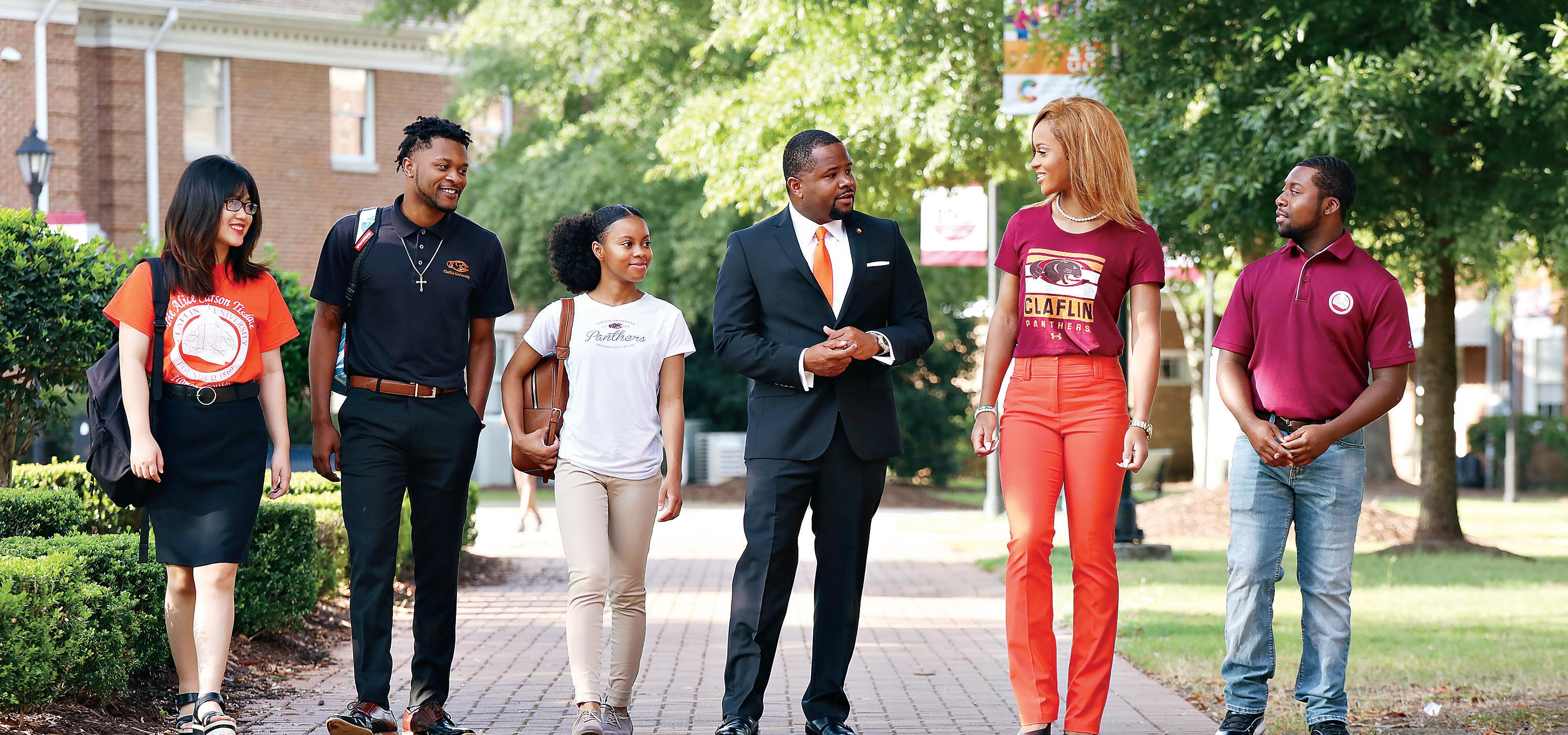
44 | HBCU TIMES WINTER ISSUE 2023 CONNECT . MOTIVATE . INSPIRE .
18 95
BACHELOR’S DEGREES
MAJOR DEGREE
MASTER’S DEGREES
MAJOR DEGREE
B.A. Art Education B.A. Biochemistry B.S. Bioinformatics B.S. Biology B.S. Biotechnology B.S. Business Administration (concentrations in Accounting B.S. and Finance)
African and African American Studies
Chemistry B.S. Computer Engineering B.S. Computer Science B.S. Criminal Justice B.A. Cybersecurity (2024) B.S. Digital Design B.A. Early Childhood Education B.S. Early Education Administration B.S. Elementary Education B.S. English B.A. English Education B.A. Environmental Science B.S. History B.A. Human Performance and Recreation B.S. Management B.S. Management Information Science B.S. Marketing B.S. Mass Communications B.A. Mathematics B.S. Mathematics Education B.S. Middle Level Education B.S. Music B.A. Music Education B.A. Philosophy and Religion B.A. Political Science B.A. Psychology B.A. Sociology B.A. Spanish B.A. Sport Management B.A. Studio Art B.A.
Biotechnology M.S. Biotechnology (Climate Change) M.S.
Business Administration MBA Criminal Justice M.S. Curriculum and Instruction M.Ed. Cybersecurity (2024) M.S. Nursing M.S.N.
PROFESSIONAL AND CONTINUING STUDIES (Orangeburg and Ft. Jackson/Columbia Campus)

Criminal Justice B.A. Organizational Management B.S. Psychology B.A.
ONLINE DEGREES
Business Administration MBA Criminal Justice B.A. and M.S. Curriculum and Instruction M.Ed. Nursing B.S.N. and M.S.N. Organizational Management B.S. Psychology B.A.
DUAL-DEGREE PROGRAMS
• Engineering (3+2 with Clemson University)
• Engineering Technology (3+2 with South Carolina State University)
• Biology/Public Health (4+1 with University of South Carolina)
• Medical Laboratory Sciences Associates Degree Biotechnology (2+2 with Orangeburg Calhoun Technical College)
• Biotechnology Associates Bachelor of Science in Biotechnology (2+2 with Greenville Technical College)
• Biochemistry Doctor of Pharmacy (3+4 with Presbyterian College)
• Biochemistry Doctor of Pharmacy (South Carolina College of Pharmacy i.e. University of South Carolina and Medical University of South Carolina)
• Masters in Mass Communications (4 + 1 with University of South Carolina)
45 | HBCU TIMES WINTER ISSUE 2023 YOUR FUTURE IS BRIGHT AT CLAFLIN UNIVERSITY Our commitment to excellence supports us as being recognized as a leading 21st Century institution of higher education that develops a diverse and inclusive community of globally engaged visionary leaders. OFFERING BACHELOR’S, MASTER’S, AND ONLINE DEGREES 400 Magnolia St | Orangeburg, SC 29115 | (803) 535-5000 | www.claflin.edu Dr. Dwaun J. Warmack, President
Ashleigh Brown-Grier: A Passion for Diversifying Study Abroad
 BY DR. MARYBETH GASMAN
BY DR. MARYBETH GASMAN
Ashleigh Brown-Grier earned a bachelor’s at Talladega College, in Talladega, Alabama; a master’s at Morgan State University in Baltimore, Maryland; and is currently a Ph.D. candidate at Howard University, in Washington, D.C. She knows HBCUs and cares about them deeply, including their legacies and students.
After earning her master’s degree at Morgan State, Ashleigh was awarded a Fulbright Fellowship to teach English in Malaysia. The experience had a profound impact on her life. While in Malaysia, Ashleigh found herself sharing her experiences with the Malaysian students, especially her realization and conceptualization of her Blackness. She even created a “crash course” on the Atlantic Slave Trade and the Civil Rights Movement for her students when she discovered they knew very little about the topics.
Because she understands the impact of international education, Ashleigh wants other HBCU students to be able to enjoy the benefits of the Fulbright experience and to study abroad. A couple years ago, she created Fulbright HBCU, which is a social media platform that encourages
46 | HBCU TIMES WINTER ISSUE 2023 CONNECT . MOTIVATE . INSPIRE .
HBCU students to learn more about the Fulbright program and to consider traveling, working, and learning abroad. In this role, she works with the Fulbright Association as well as the Institute for International Education (IIE) to spread the word – hosting twitter chats, posting opportunities, and engaging around the issue of study abroad.

Ashleigh also founded iHBCUx, Inc., which works with students, as well as study abroad and fellowship advisors from HBCUs. The organization provides “culturally relevant programming sessions and outreach and recruitment.”


Ashleigh’s goal is to connect all HBCUs with international exchange programs so that “every student at every HBCU [is] aware of the international opportunities” available through the federal government. iHBCUx is funded by the Citizen Diplomacy Action Fund, which is sponsored by the U.S. Department of State.
Why is Ashleigh’s work so powerful? Because she is working to diversify study abroad and bring international opportunities to African American students, especially those at HBCUs. Currently, only 5.9% of students who study abroad are African American. And, of more concern, just 3.4% of HBCU students study abroad as undergraduates, compared to 10.4% of students overall. In terms of the Fulbright program that Ashleigh champions, only 5.2% of the students who receive Fulbright awards are African American, and very few are from HBCUs. As mentioned, Ashleigh and those affiliated with the Fulbright program are trying to make major
changes. Why? Because study abroad opportunities are important to African Americans as they open a student’s world view, are linked to higher retention and graduation rates and lead to greater employment opportunities after graduation.
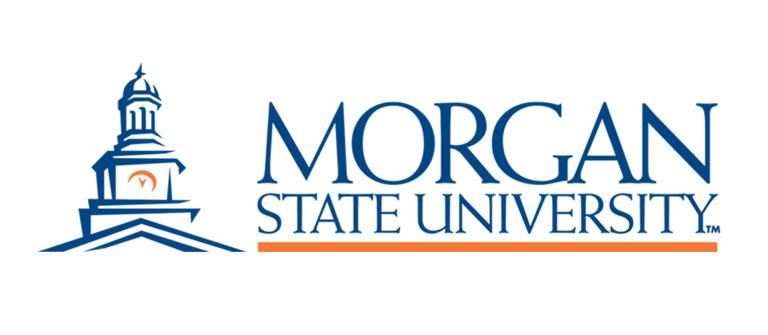
As the recipient of Fulbright awards (she was just awarded one to South Africa in April), Ashleigh joins other prominent HBCU graduates and leaders, including Prairie View A&M University President (and Dillard University graduate) Ruth J. Simmons, and historian John Hope Franklins (Fisk University graduate).
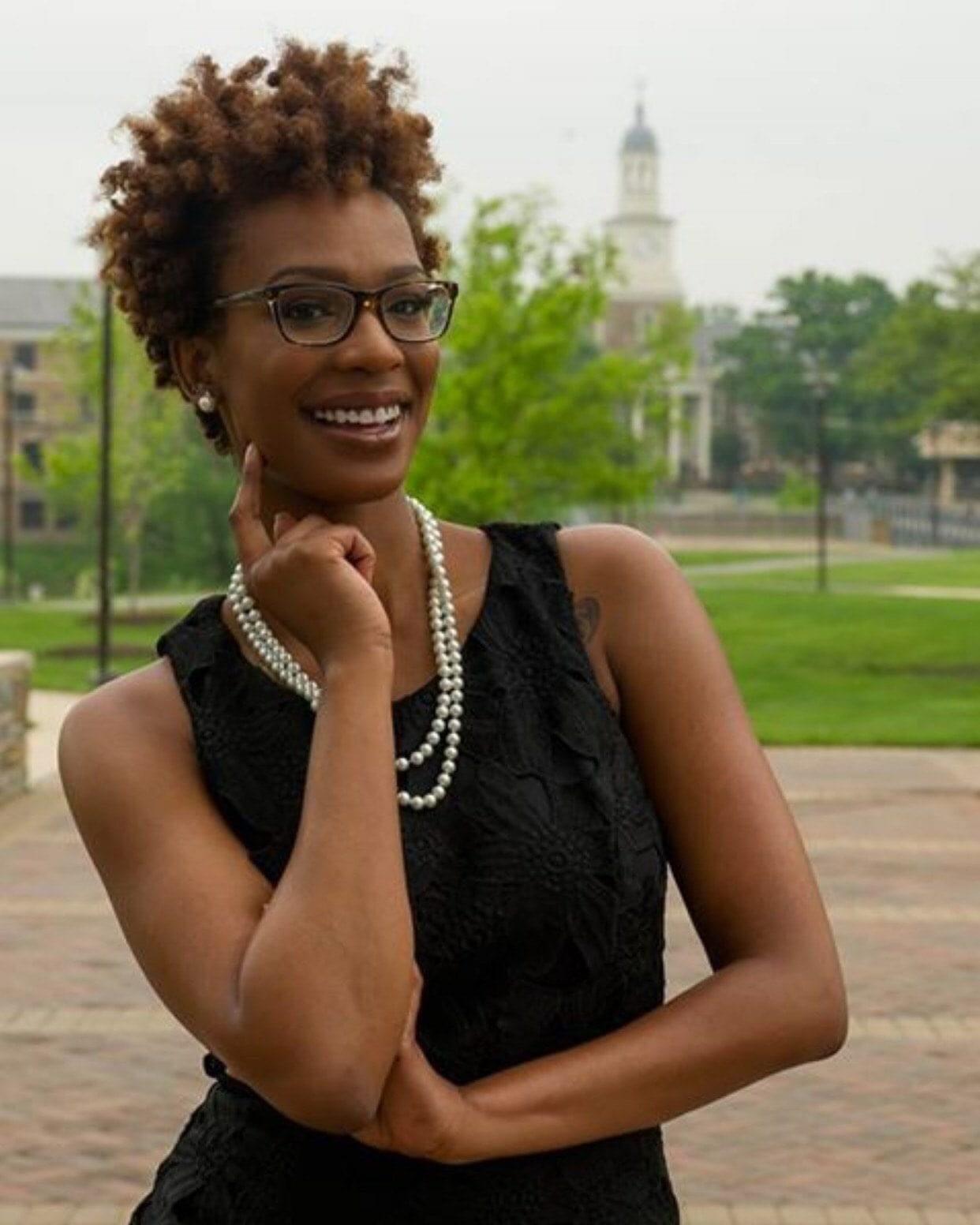
CONNECT . MOTIVATE . INSPIRE . 47 | HBCU TIMES WINTER ISSUE 2023
Dr. Marybeth Gasman is the Executive Director of the Samuel DeWitt Proctor Institute of Leadership, Equity and Justice and Distinguished Professor at Rutgers University.
THE IMPACT OF HBCUS: DR. TANYA BRICE’S PATH TO SUCCESS
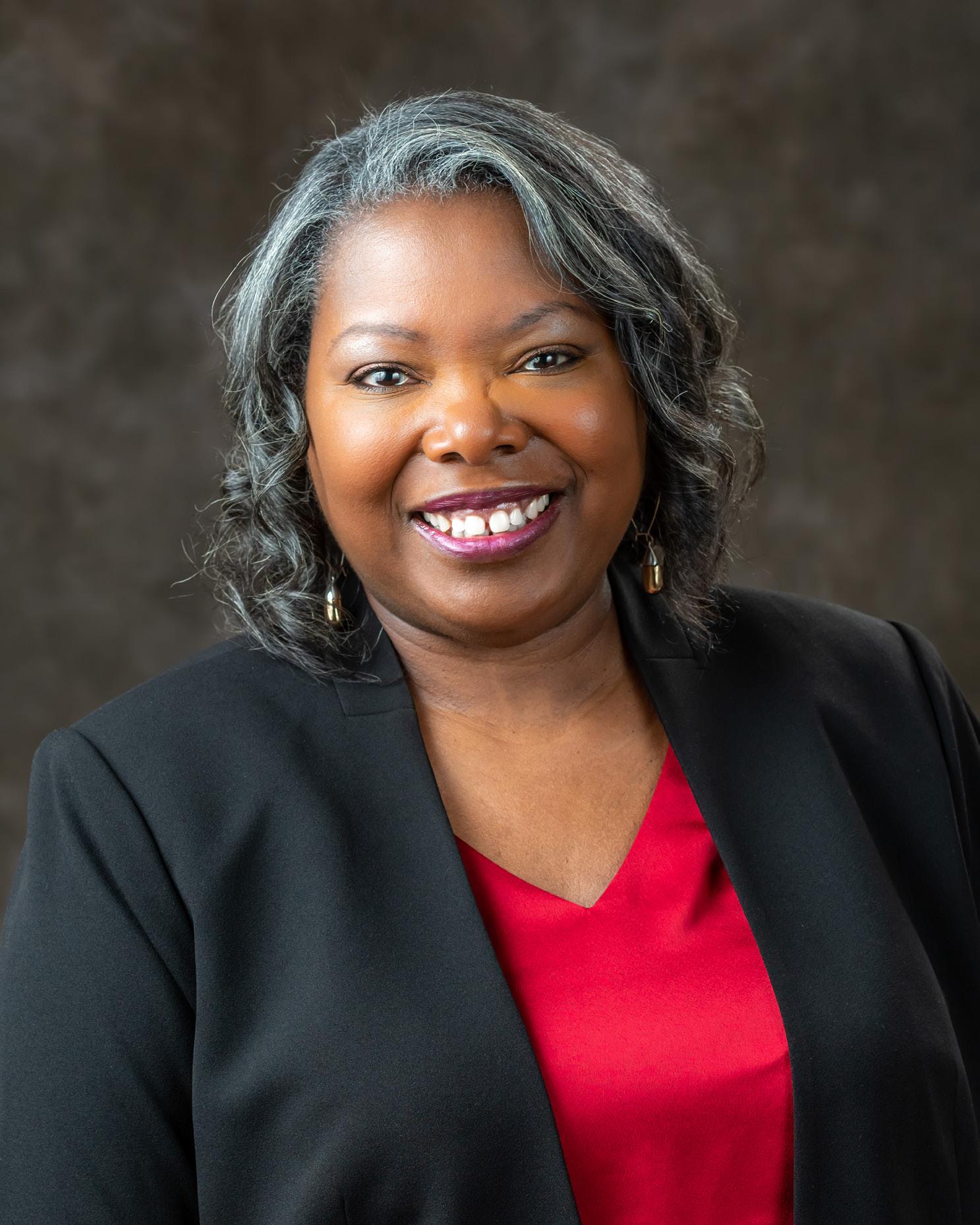 BY DR. MACIE SMITH
BY DR. MACIE SMITH
Social Work is the oldest and fastest growing profession to date, with specially trained licensed professionals in various settings across the country. Although social work has been in operation for more than a century, many do not know the magnitude of social work’s importance in these days and times. Dr. Tanya Smith Brice knows all too well the plight of a social worker, especially in the south. Dr. Smith Brice was born and raised in Greenville, South Carolina, where she was a part of the early cohort of Black students bussed to white schools in a quest for desegregation of public schools. Social work was in her DNA from the very beginning.
Although Dr. Smith Brice graduated from an HBCU, South Carolina State University (SCSU), that is not where her academic journey began. She began her academic career at the University of South Carolina but realized that the culture of the predominantly white institution did not feed her soul, and she felt that she didn’t have the support she needed for academic success. She experienced trouble deciding on a major, as she toggled between Political Science, Business, and even French. She eventually transferred to SCSU and graduated with honors. Dr. Smith Brice credits SC State University with

48 | HBCU TIMES WINTER ISSUE 2023 CONNECT . MOTIVATE . INSPIRE .
setting her on her professional journey.
Dr. Brice reminisced about all the love, compassion, support, and recognition she received from faculty, staff, and students while attending SCSU. “That’s when I came back to my senses at South Carolina State,” said Smith Brice. She stated her experience at SC State showed her that there is really something special about an HBCU. “I knew that I was getting something different than I had ever experienced.” Dr. Smith Brice stated that having people who knew who she was and who cared for her set her up for success. She graduated with a Bachelor of Social Work from South Carolina State University with the highest GPA in the program.
After receiving her undergraduate degree from SCSU, Dr. Tanya Smith Brice earned her Master’s of Social Work degree from the University of South Carolina and her Ph.D from the University of North Carolina, Chapel Hill.
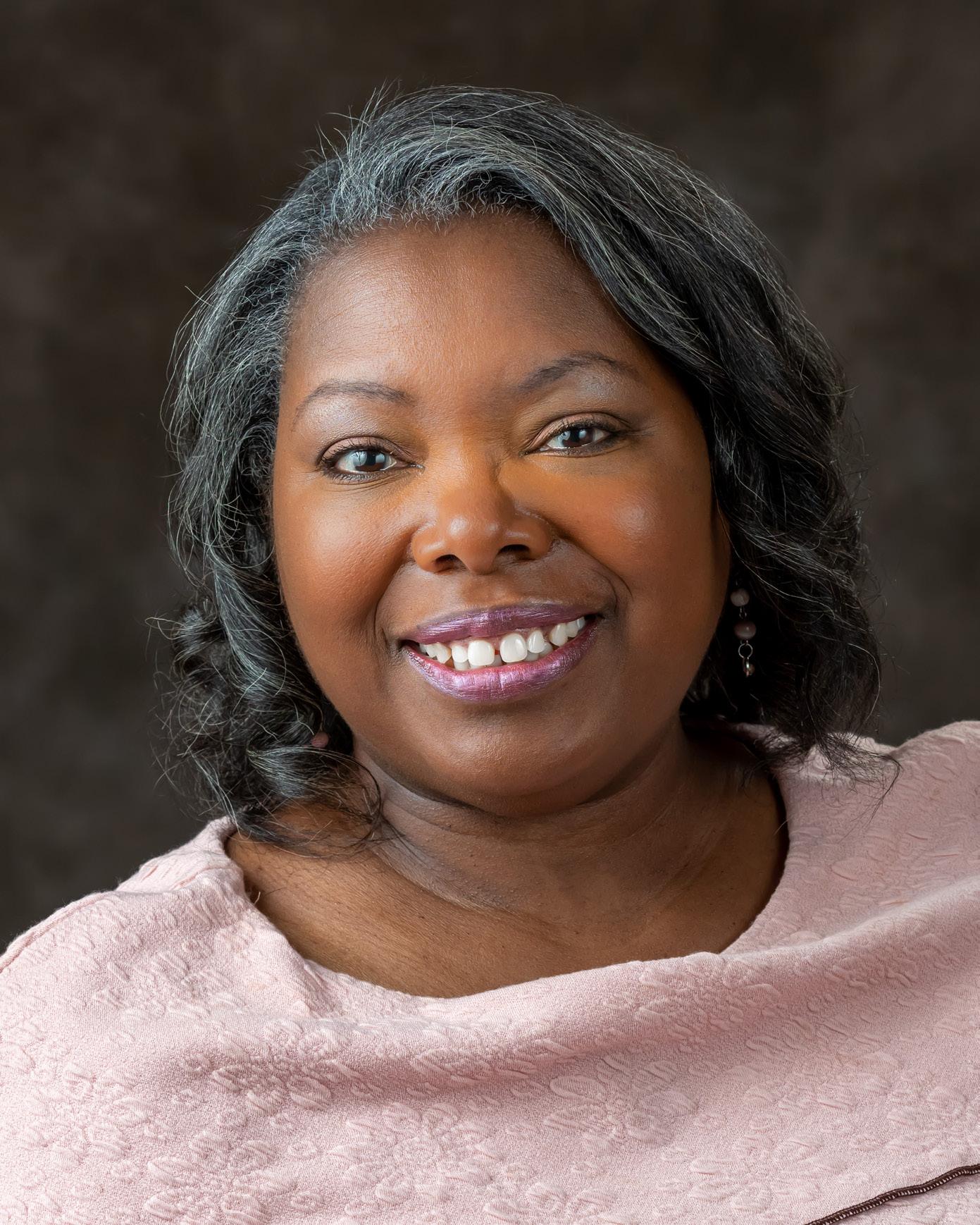
Dr. Smith Brice has served on the faculty of the University of South Carolina, Abilene Christian University (Abilene, TX), and Baylor University (Waco, TX). Dr. Smith Brice developed the MSW program at Abilene Christian
University. She has also served as Dean at Benedict College and Bowie State University.
Dr. Smith Brice credits her HBCU education with catapulting her into her current role as the Vice President of Education for the Council on Social Work Education (CSWE); she is THE chief academic officer for social work education in the United States. Smith Brice stated, “Everything I learned about social work, I learned from South Carolina State.” She went on to say, “I had a level of confidence that other folks didn’t have.” CSWE is the accrediting body for all social work programs. Her portfolio includes faculty and leadership development, centers
and initiatives, grants, research, the Minority Fellows Program, educational policy, and certifying international social work degrees. In other words, if you want to practice social work anywhere in the U.S., you will need to see Dr. Tanya Smith Brice.
Dr. Smith Brice summed up her role as the VP of Education with CSWE by saying that she is tasked with ensuring that people are very clear about who social workers are. She stated that people won’t respect the social work profession until social workers respect the social work profession; and that is what she is commissioned to do.
Based on her experiences along her path from practice, to academia, to administration, Dr. Smith Brice emphatically stated that the only way to combat stereotypical notions about the “inferiority” of HBCU graduates is through excellence; and she is certainly putting her excellence into action, and we are very proud of her for doing just that.
CONNECT . MOTIVATE . INSPIRE . 49 | HBCU TIMES WINTER ISSUE 2023
POWER ALUMNI FEATURE TANGELA M. BARRIE
On December 2, 2008, the citizens of DeKalb County elected then 35-year-old, Tangela M. Barrie, to the Superior Court of DeKalb County. Judge Barrie is the youngest Superior Court Judge elected to the circuit. In her capacity as a Superior Court Judge, she handles felony cases ranging from theft to murder. Her civil case load includes adoptions, divorces, and various other civil matters.
Prior to taking the bench, Judge Barrie was assigned to the DeKalb County District Attorney’s Office Domestic Violence/Sexual Assault Unit. She worked vigorously advocating for the safety of women and other victims. In recognition of her efforts, in 2006, she was awarded by the DeKalb County District Attorney’s Office the Boundless Commitment to the Community Award. Subsequently, she was selected as the 2007 Prosecuting Attorney of the Year for the successful prosecution of her cases.
With her strong family roots and commitment to community safety, she dedicated herself to educating and empowering the community. She is a devoted advocate for young lawyers and our youth as she offers an active Intern-in-Chamber Program. She is an active member of several service organizations, including Delta Sigma Theta Sorority, Incorporated (Stone Mountain – Lithonia Alumnae Chapter), and the National Council of Negro Women (NCNW- DeKalb Chapter).
Judge Barrie has served on the boards of various professional organizations, including the Wade Walker YMCA of Decatur, Georgia; Charles L. Weltner Family Law Inn of Court (executive board); Georgia Association of Black Women Attorneys (Professional Development Academy); and Gate City Bar - Judicial Section (executive board).
She is, as well, a member of the Georgia Association of Women Lawyers (GAWL), DeKalb Bar Association, DeKalb Lawyers Association, Atlanta Bar Association, and the State Bars of Georgia, Florida, and Texas. In 2019, she was asked to serve on the Board of Overseers, a prestigious honor, for Stetson University College of Law. In 2022, she became President of the Judicial Section of the Atlanta Bar Association.
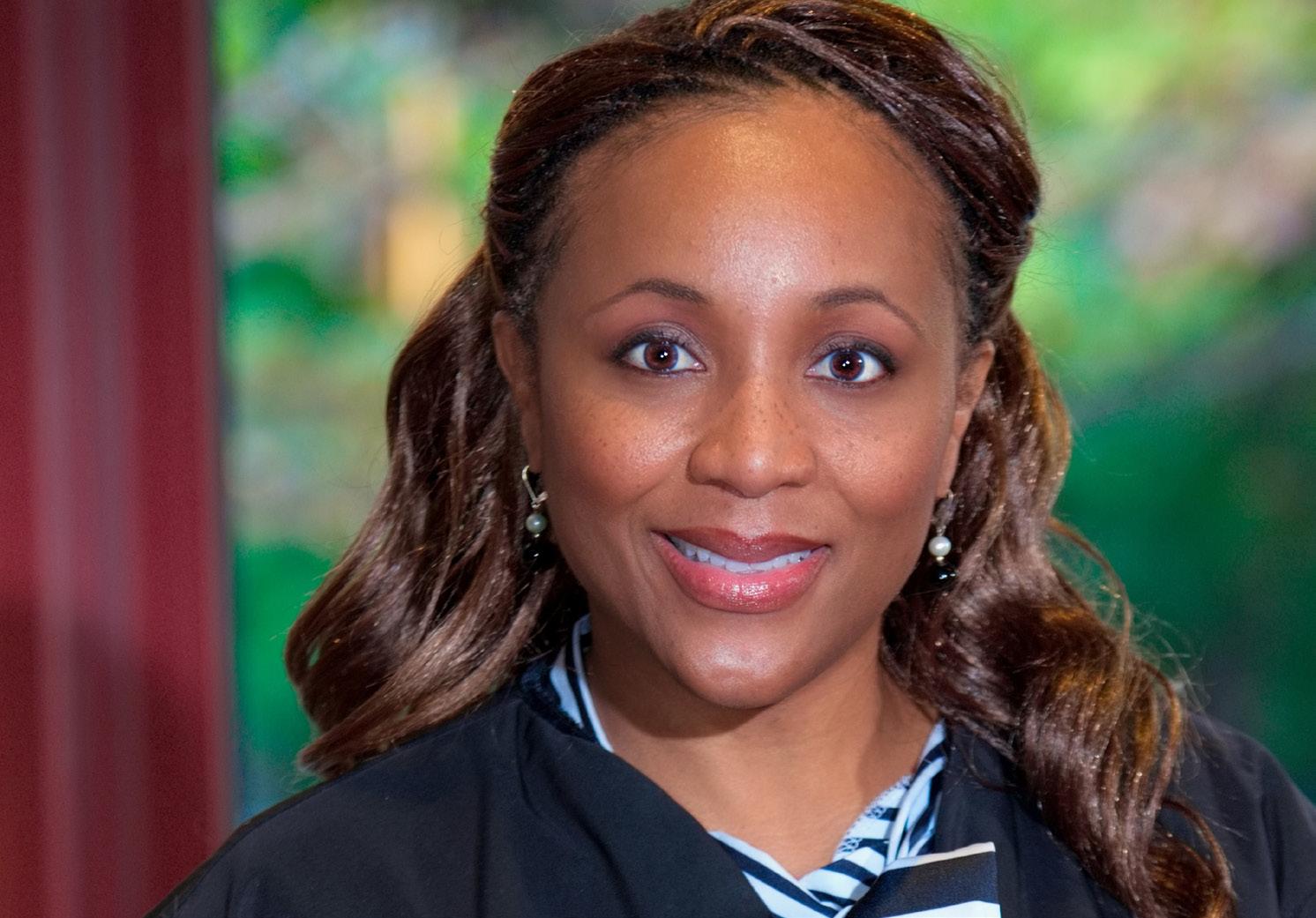
Judge Barrie has received many awards. To name a few, in 2009, Georgia Association of Black Women Attorneys awarded Judge Barrie with the Bensonetta Tipton Lane Award for her tireless dedication to family safety. As well, she was awarded the Safety and Justice Award (2012), HerStory Award (2013), Sinkfield Leadership Award (2013), and The Justice Trailblazer
Award (2015). In 2015, Judge Barrie was named as one of Albany State University’s Top 50 Under 50 Alumnus. Through Delta Sigma Theta Sorority, Inc., she was awarded the DST - Public Policy Change Agent Award (2016) and DST - Pota E. Costen Trailblazer Award (2017). Then, in 2019, she was awarded the Native Trailblazer Award sponsored by the Thomasville Hall of Fame in Thomasville, Georgia. In 2020, she received recognition for coaching a high school team to state rounds in Georgia’s mock trial competition.
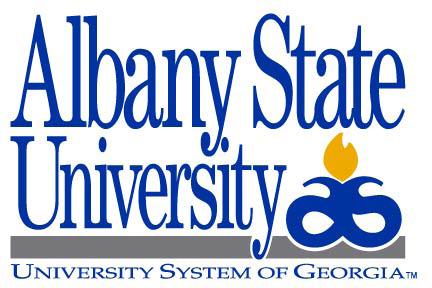
She is most proud, however, for serving, from January 1, 2015 to December of 2016, as Chief Judge for DeKalb County Superior Court and Chief Presiding Judge of DeKalb County’s Accountability Court (also known as Drug Court) in 2017.
Today, she continues to serve DeKalb County as the presiding judge of Division 10 of the Stone Mountain Judicial Circuit. Judge Tangela M. Barrie is a devoted wife to Dr. Mahmoud (Mah – mood) Barrie and the mother of three sons.
50 | HBCU TIMES WINTER ISSUE 2023 CONNECT . MOTIVATE . INSPIRE .
Mr. Dub C. Taylor has served as Vice President for Institutional Advancement at Allen University in Columbia, South Carolina, since August 2019. Before joining Allen University, Taylor held significant leadership roles in the public, private, and nonprofit sectors. He is leveraging that experience to create an exciting opportunity to bring a crosssector approach to cultivating more excellent philanthropic support for Allen University.
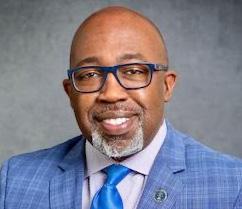
At Allen University, Taylor has collaborated with a variety of stakeholders to craft an ambitious vision focused on several transformational goals, including strengthening the College’s financial resources through new revenue generation; establishing partnerships that benefit both the College and the community; and moving the institution back to the top of national HBCU rankings. Under Taylor’s leadership, revenue has increased at the university in the fiscal years 2020, 2021, and 2022; collectively, these philanthropic investments totaled more than $4.7 million. Additionally, under his administrative oversight is the $11.5 million restoration project for the historic Good Samaritan-Waverly Hospital, which was the only hospital to serve Columbia’s African-American community during the segregation era. The hospital operated from 1952 to 1973. The renovated and the expanded

DUB C.TAYLOR
hospital will house the Boeing Institute On Civility, a national hub for teaching and providing programming aimed at advancing civil discourse in America and across the globe. The hospital will also serve as a permanent memorial for the Emanuel Nine, the nine individuals who tragically lost their lives on June 17, 2015. To date, Taylor has assisted in securing investments from Boeing, Dominion Energy, Blue Cross Blue Shield, Colonial Life, and other national companies for this project for over $3 million dollars.
Mr. Taylor has a deep and authentic commitment to students - particularly first-generation college students from low-income and diverse backgrounds - and has a genuine willingness to support their needs and success. He has also built community academic impact partnerships in urban and rural areas across the state of South Carolina. Likewise, he is highly committed to closing the achievement gap of underrepresented students.
Notably, under Taylor’s leadership, Allen University has signed a memorandum of understandings (MOU) with Florence School District Three, Florence School District One, and Richland School District Two; and Allen is the only higher education institution in the State of South Carolina to implement a districtwide partnership.
Mr. Taylor has served as an online adjunct faculty member at Strayer University, where he has taught undergraduate business courses online and in person to nearly 2,000 students. Similarly, Taylor also served as an online adjunct faculty member at the University of West Alabama, where he taught two graduate-level global entrepreneurship courses. Mr. Taylor has traveled the country serving as a retention specialist for graduate students. Finally, Mr. Taylor has been a highly sought out trainer and speaker in the profession of education.
CONNECT . MOTIVATE . INSPIRE . 51 | HBCU TIMES WINTER ISSUE 2023 POWER
FEATURE
ALUMNI
At the Thurgood Marshall College Fund, we believe anyone striving to be someone should be championed by everyone.
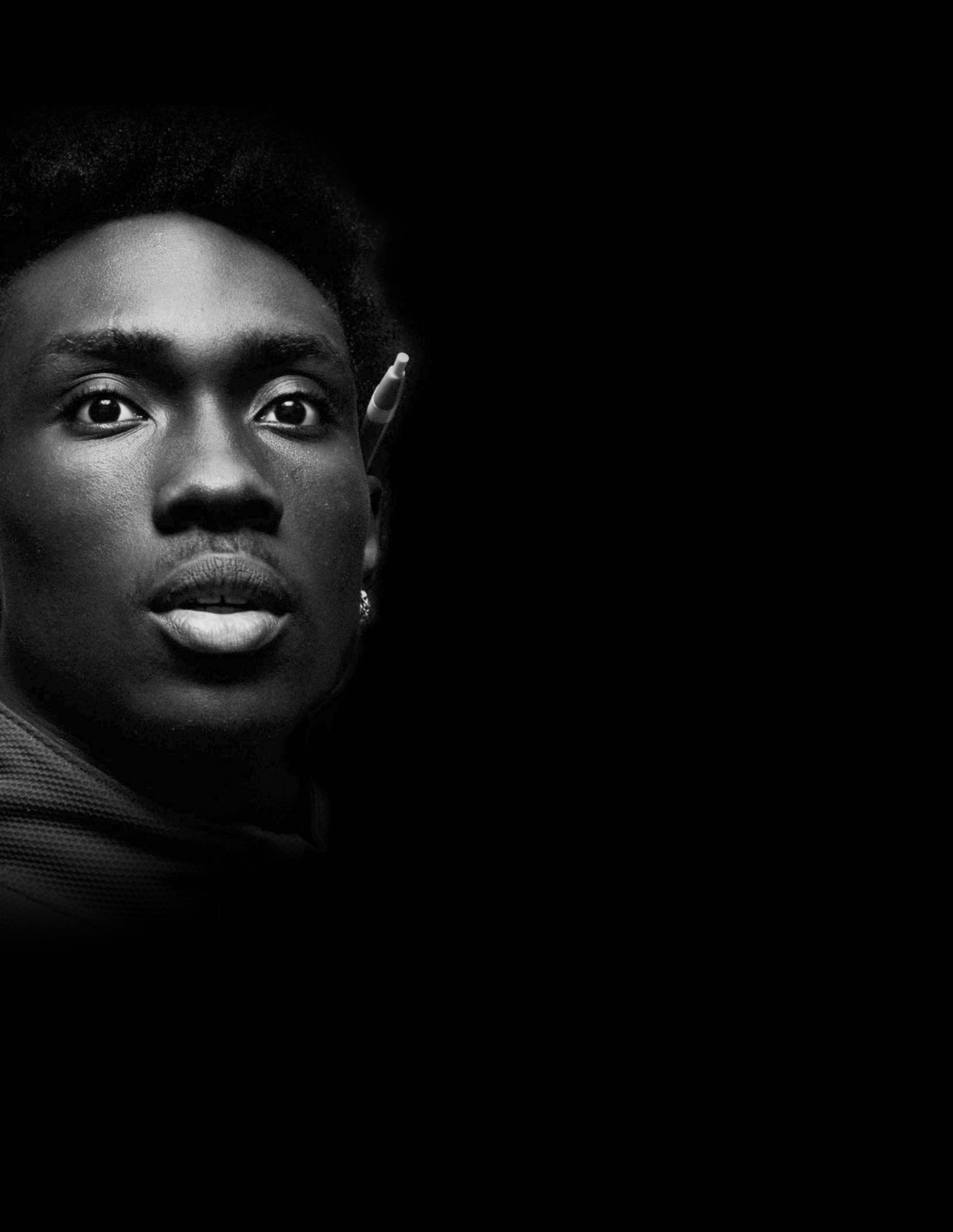
That’s why we provide access to opportunity and economic mobility for HBCU students through scholarships and DEI programs.
Seek your next scholarship and career opportunity at WHOSNEXT.TMCF.ORG
























 BY CRYSTAL A. de GREGORY, PH.D
BY CRYSTAL A. de GREGORY, PH.D





 BY ERICKA BLOUNT DANOIS
BY ERICKA BLOUNT DANOIS












 BY ERICKA BLOUNT DANOIS
BY ERICKA BLOUNT DANOIS




























 BY DR. MARYBETH GASMAN
BY DR. MARYBETH GASMAN




 BY DR. MACIE SMITH
BY DR. MACIE SMITH





